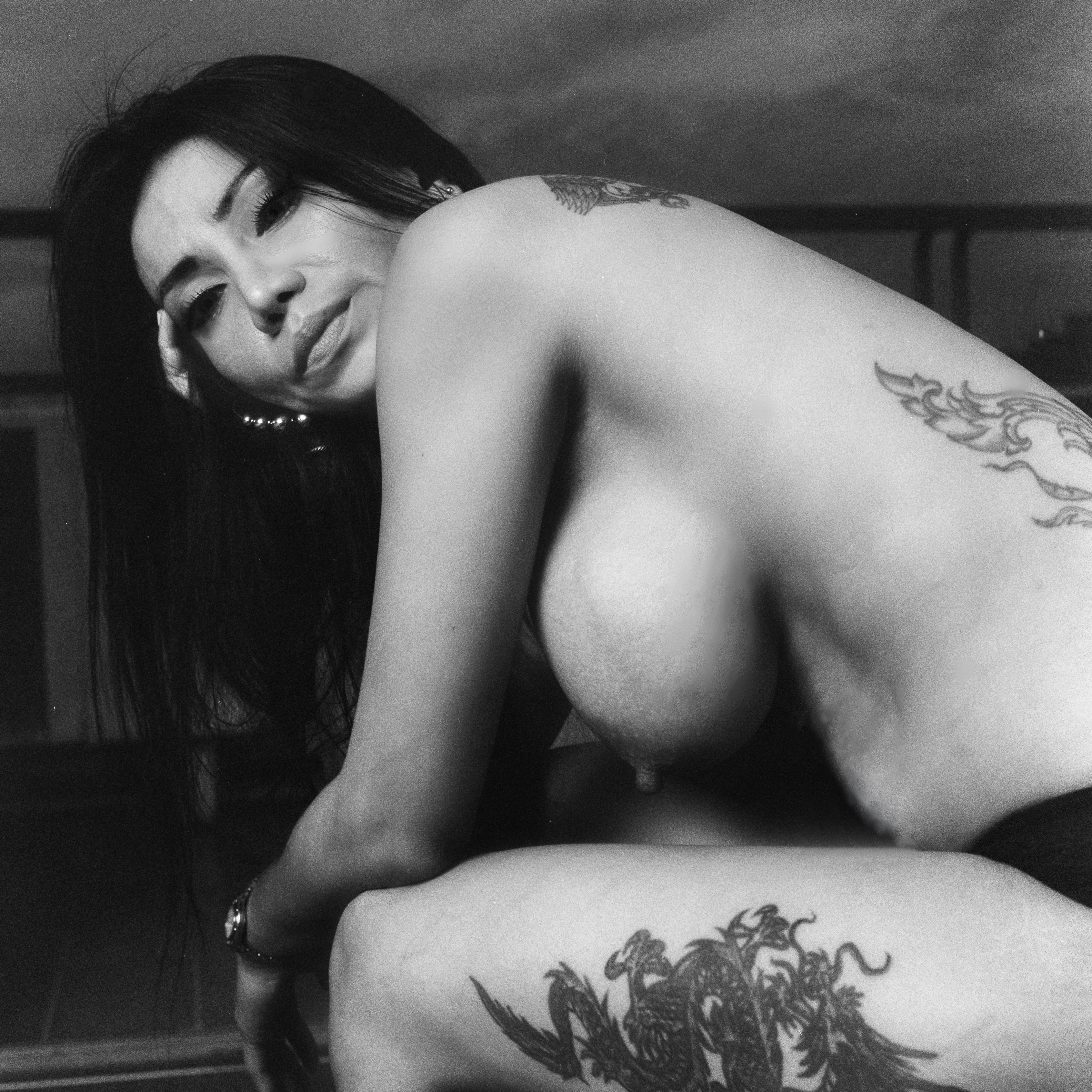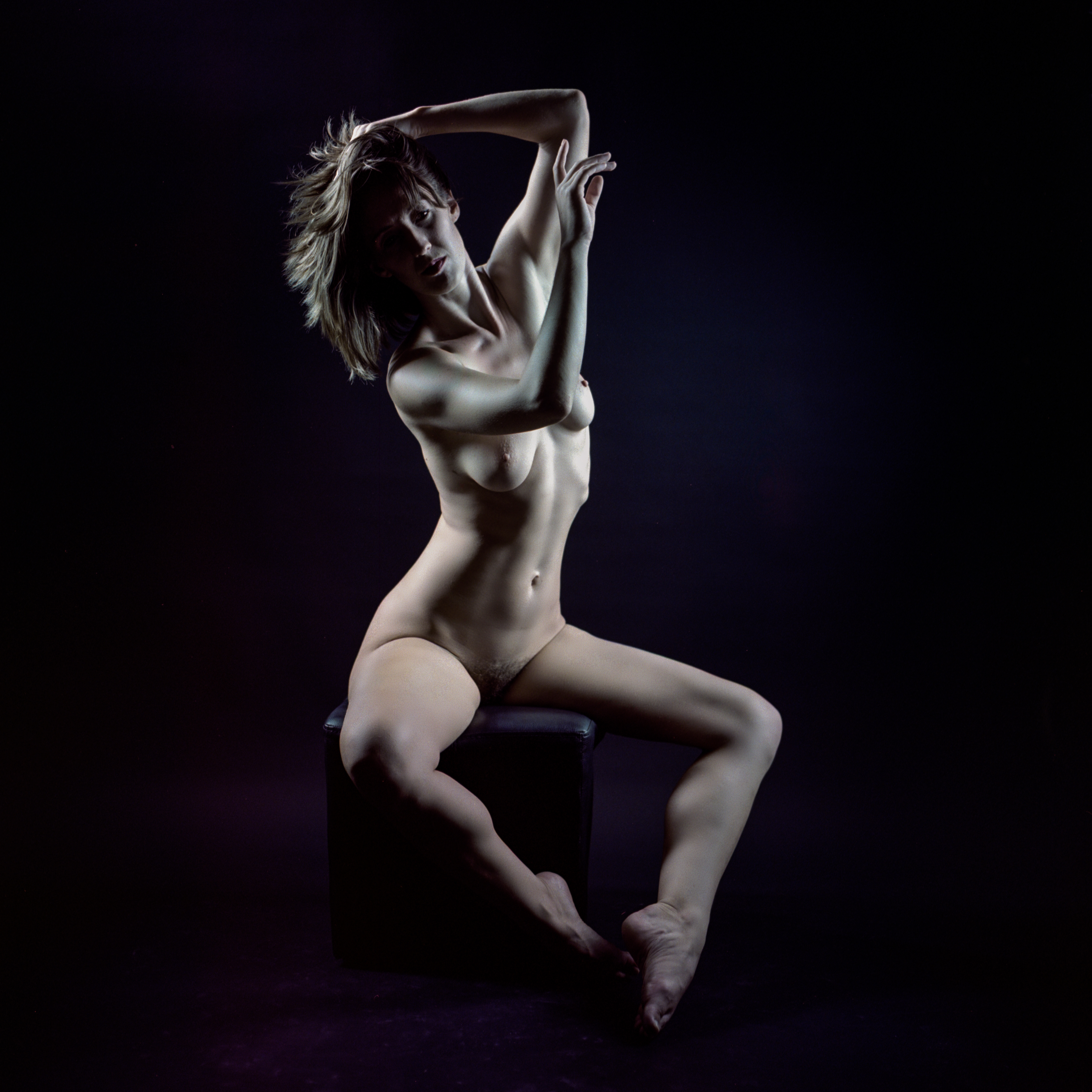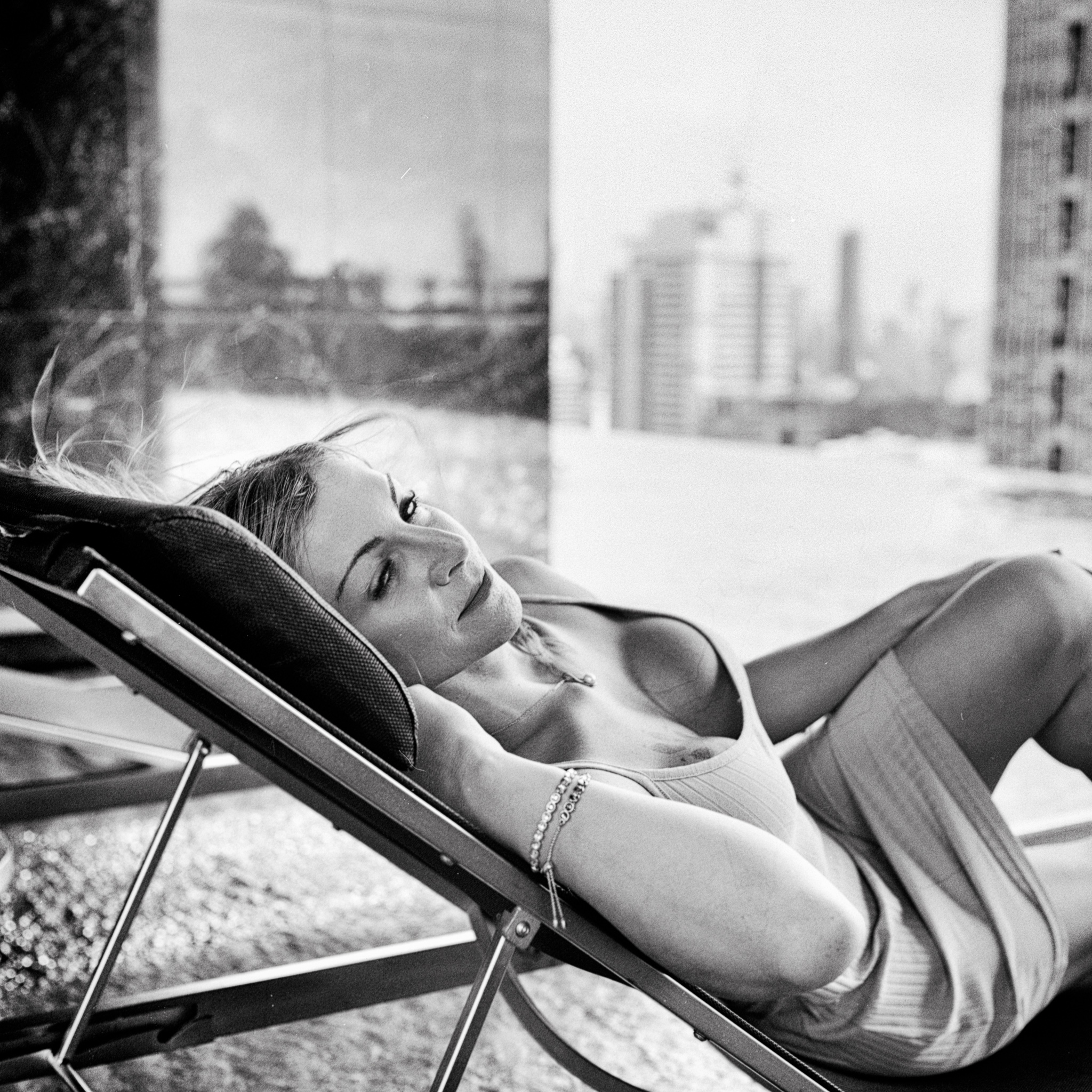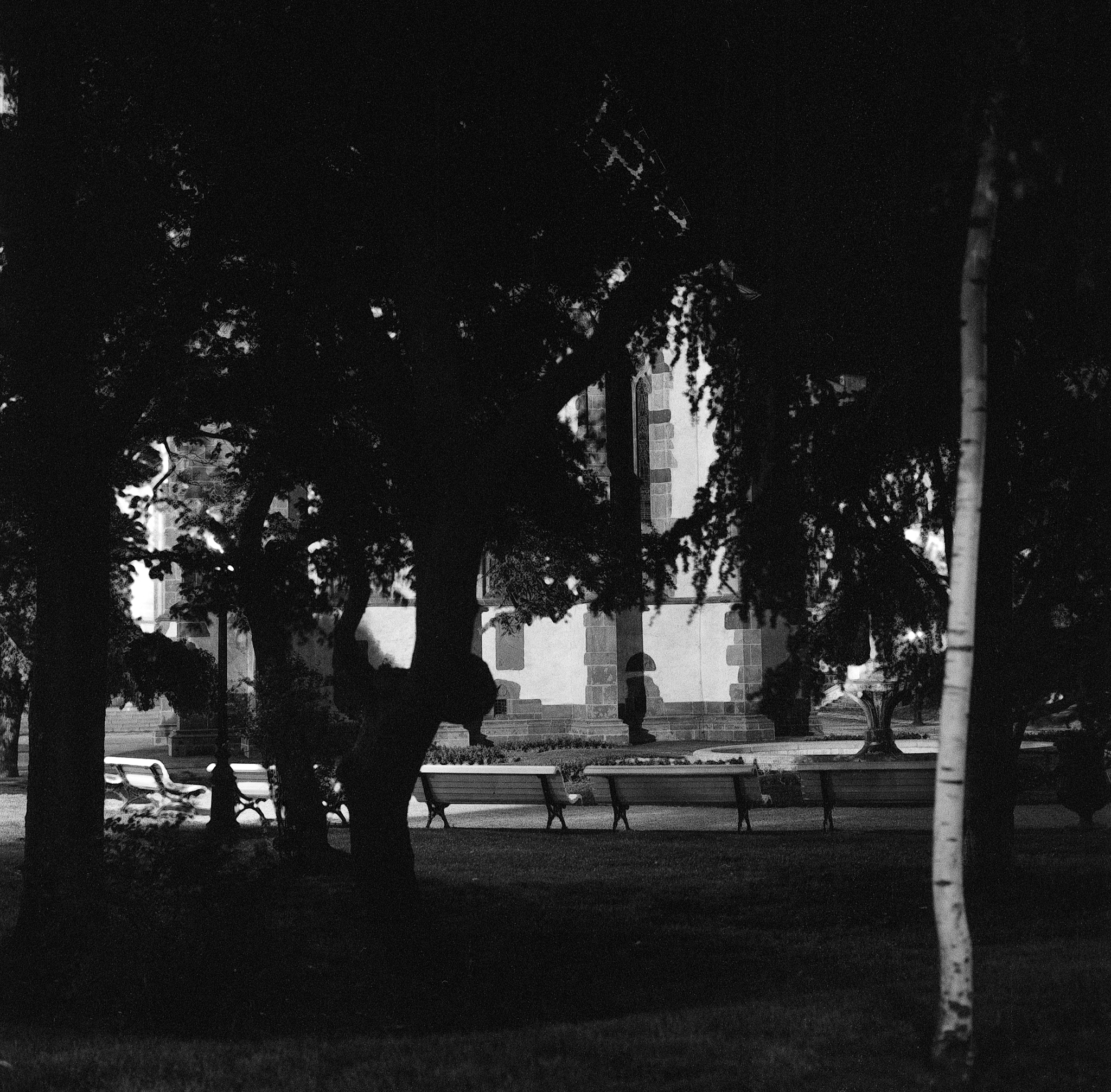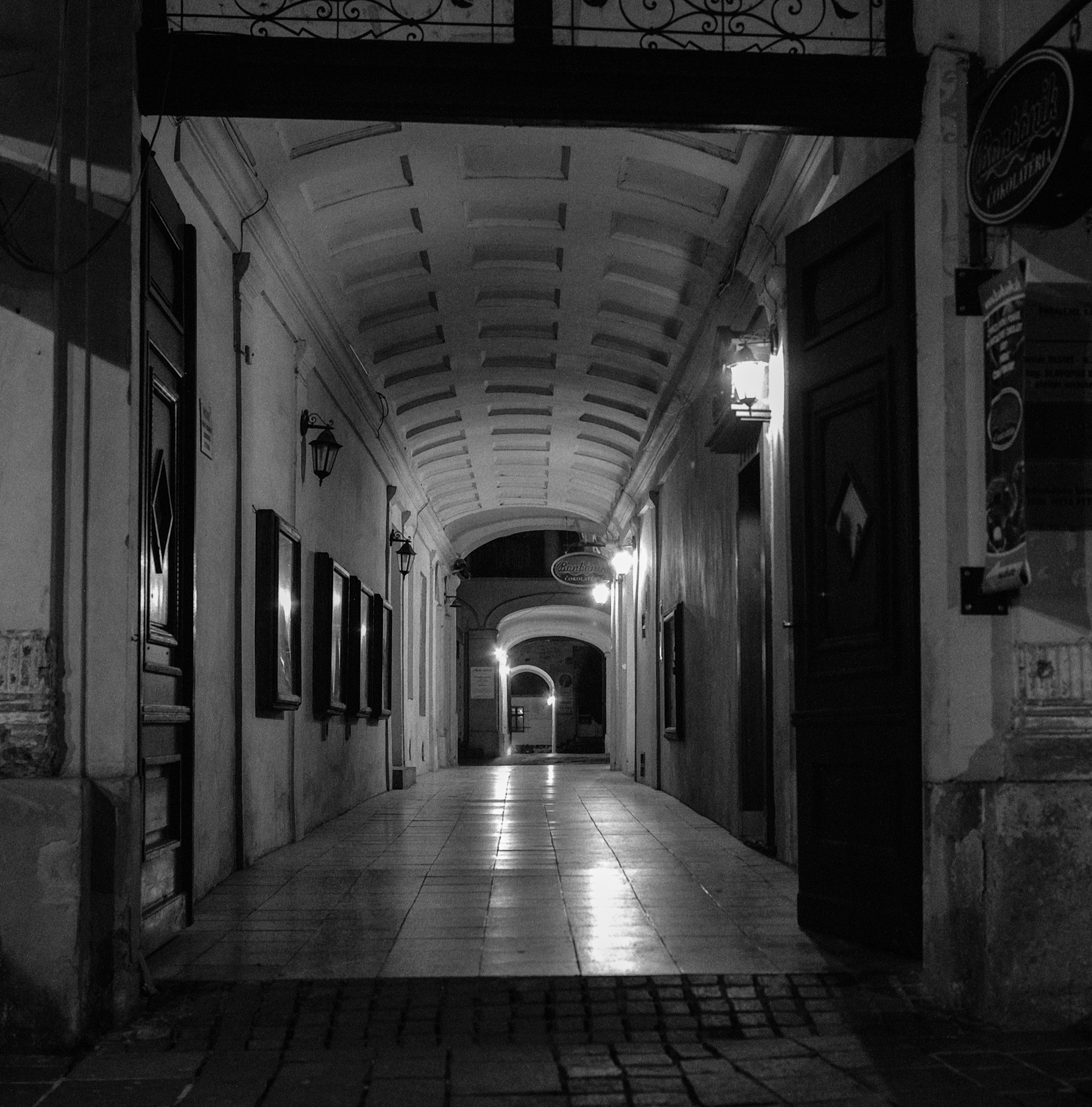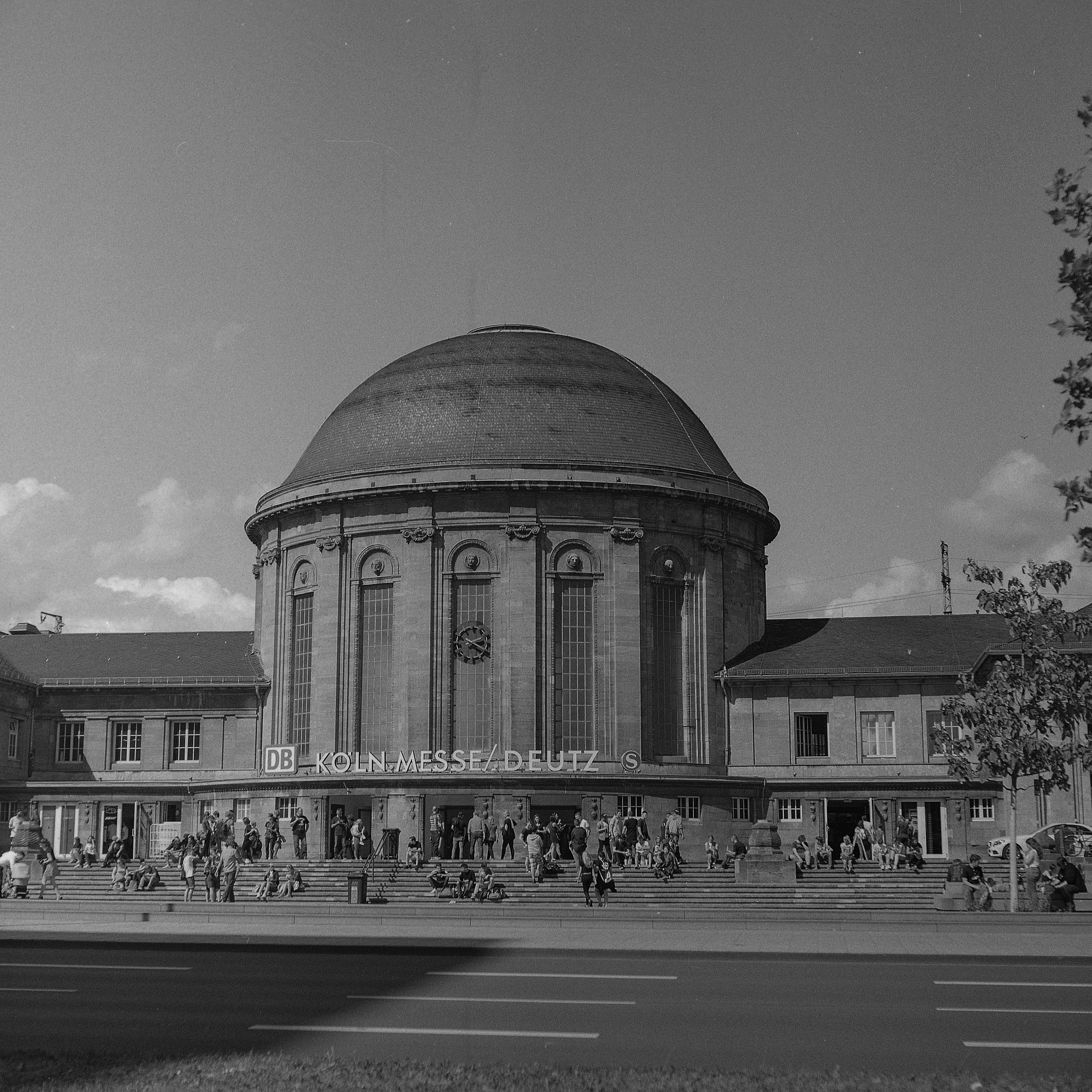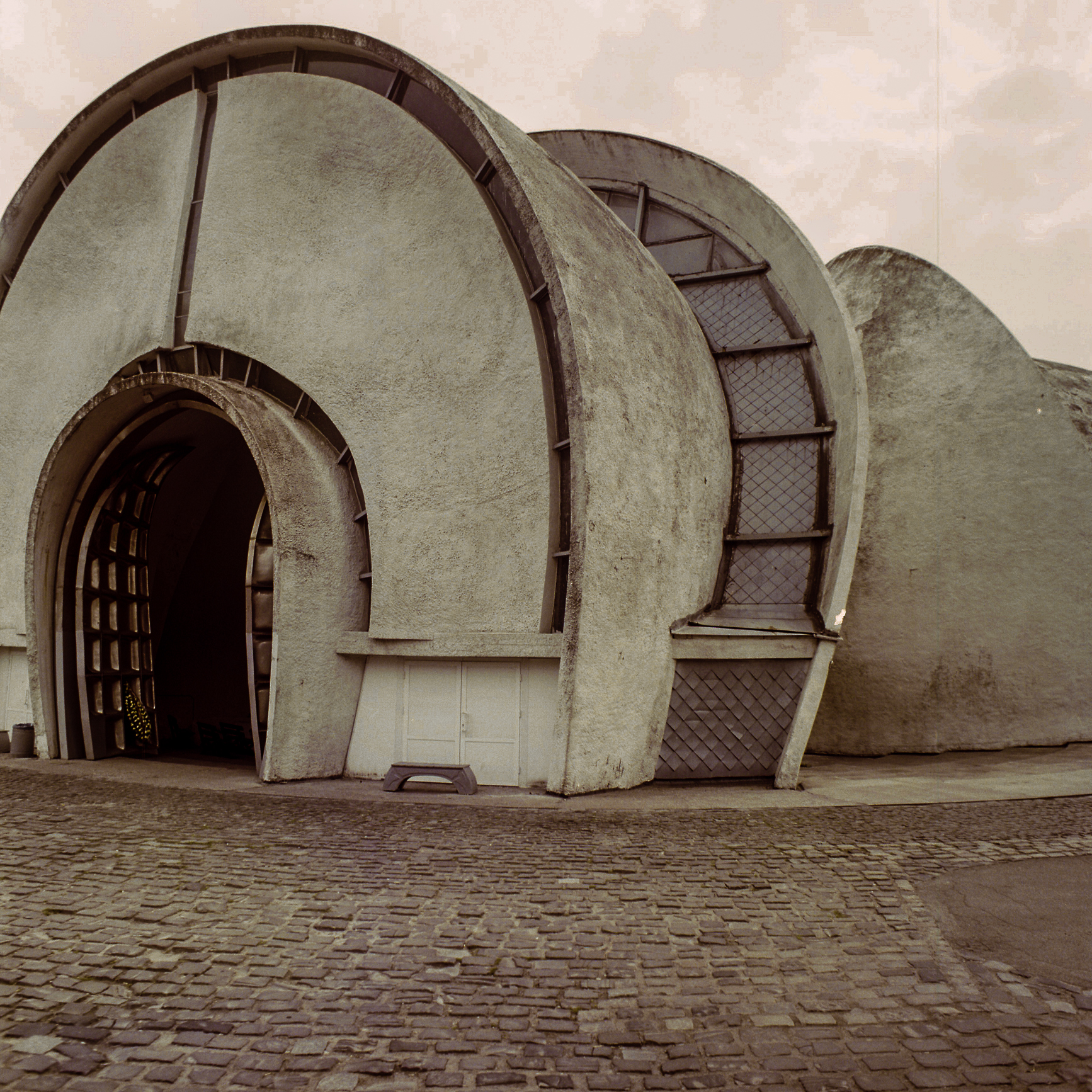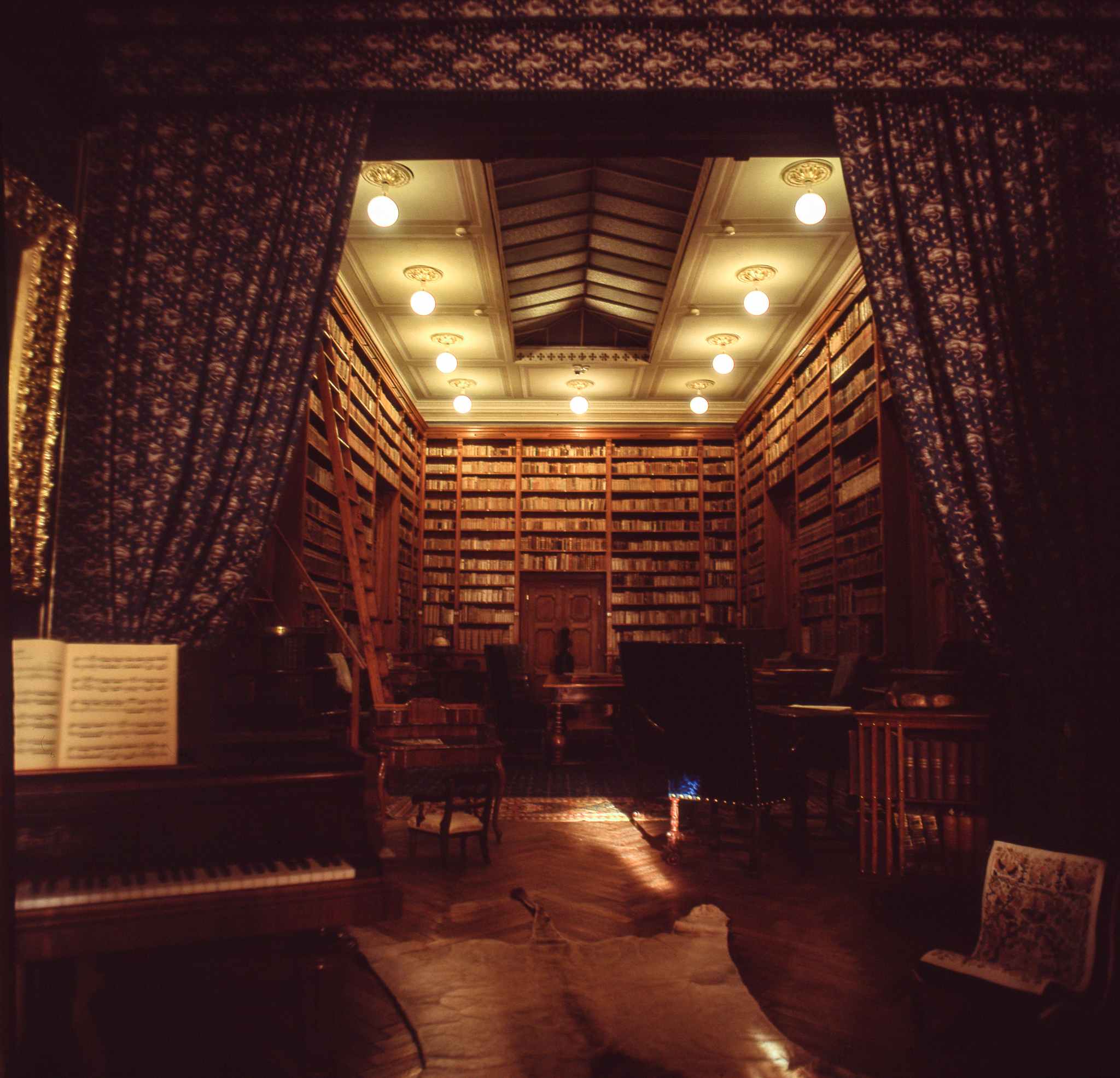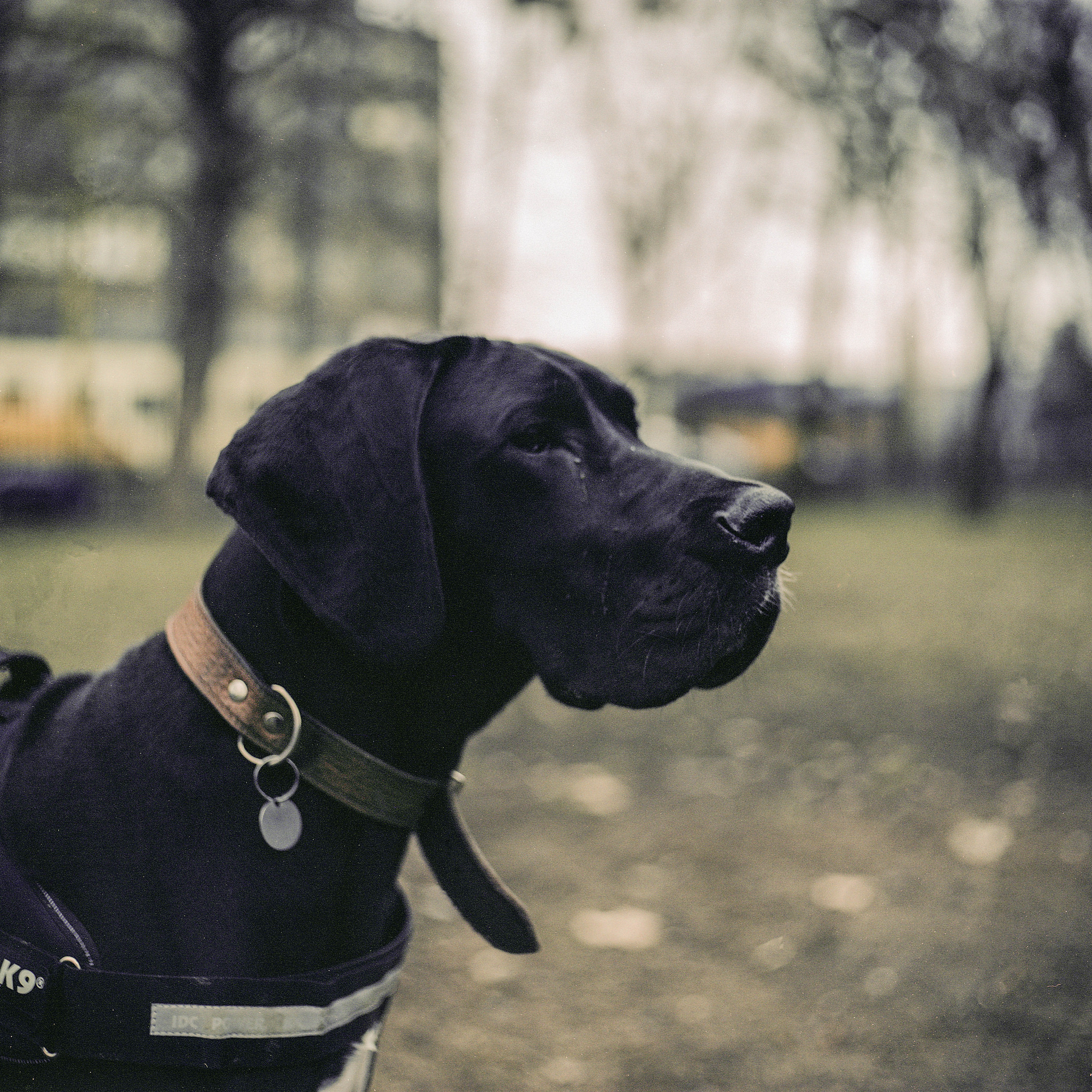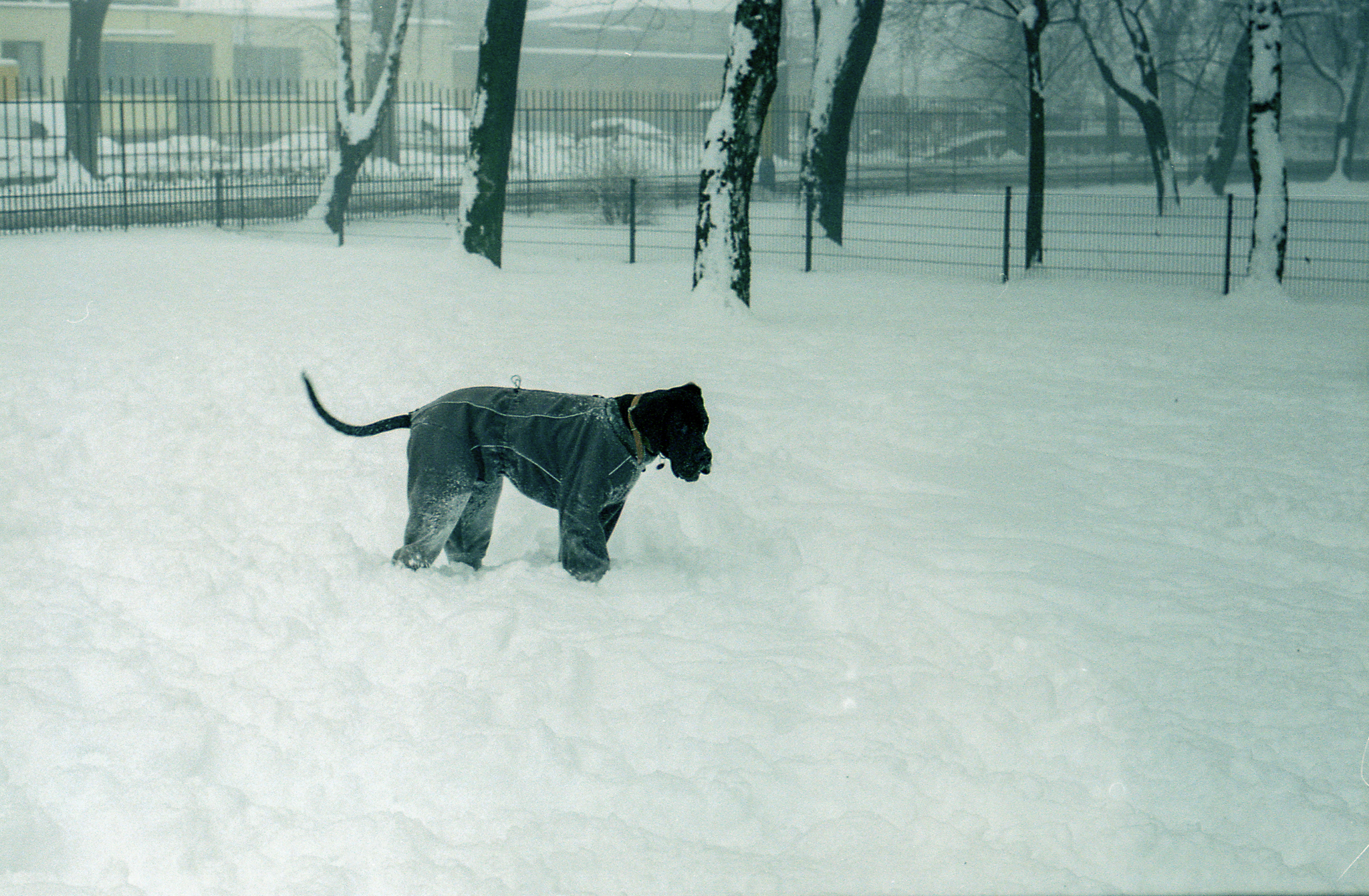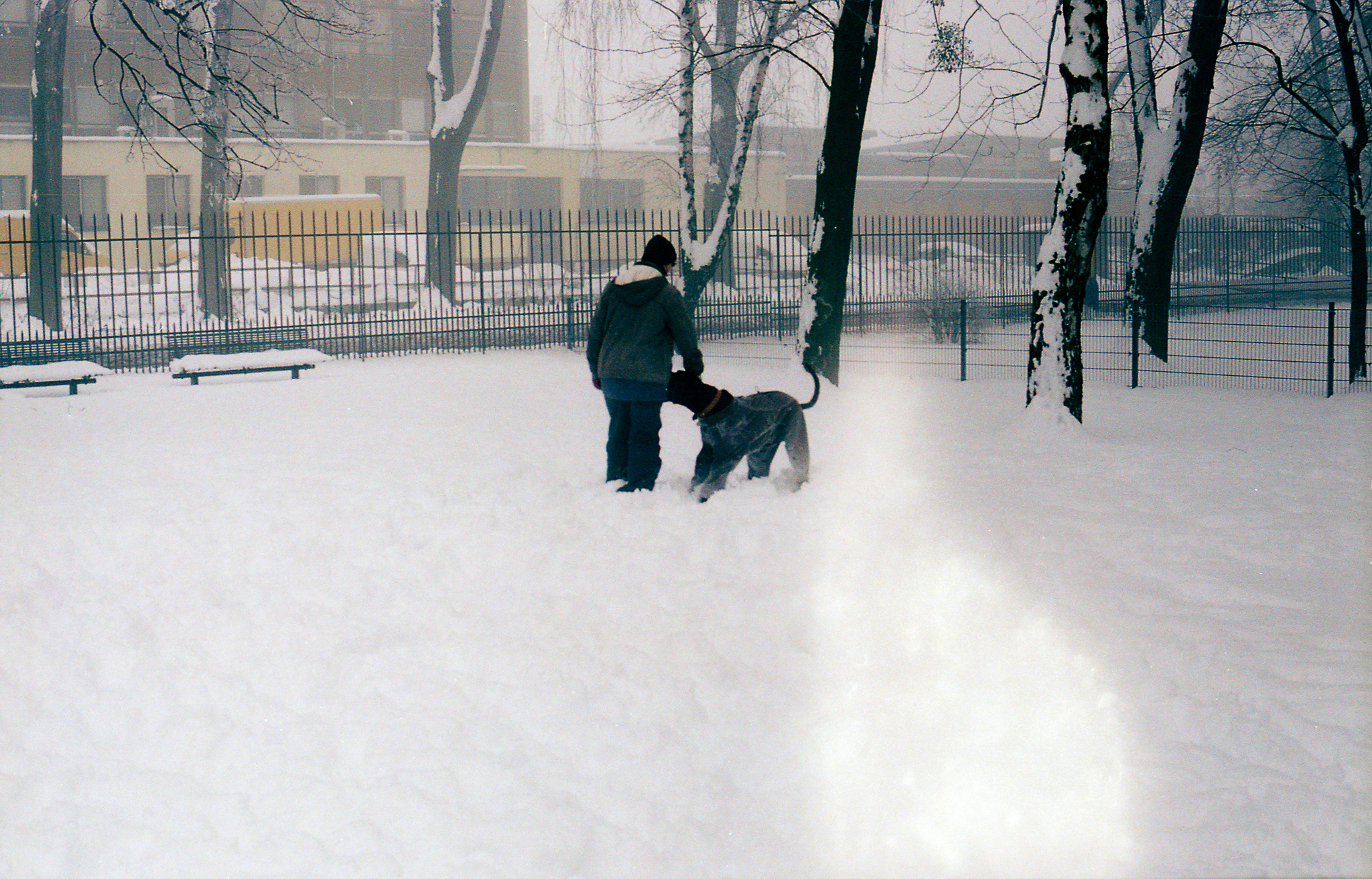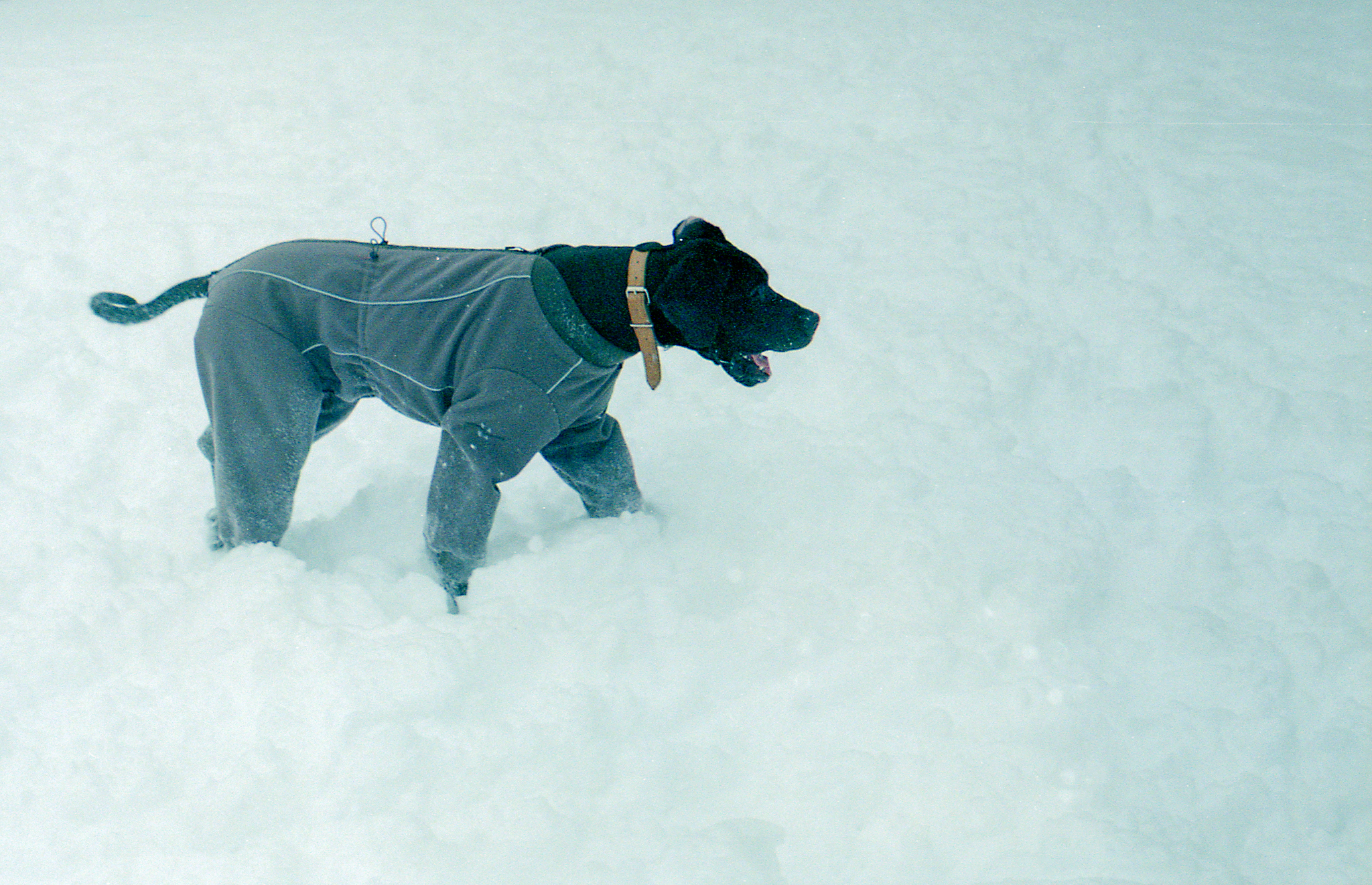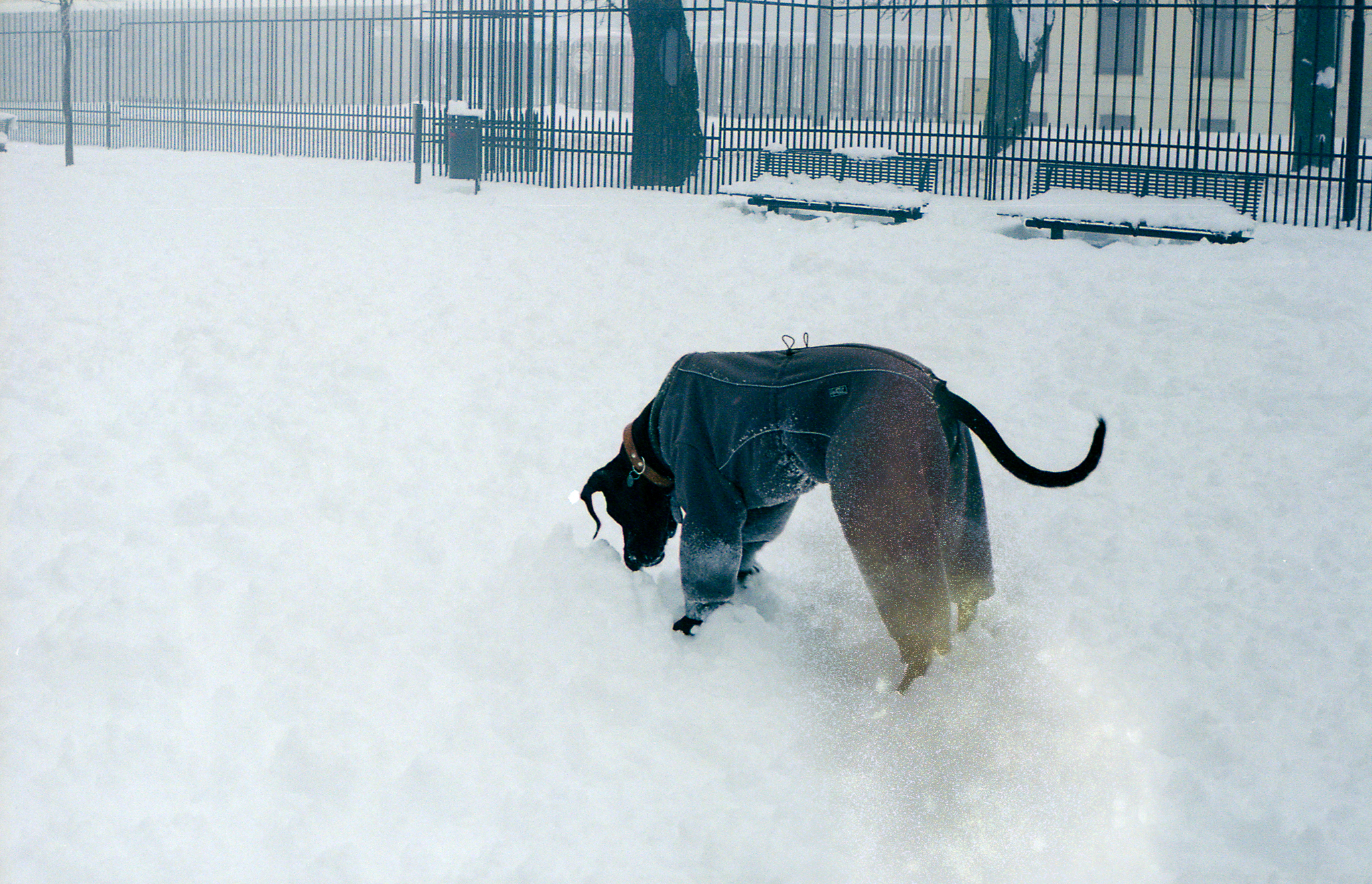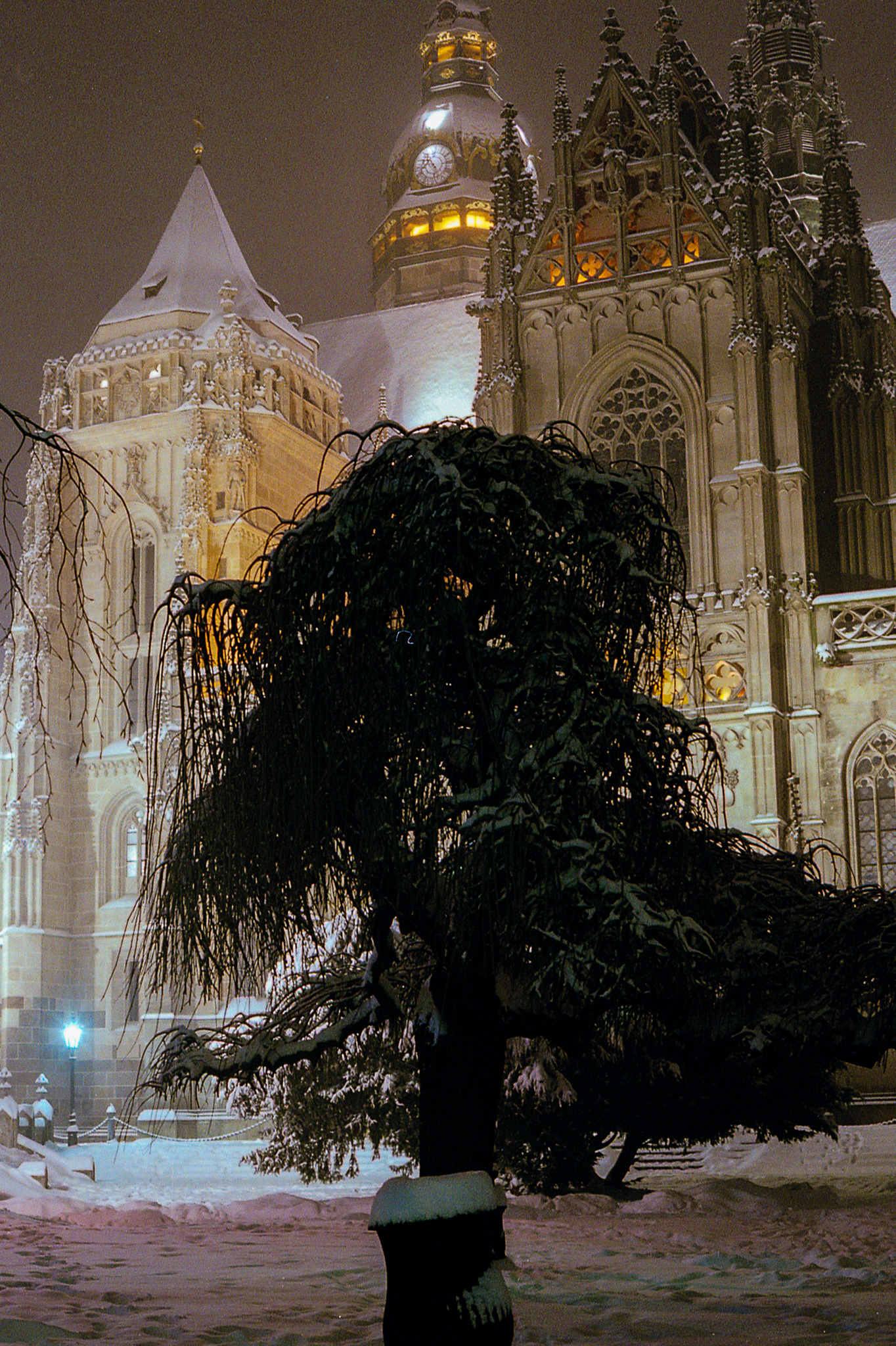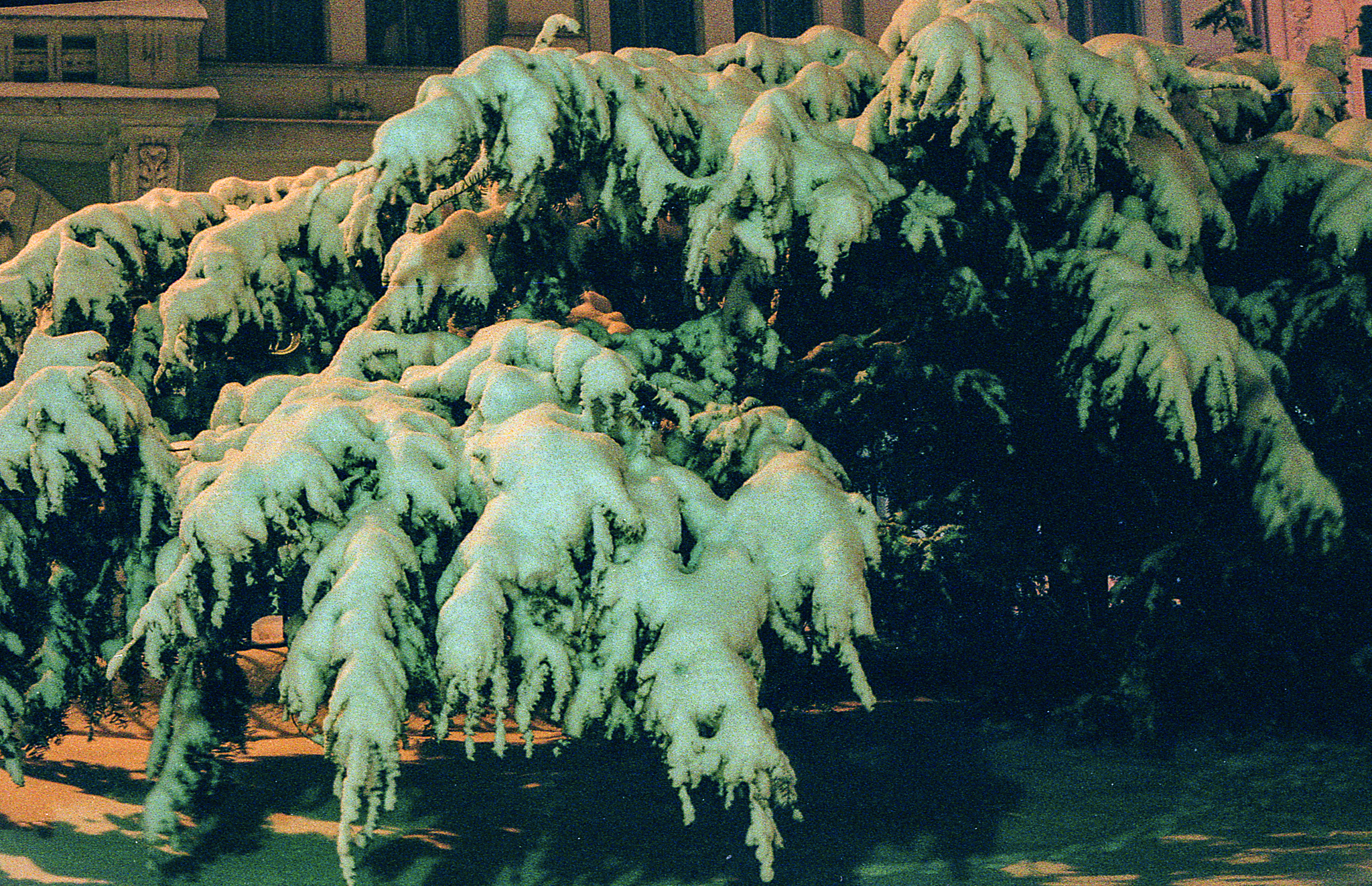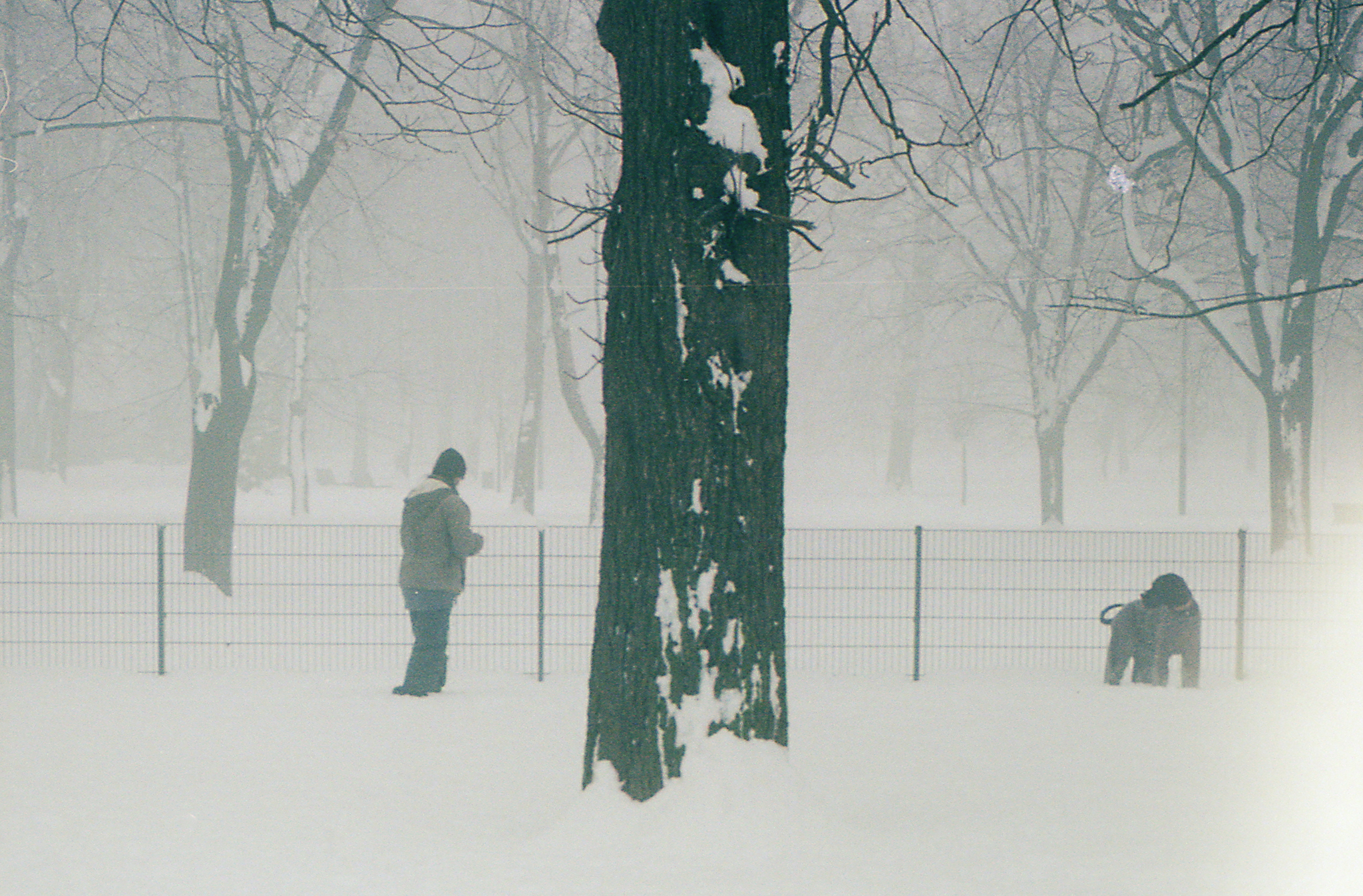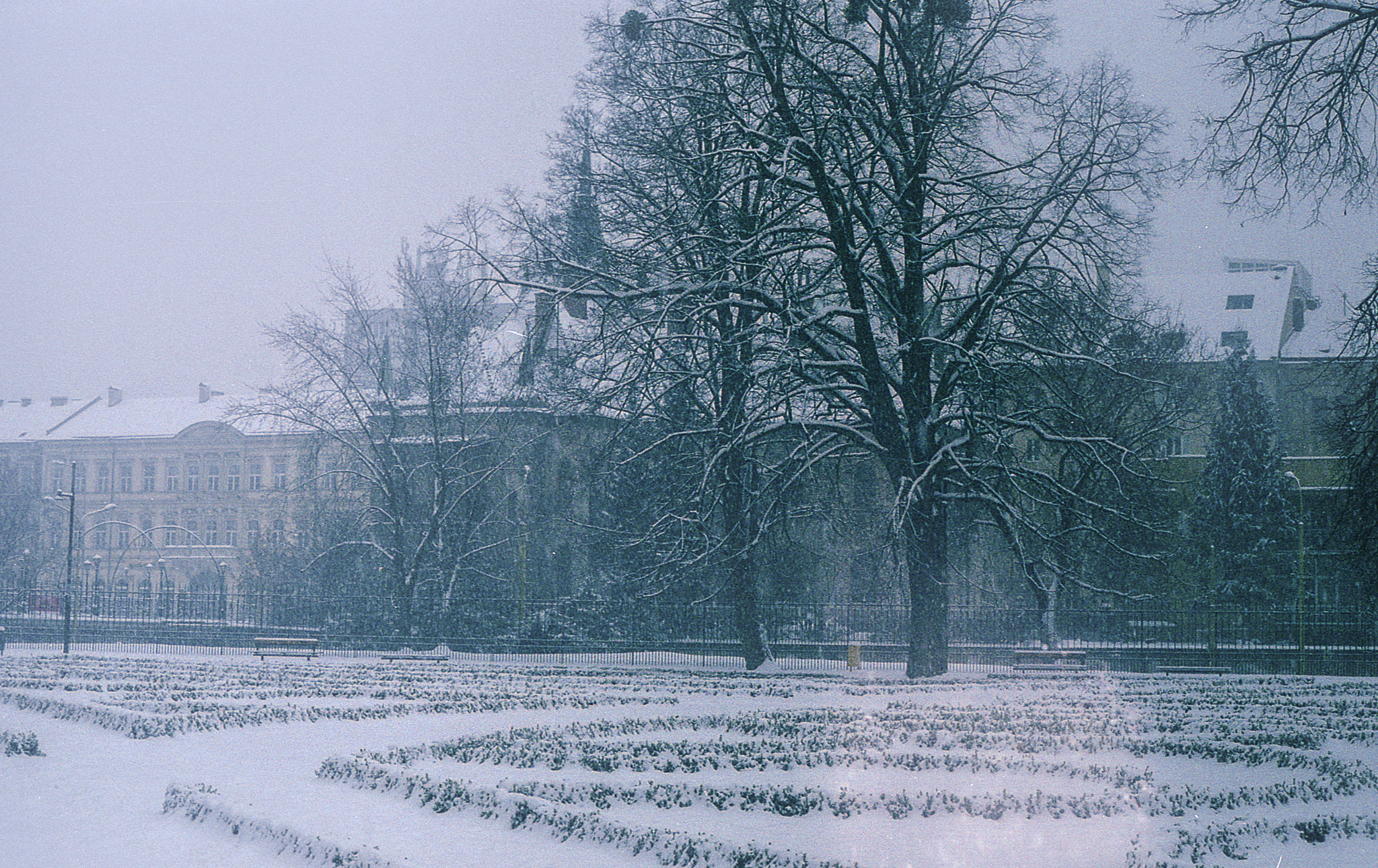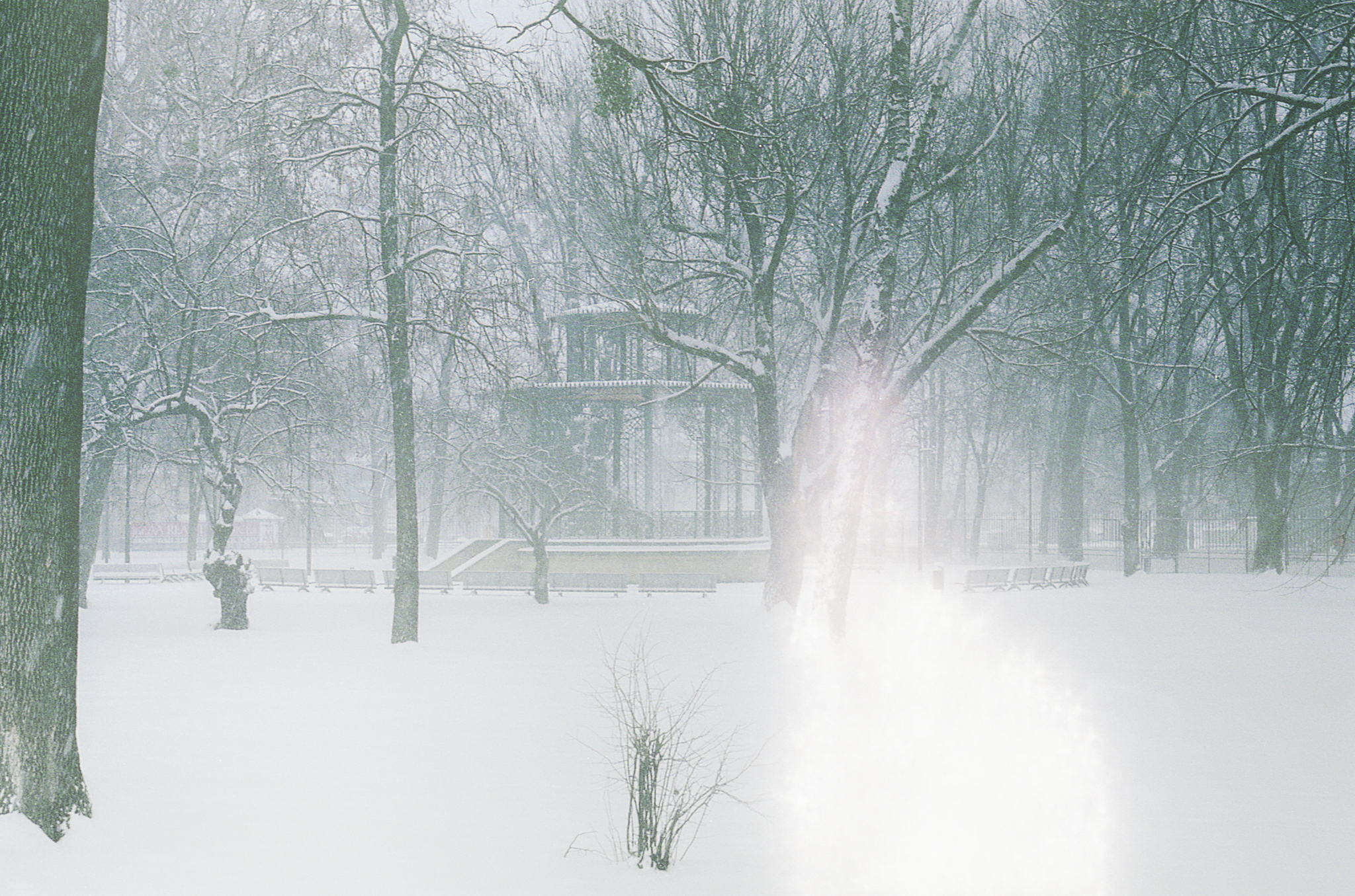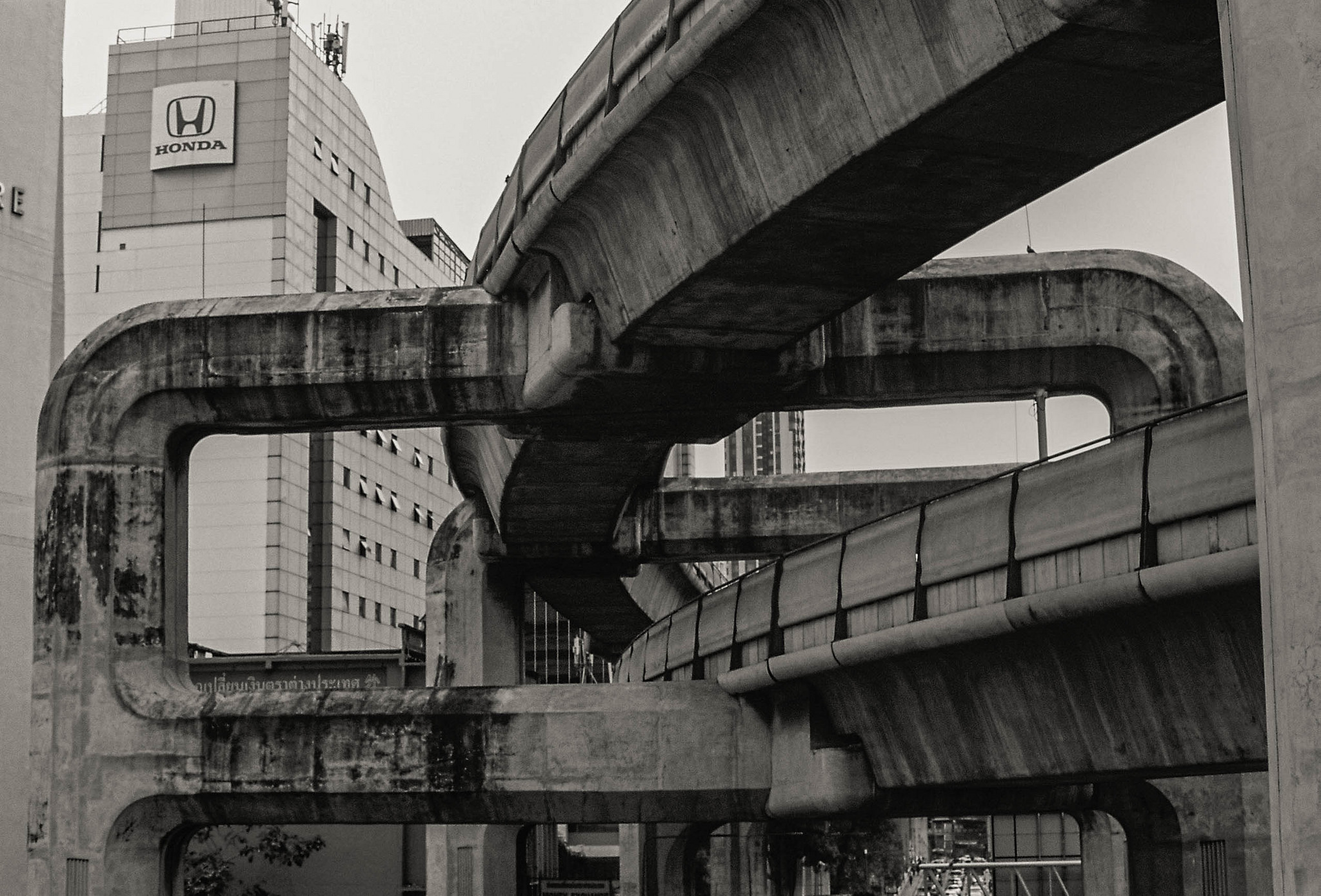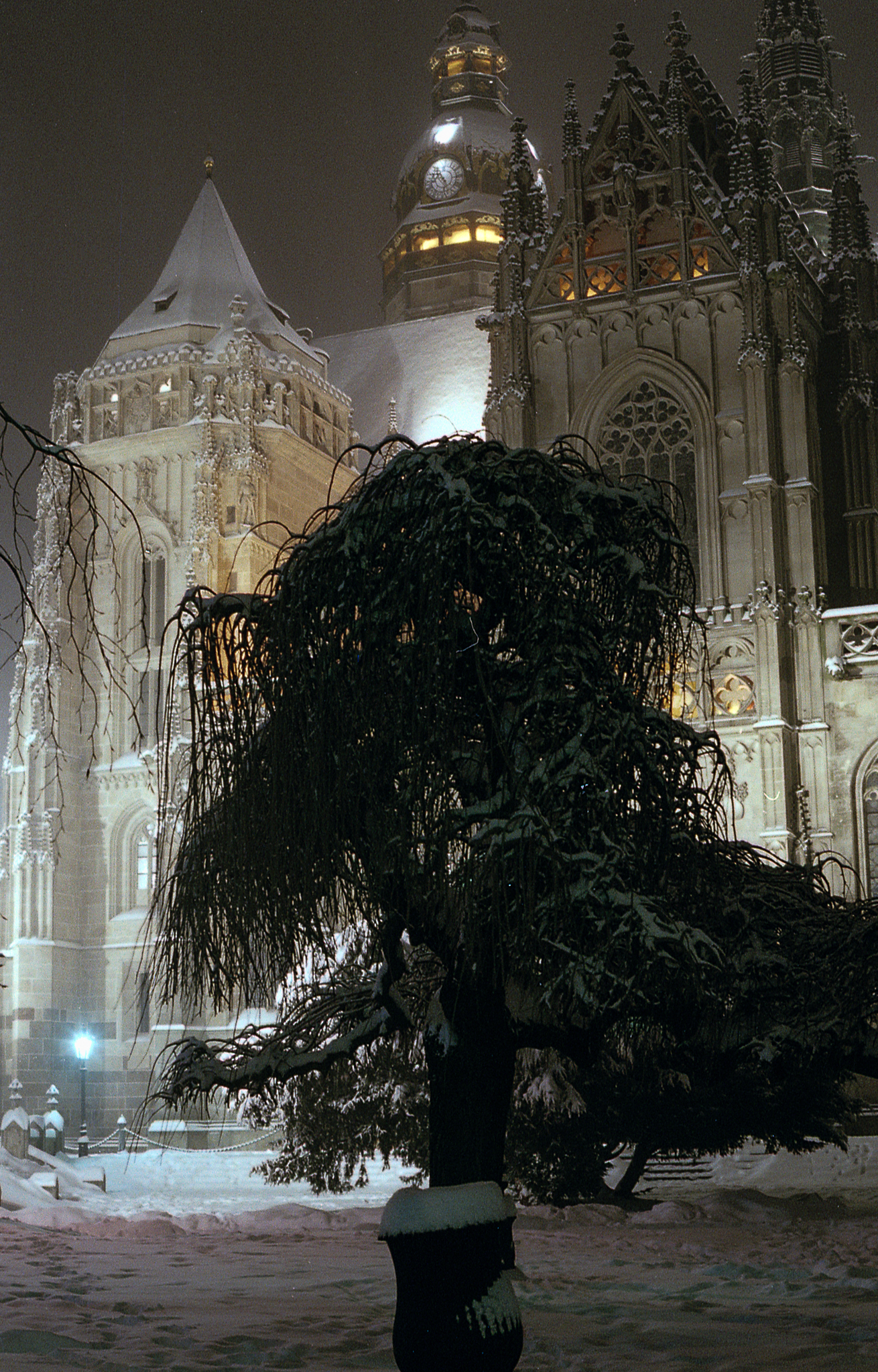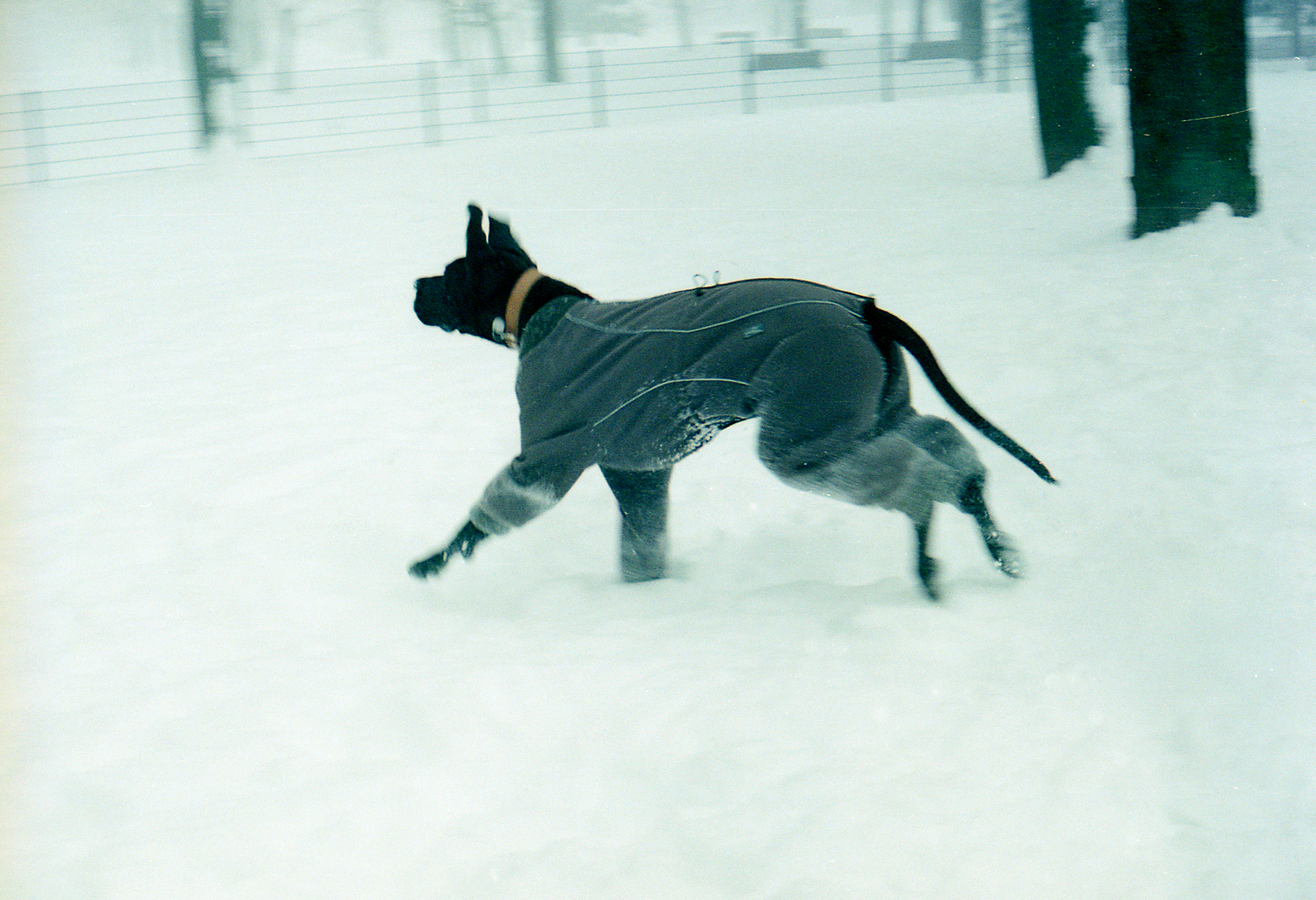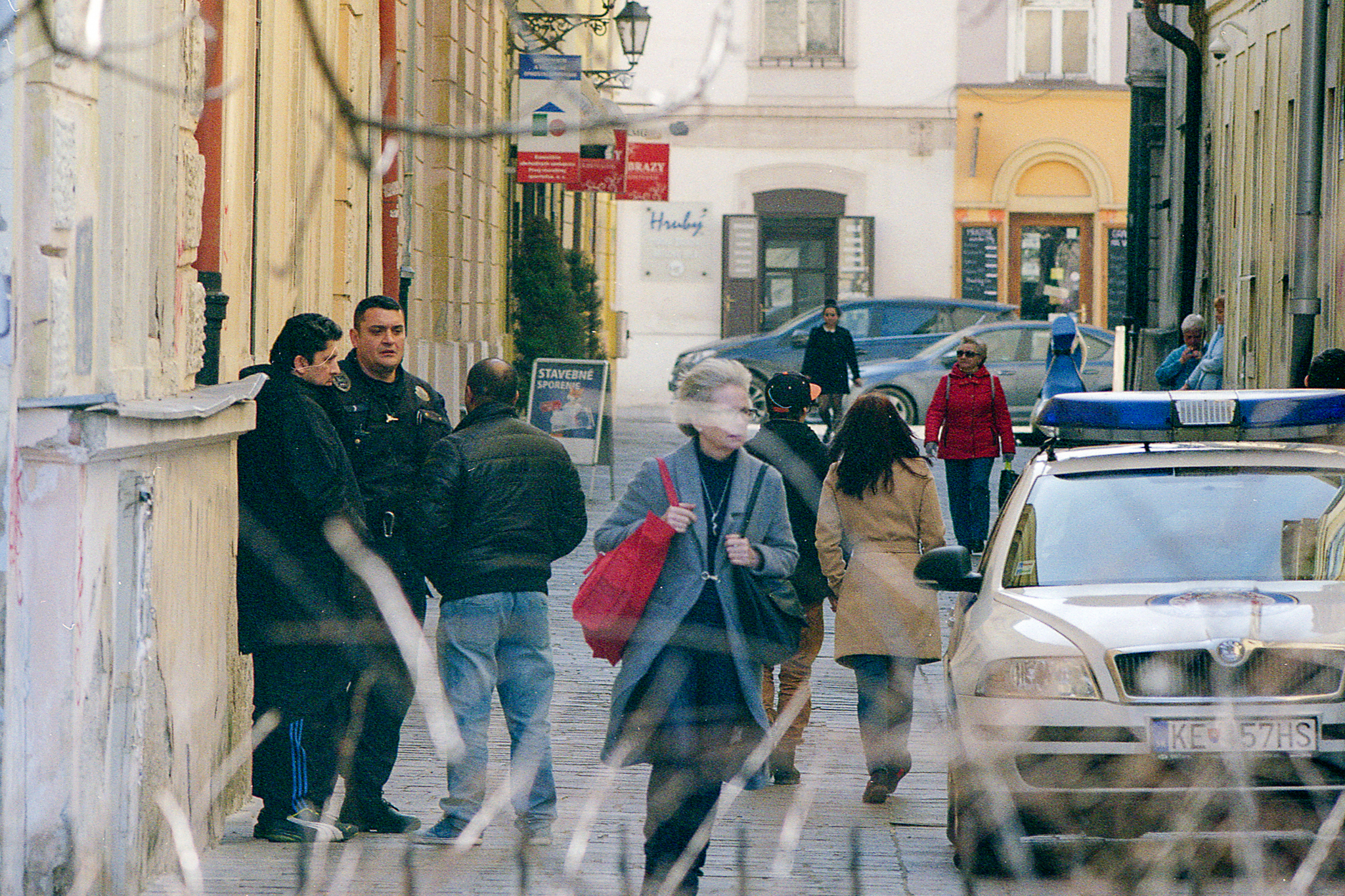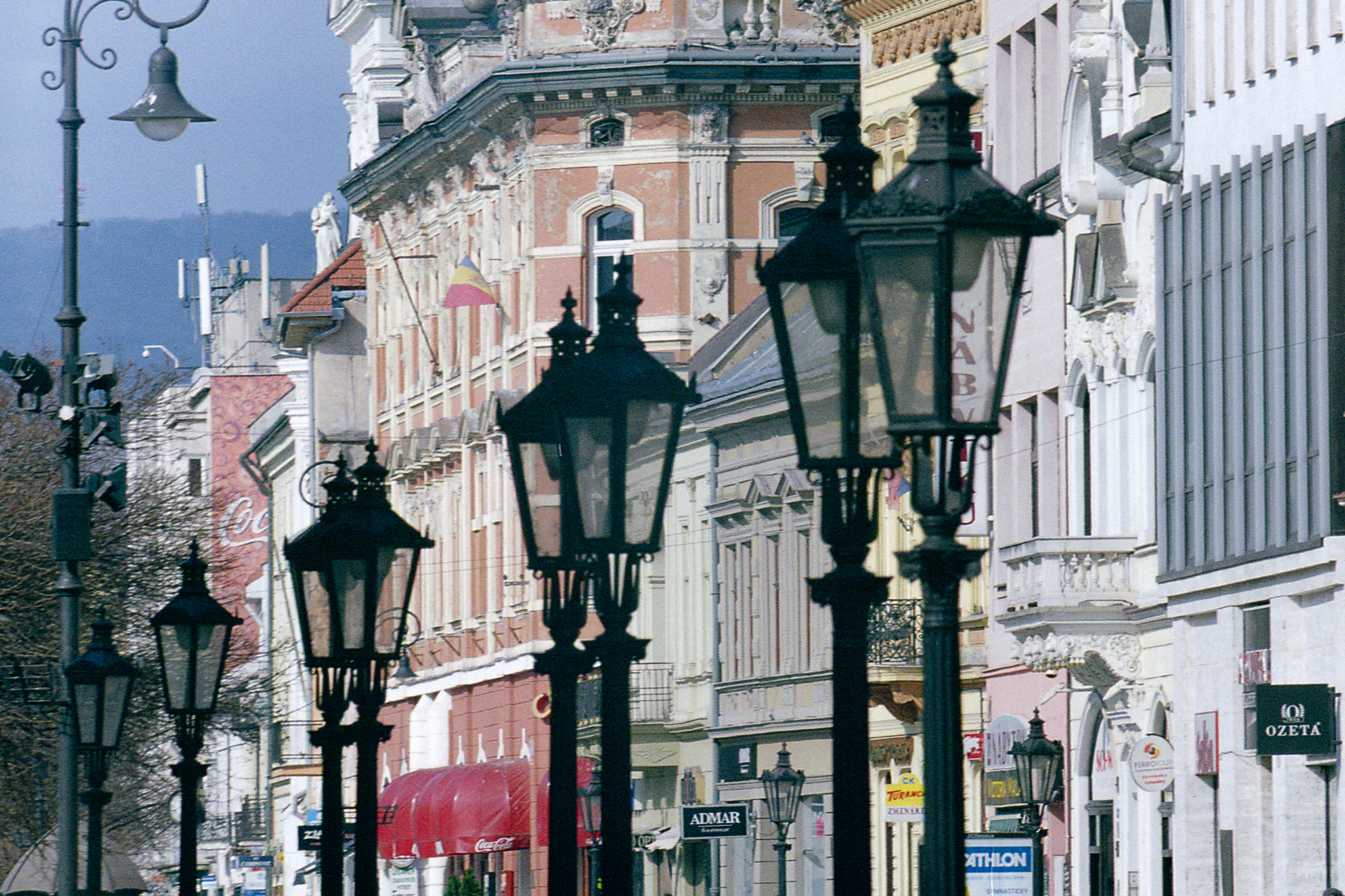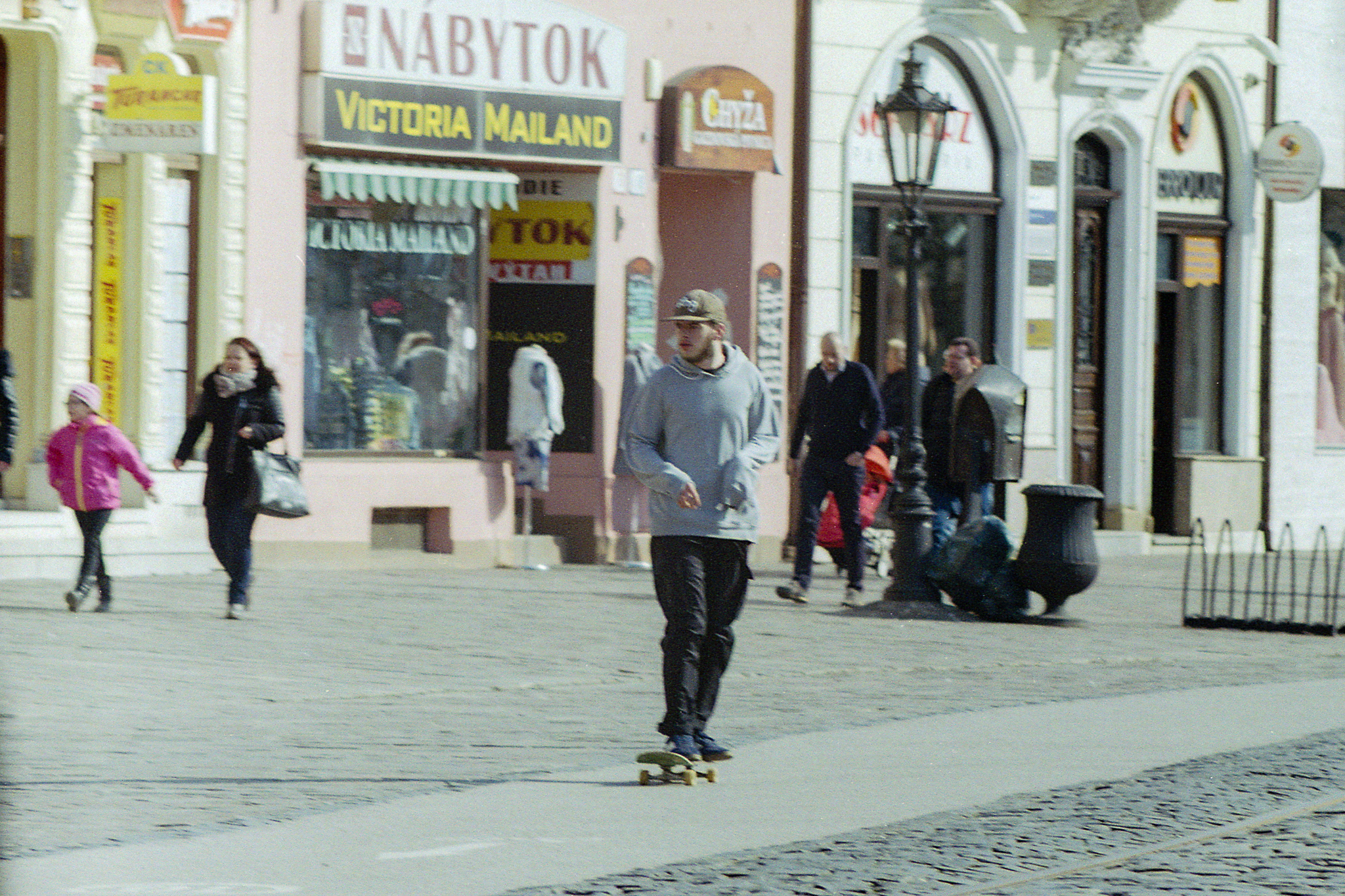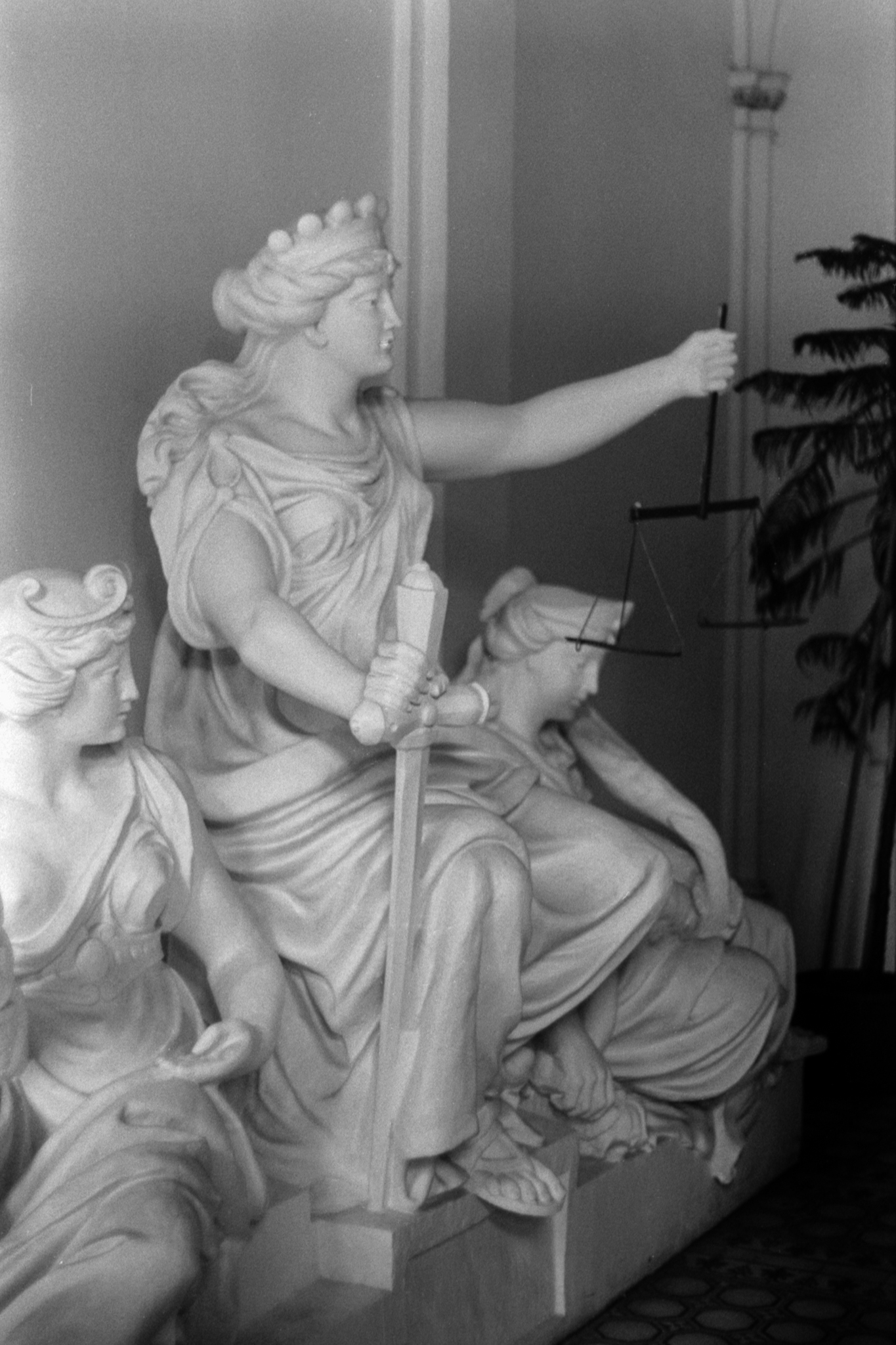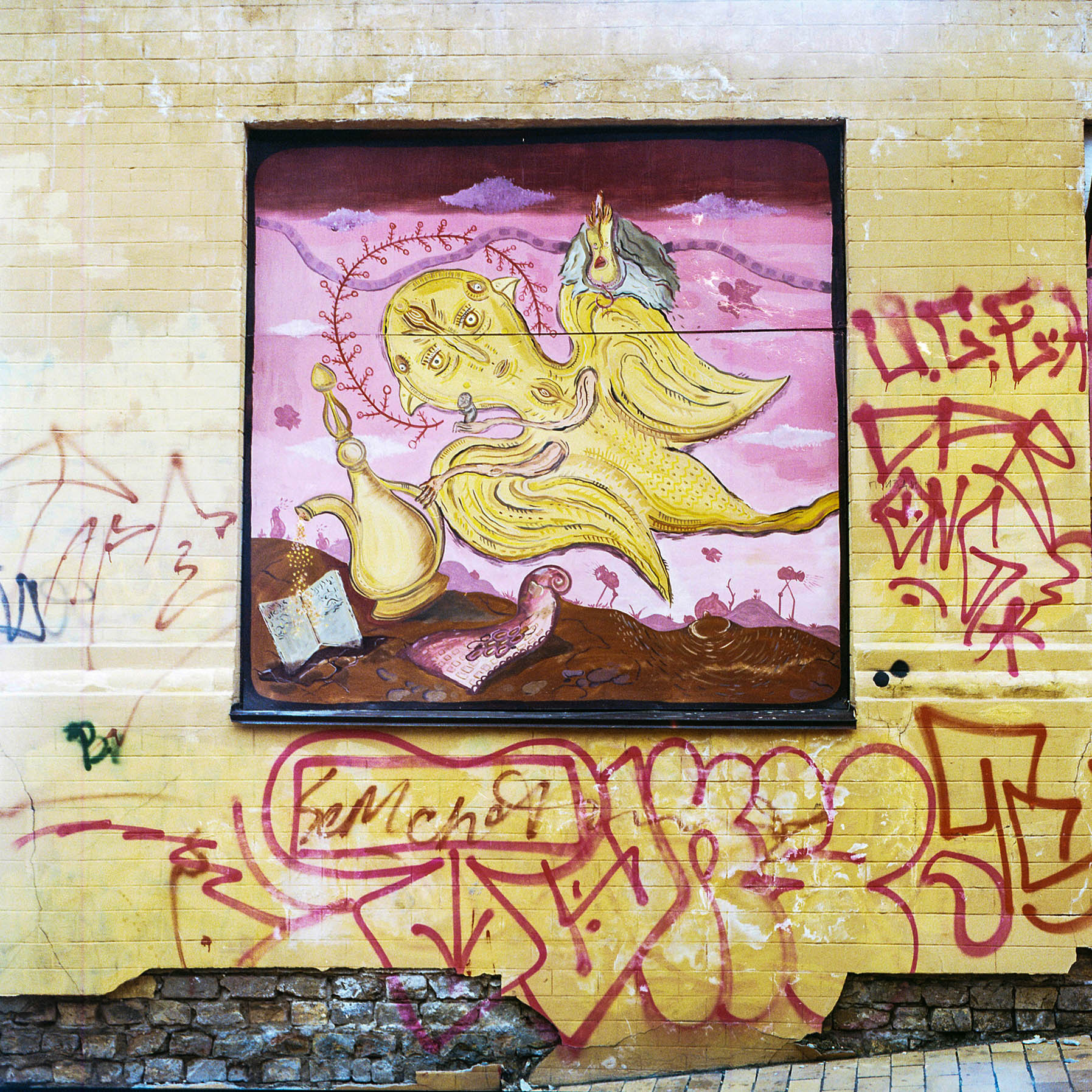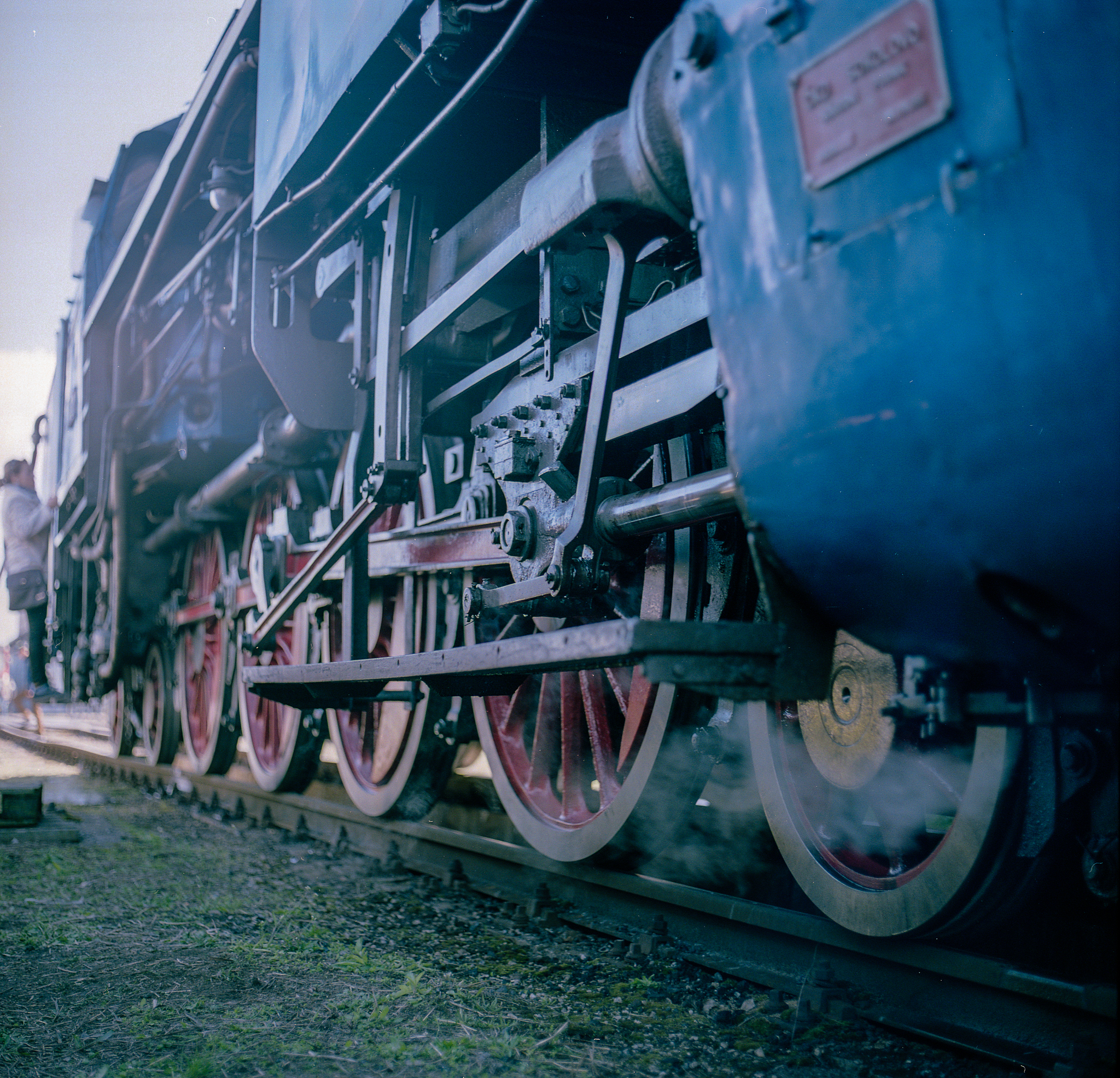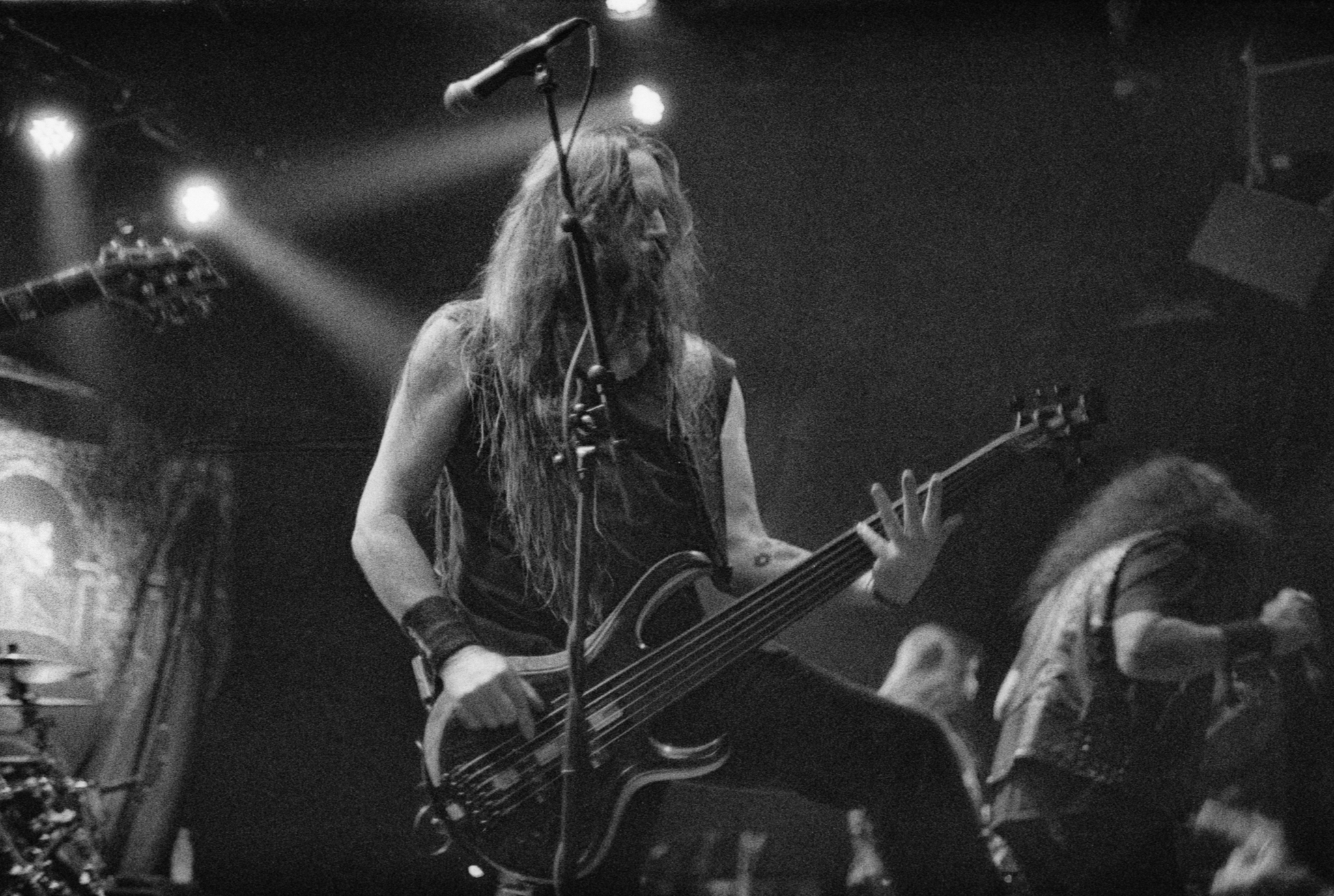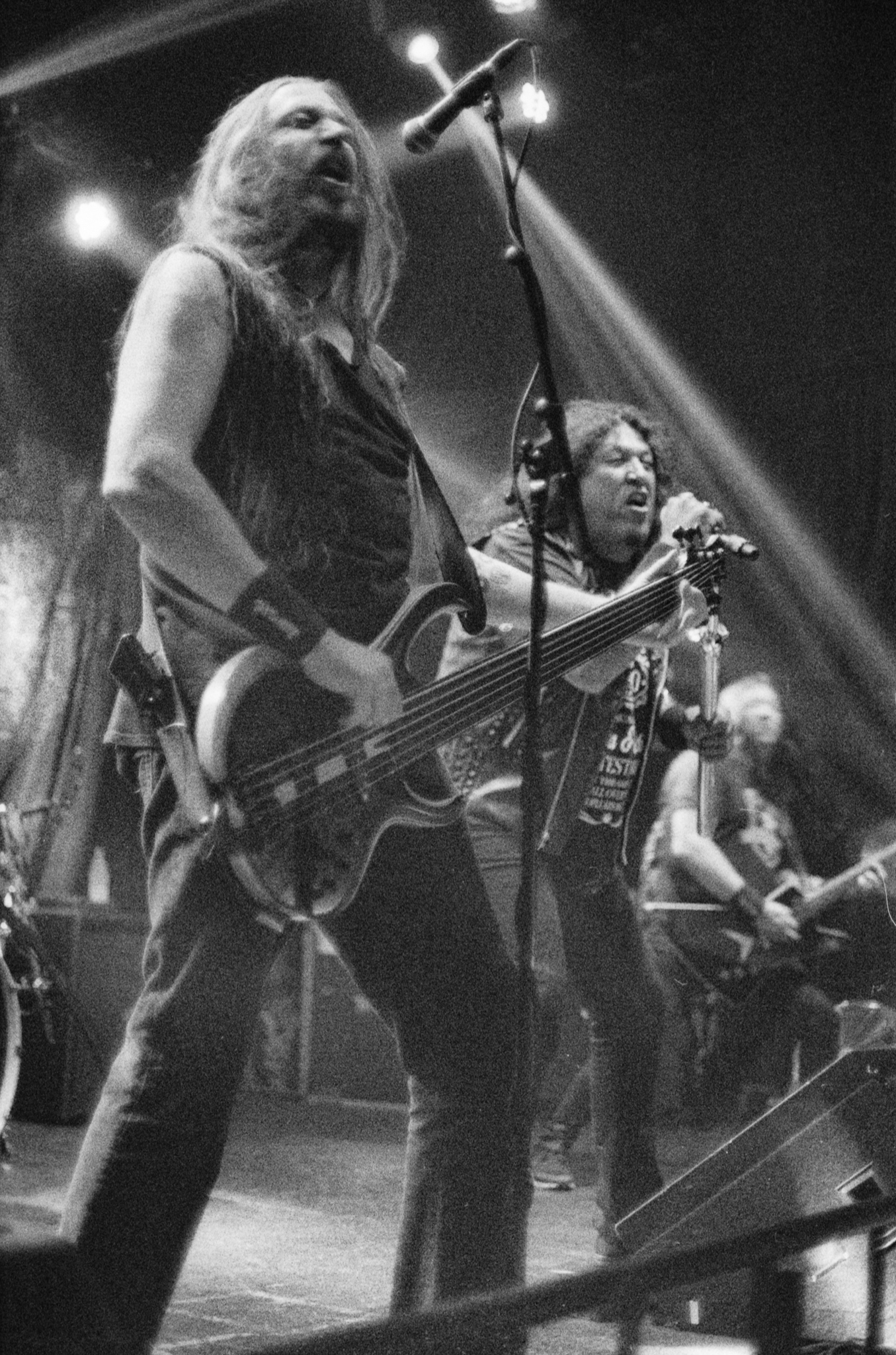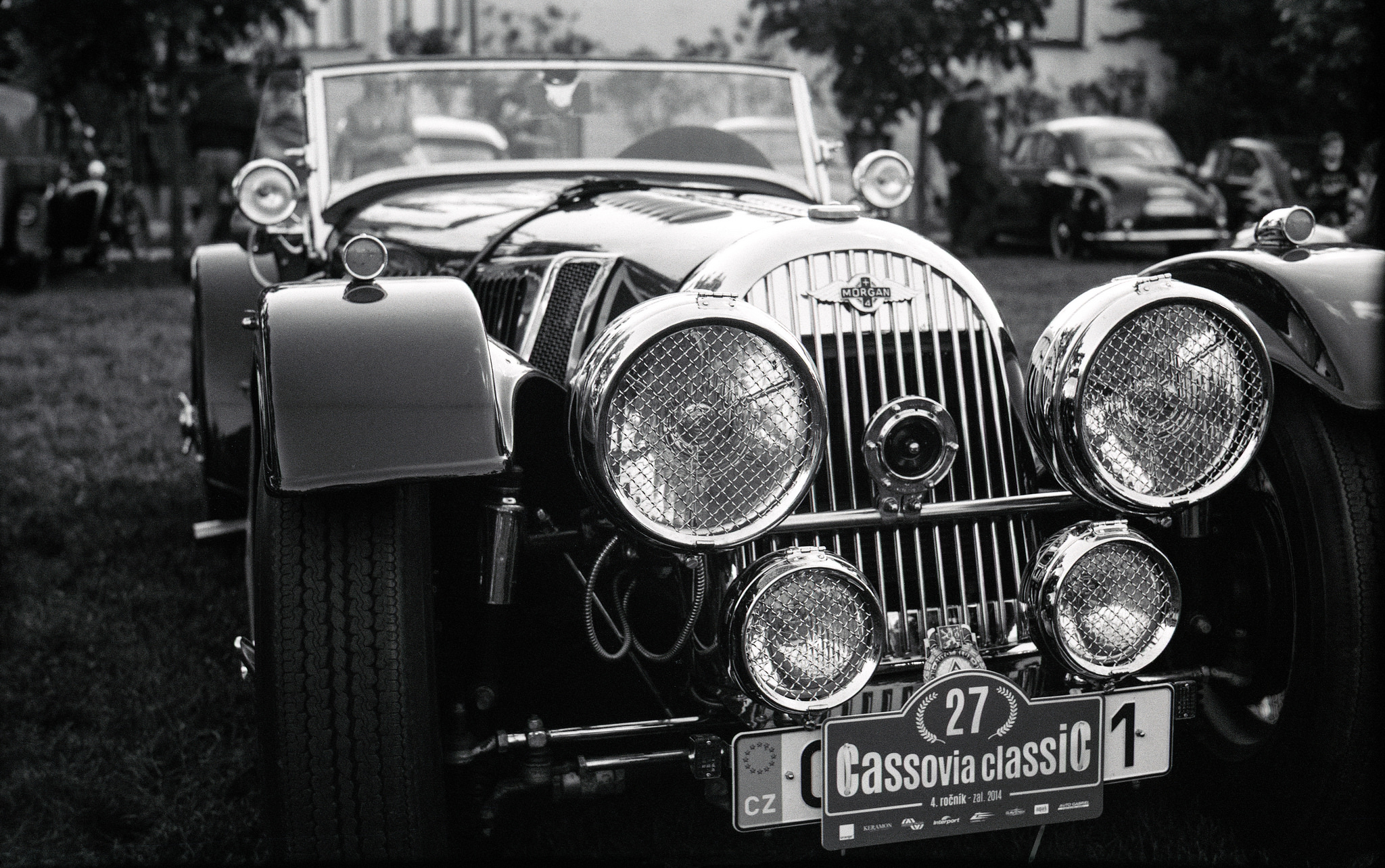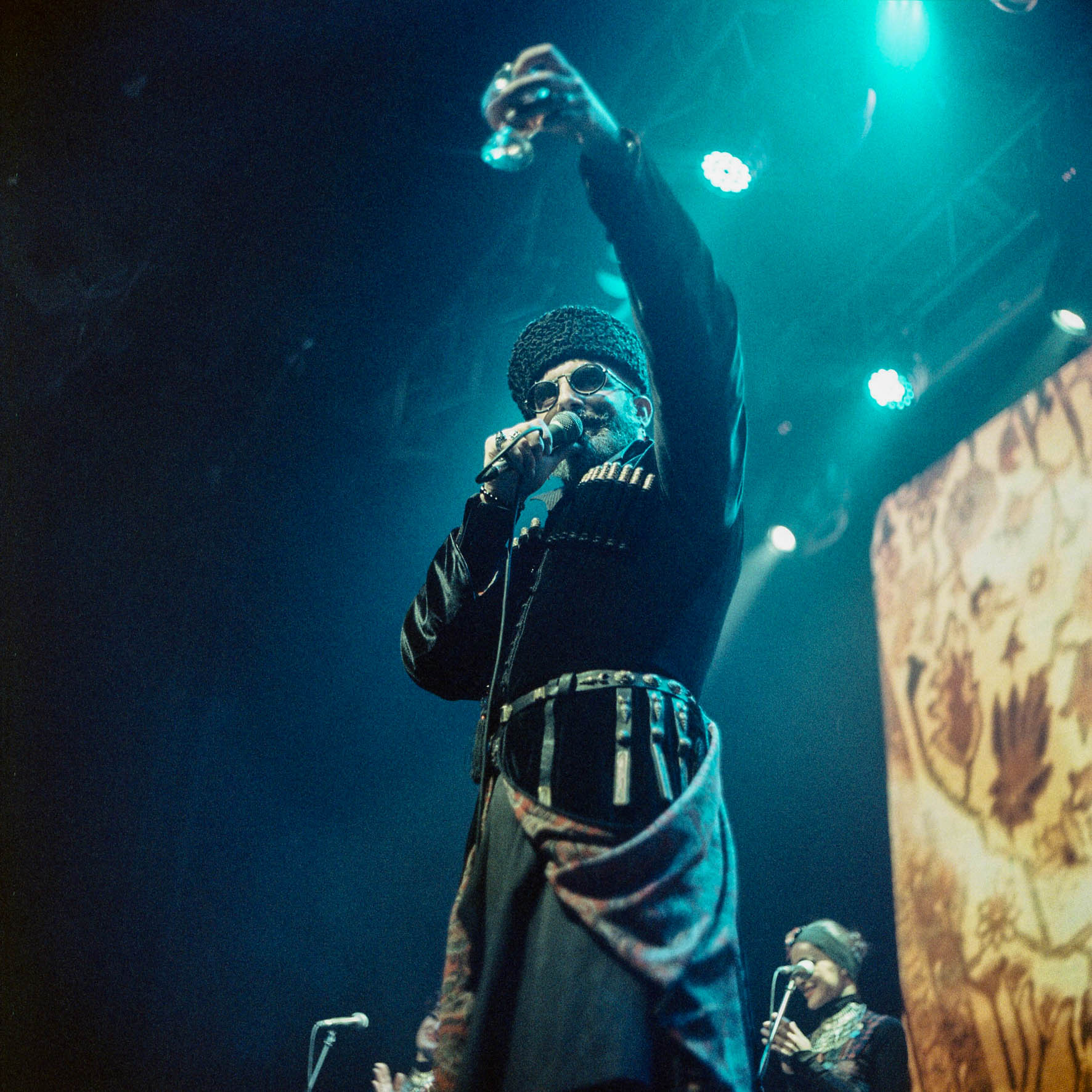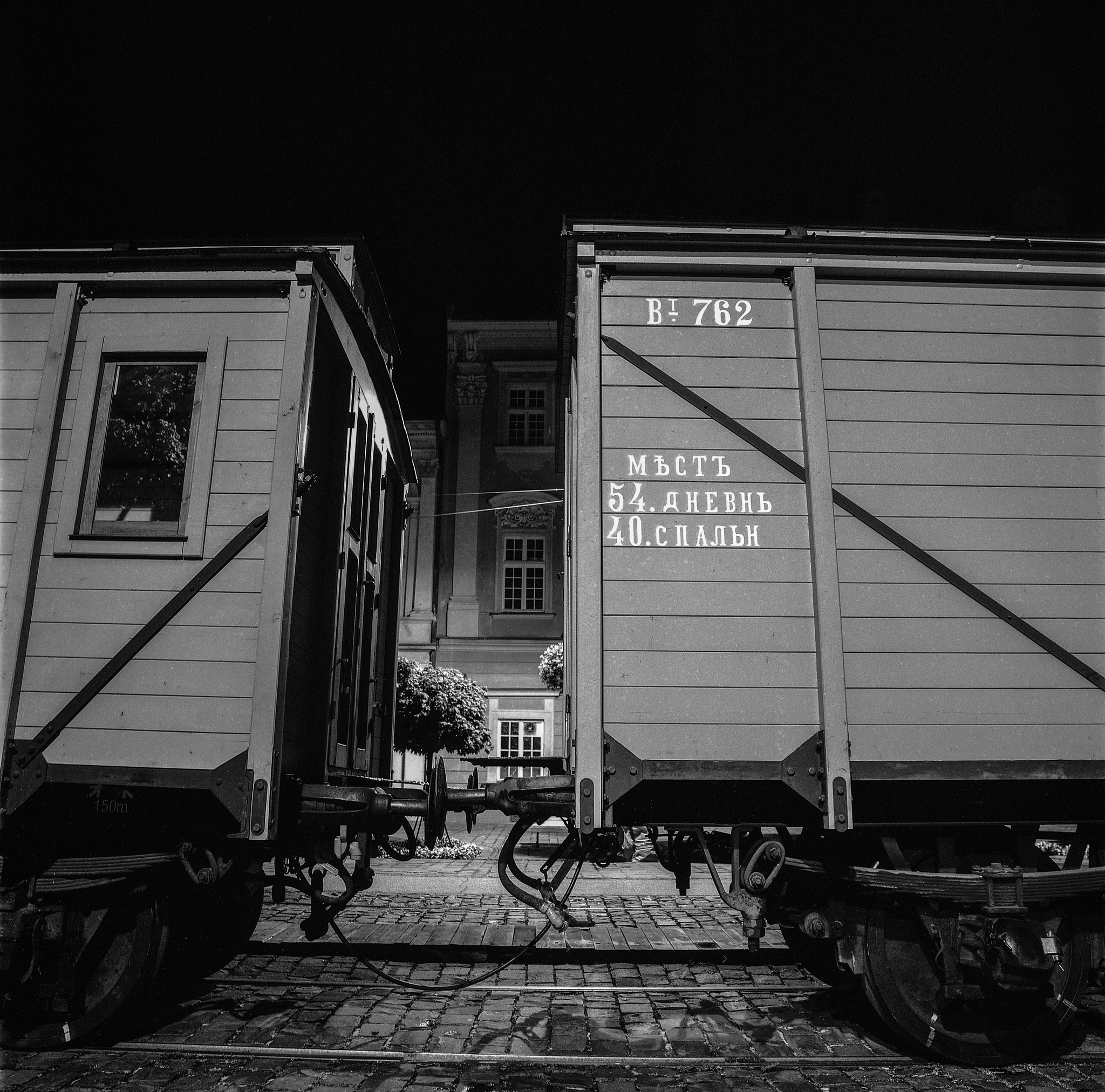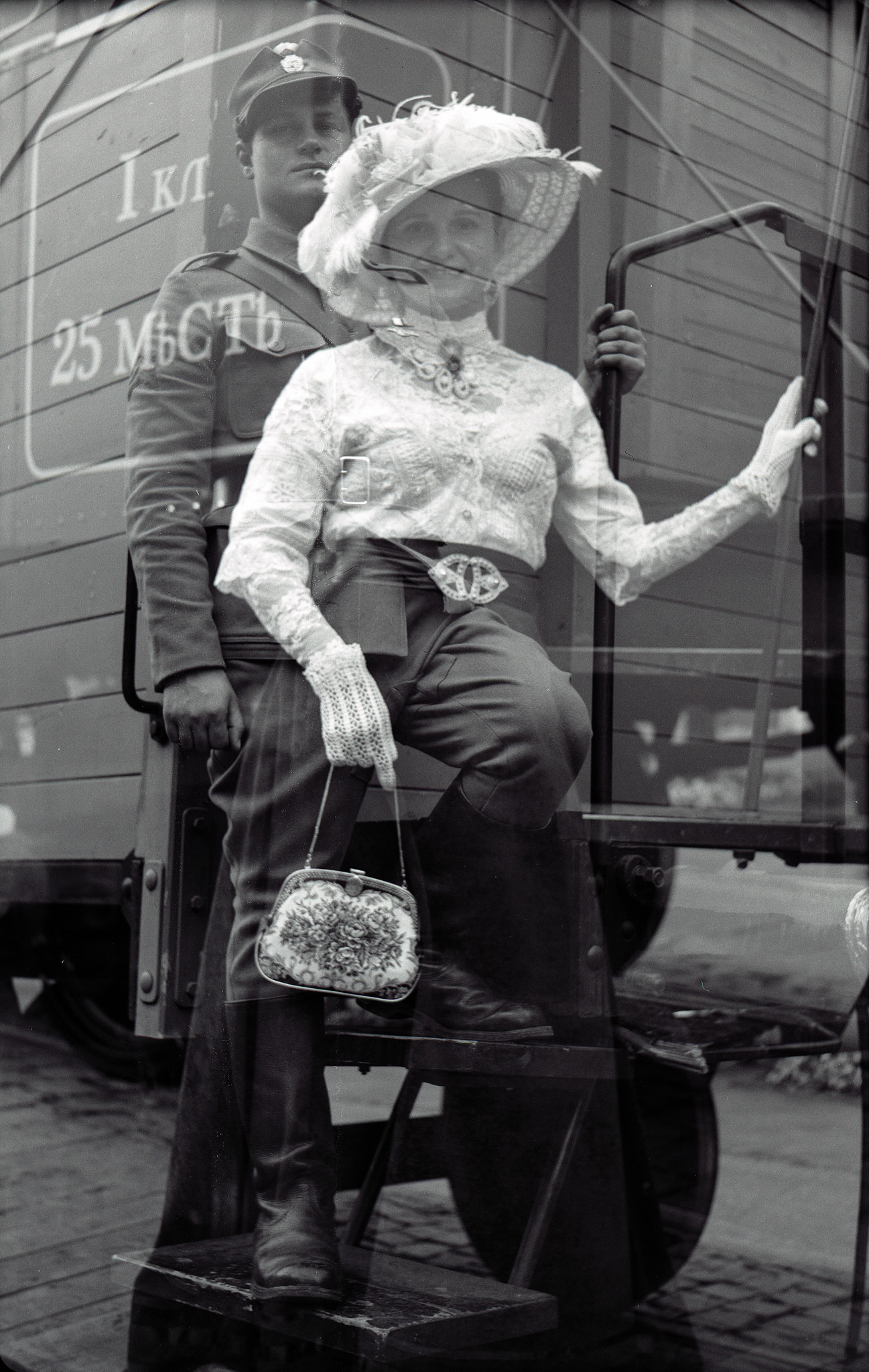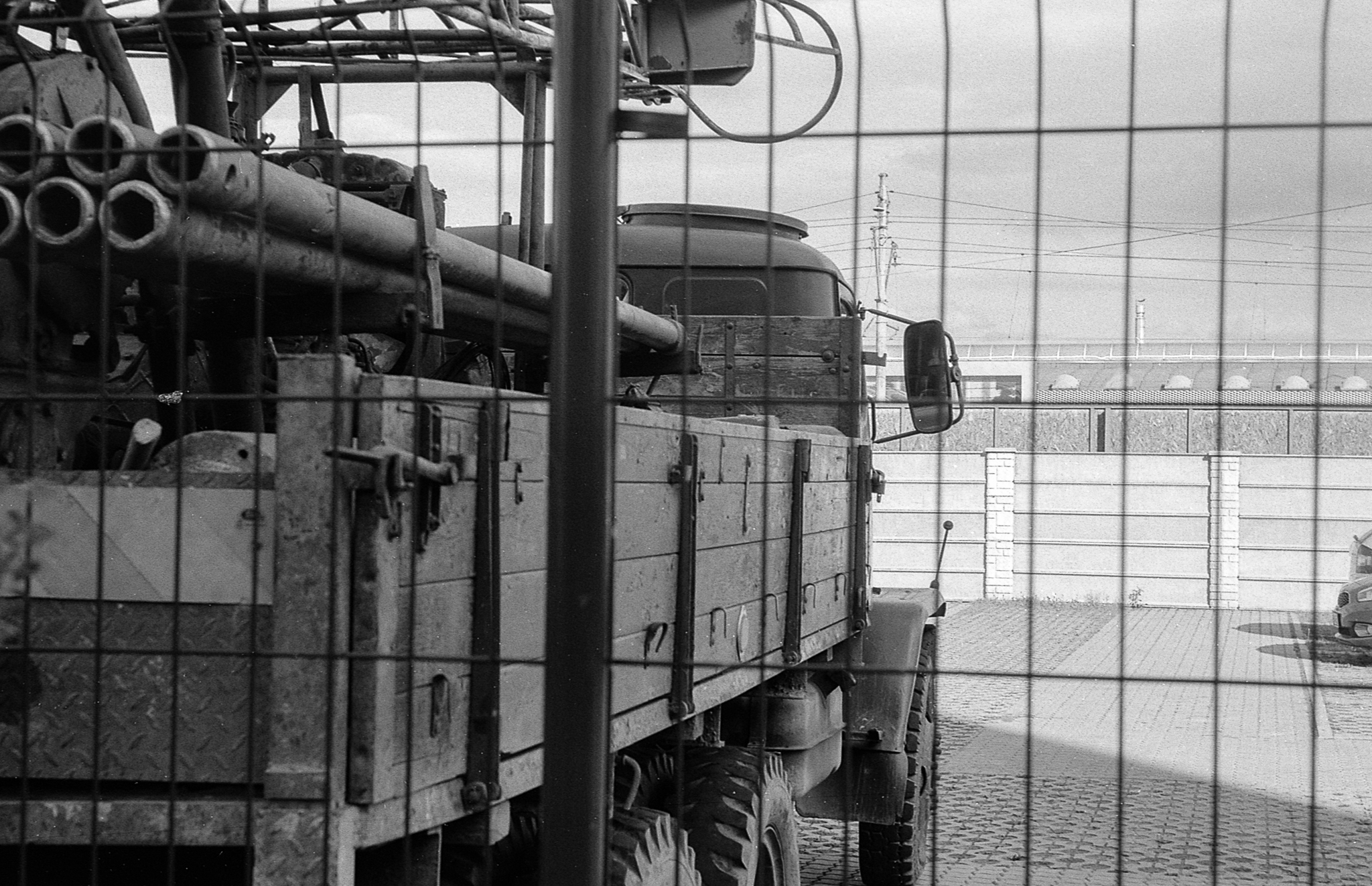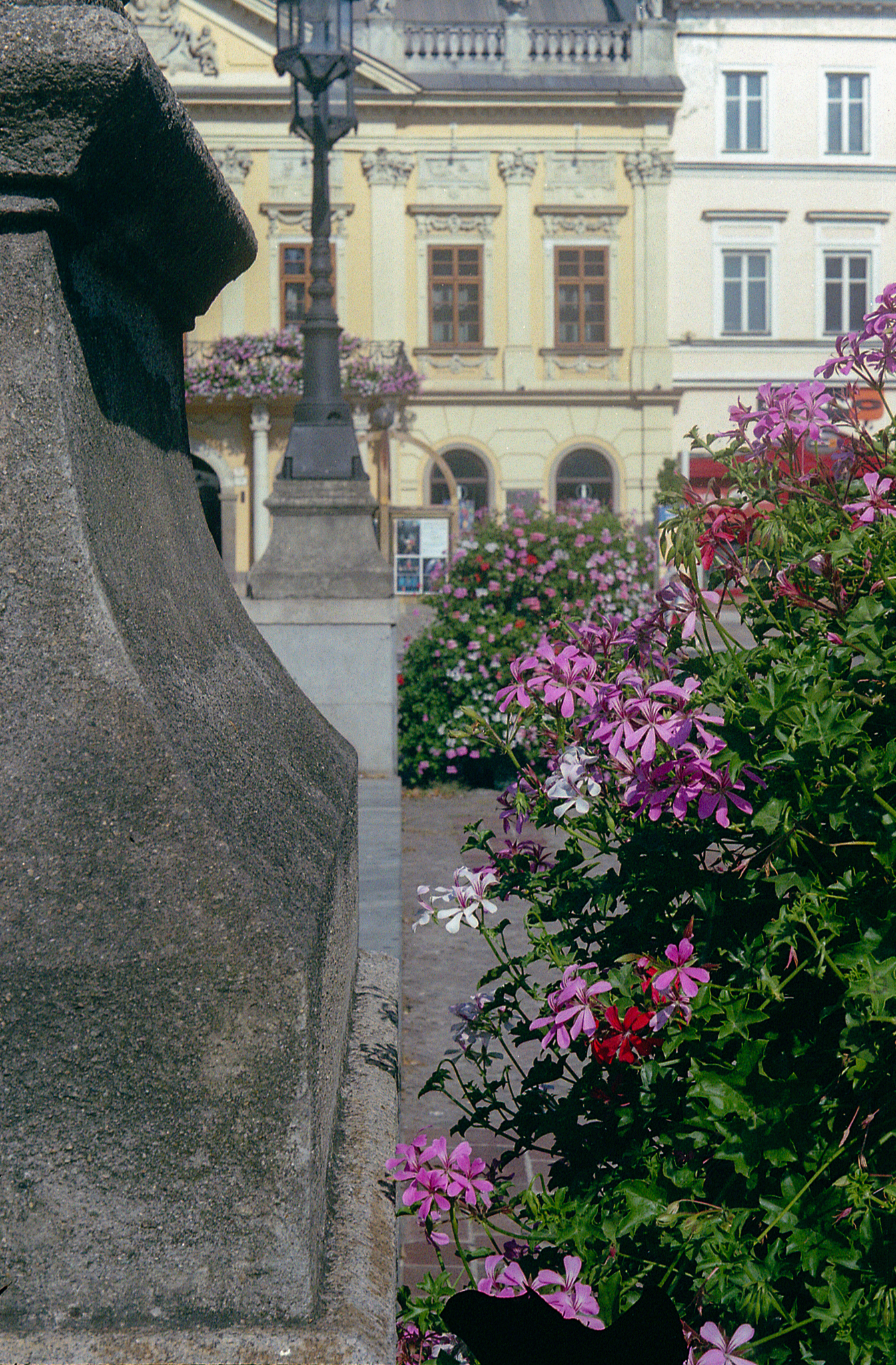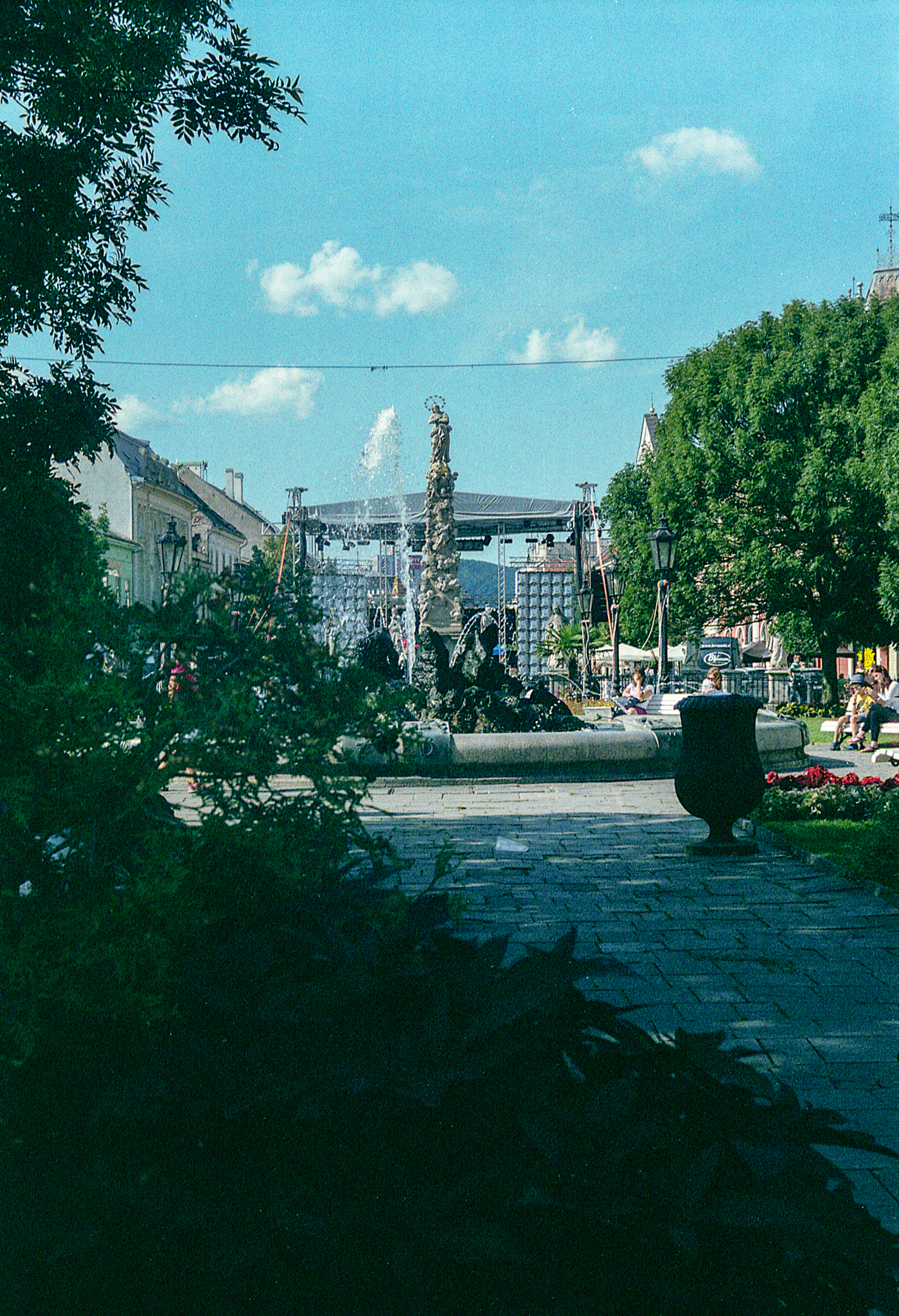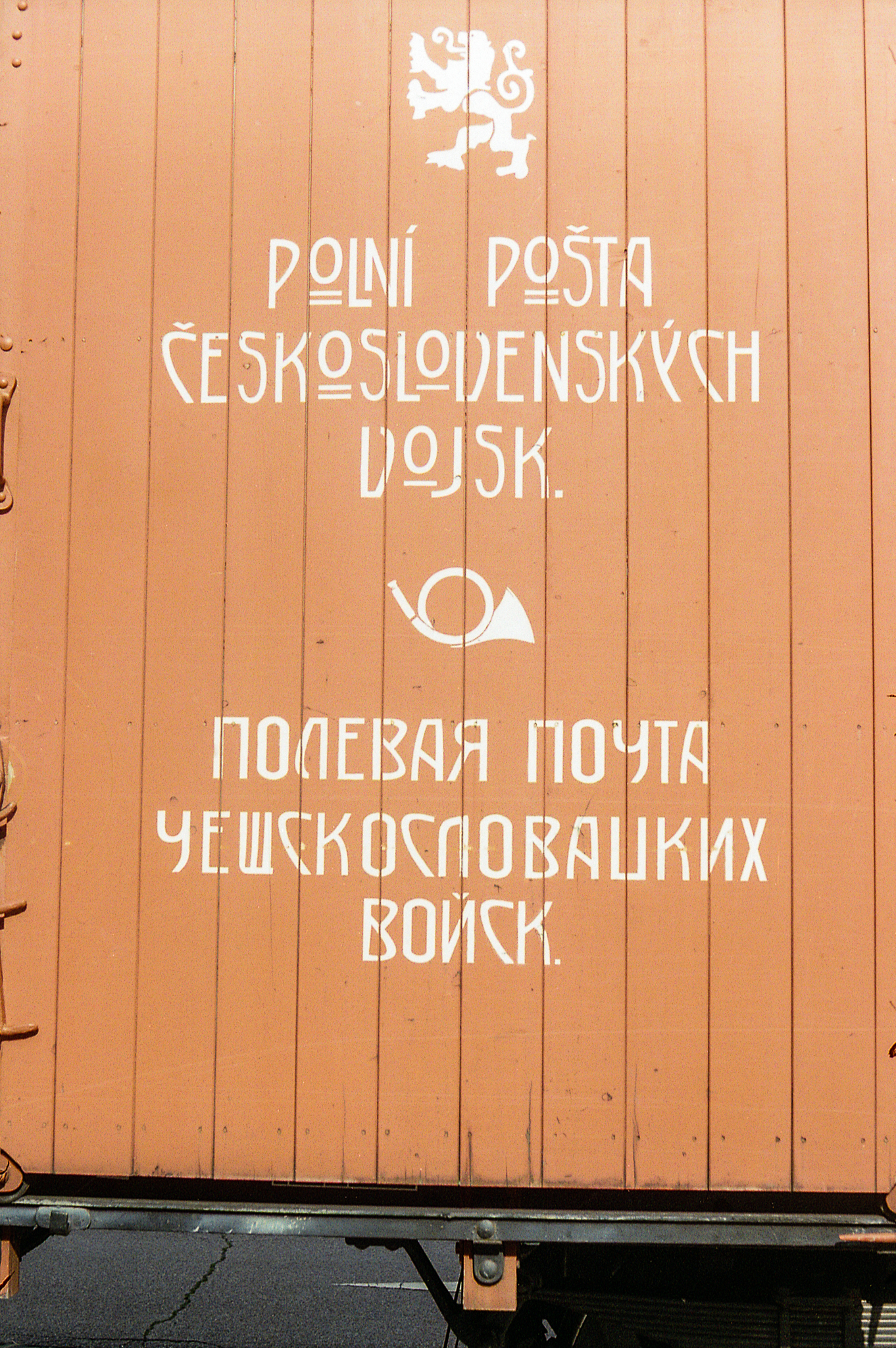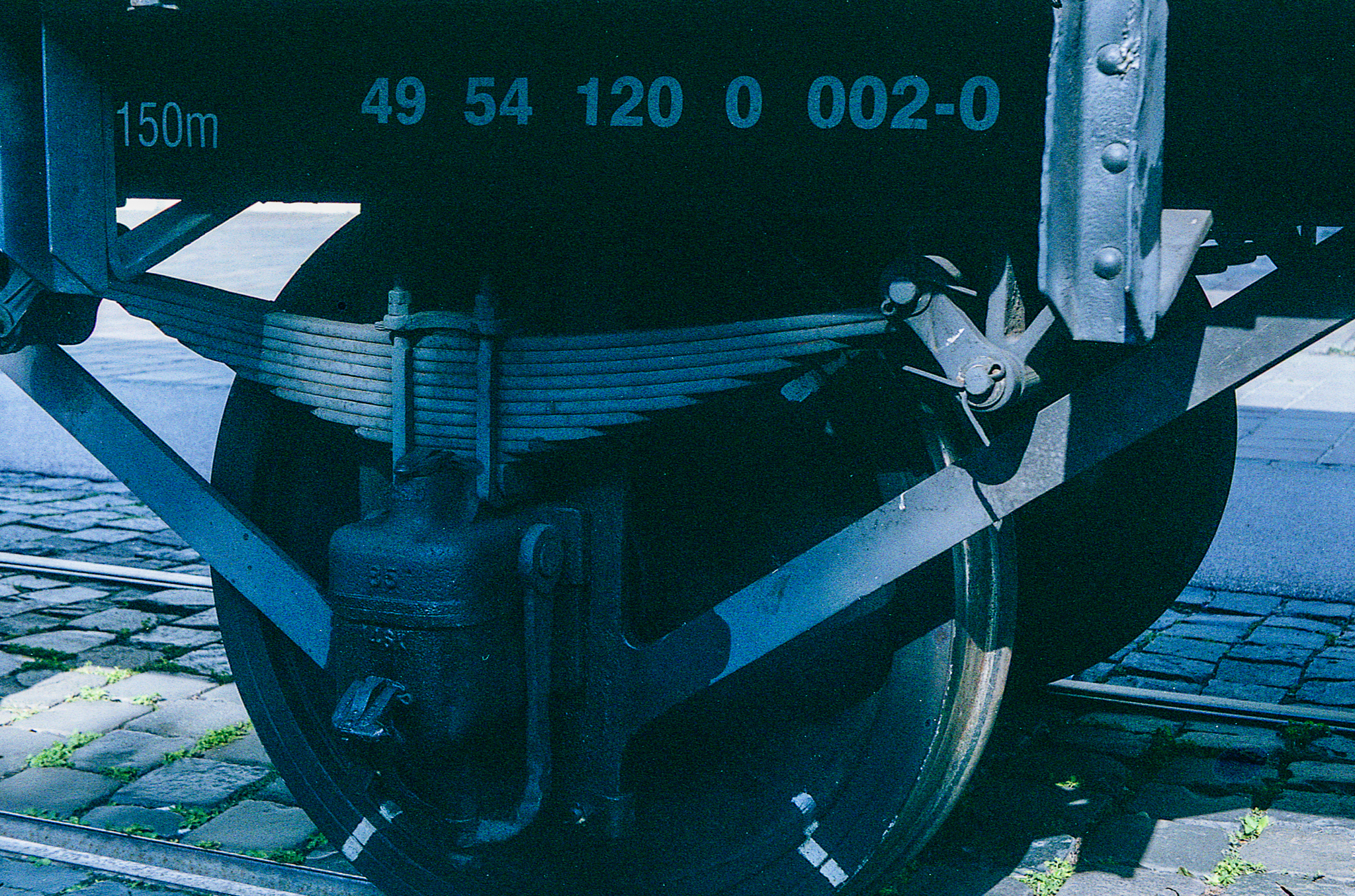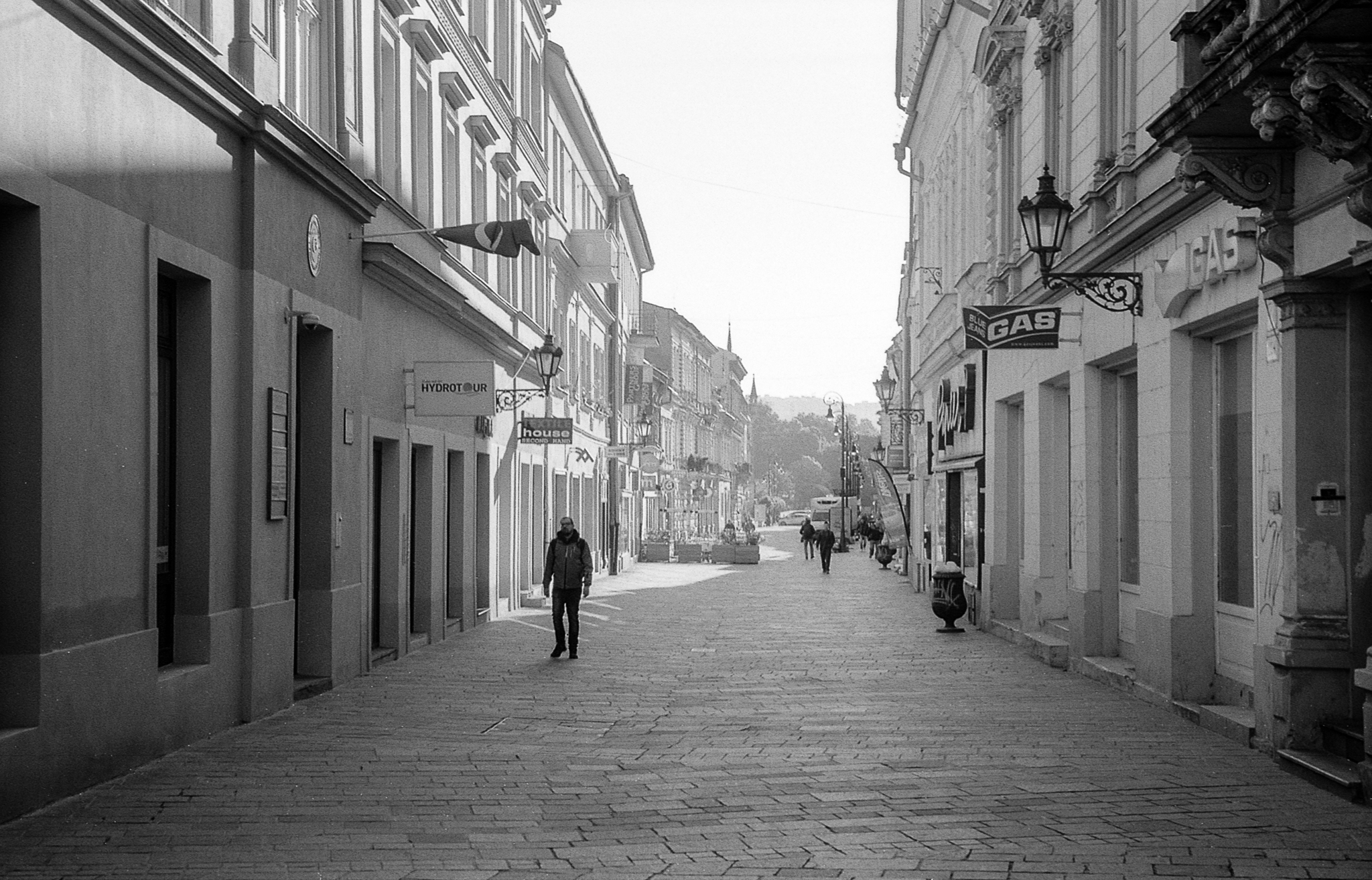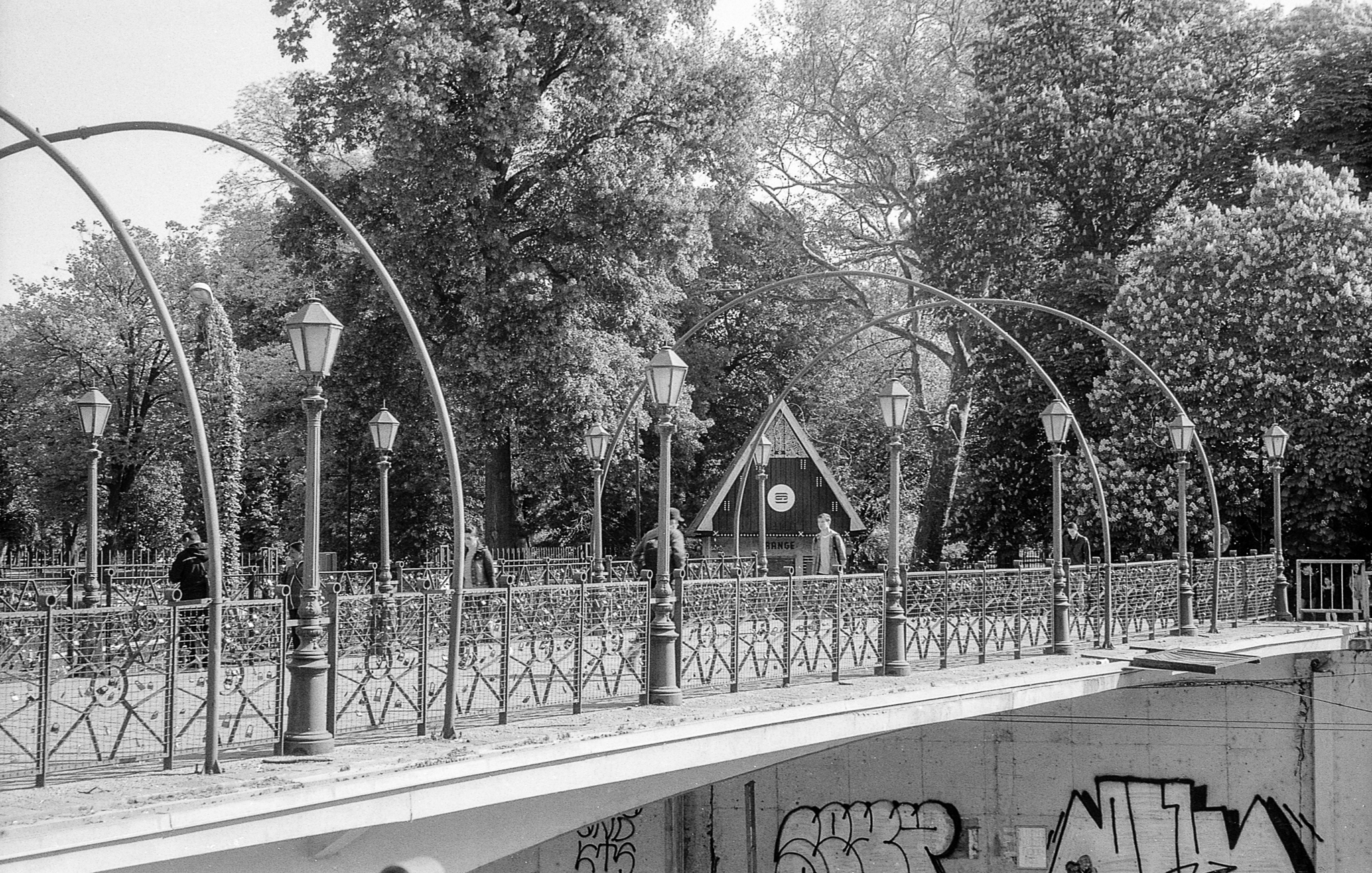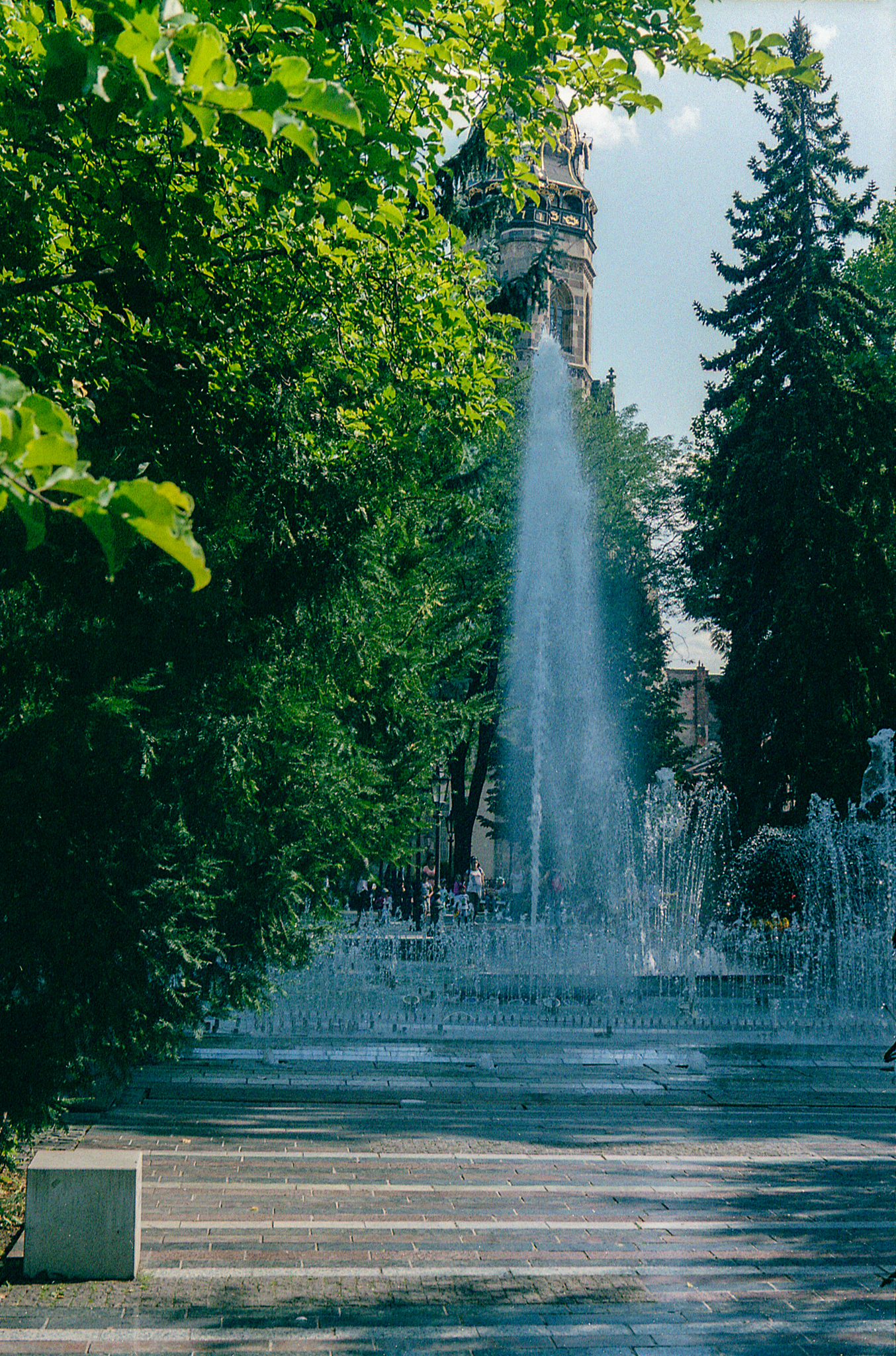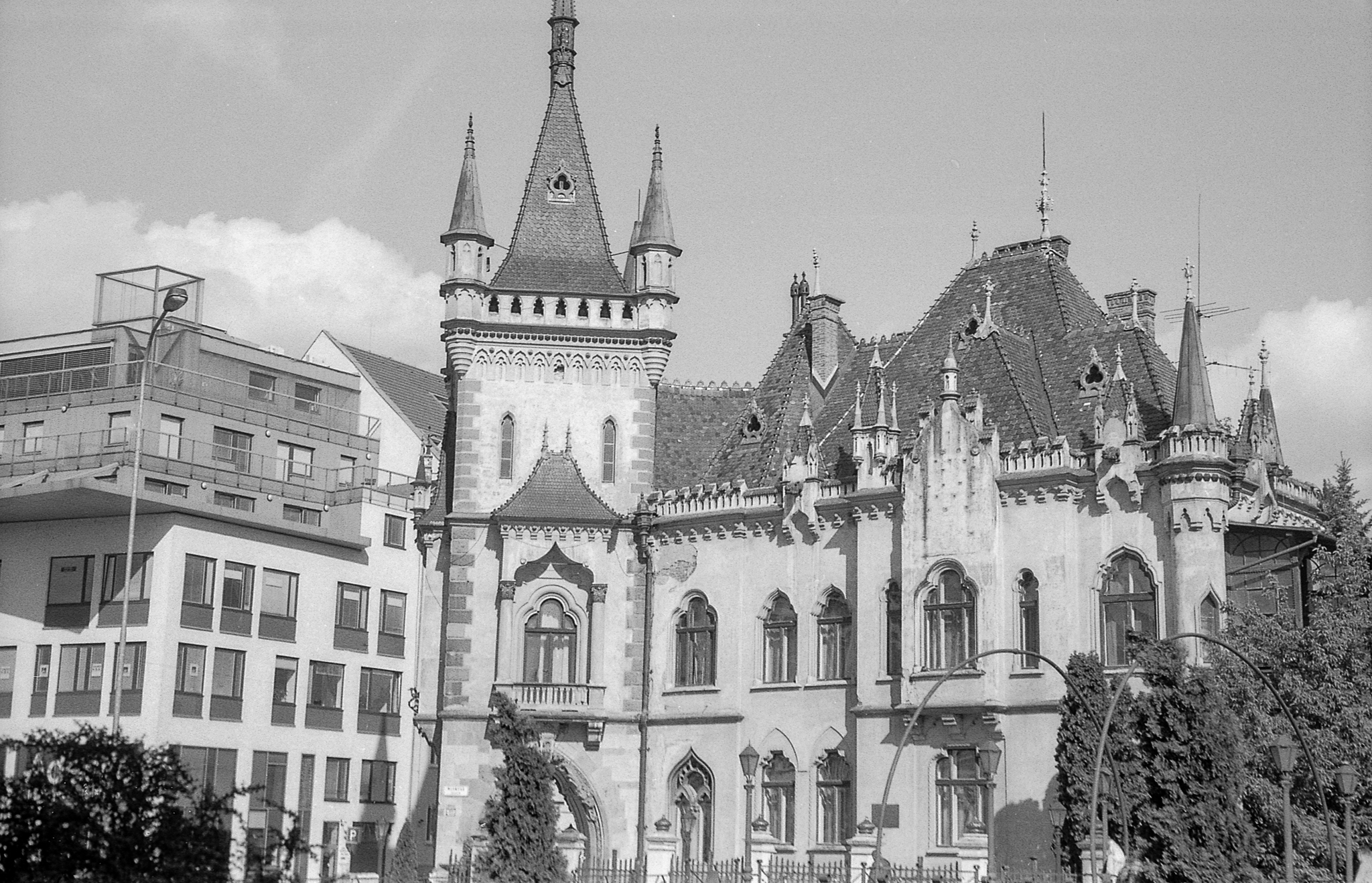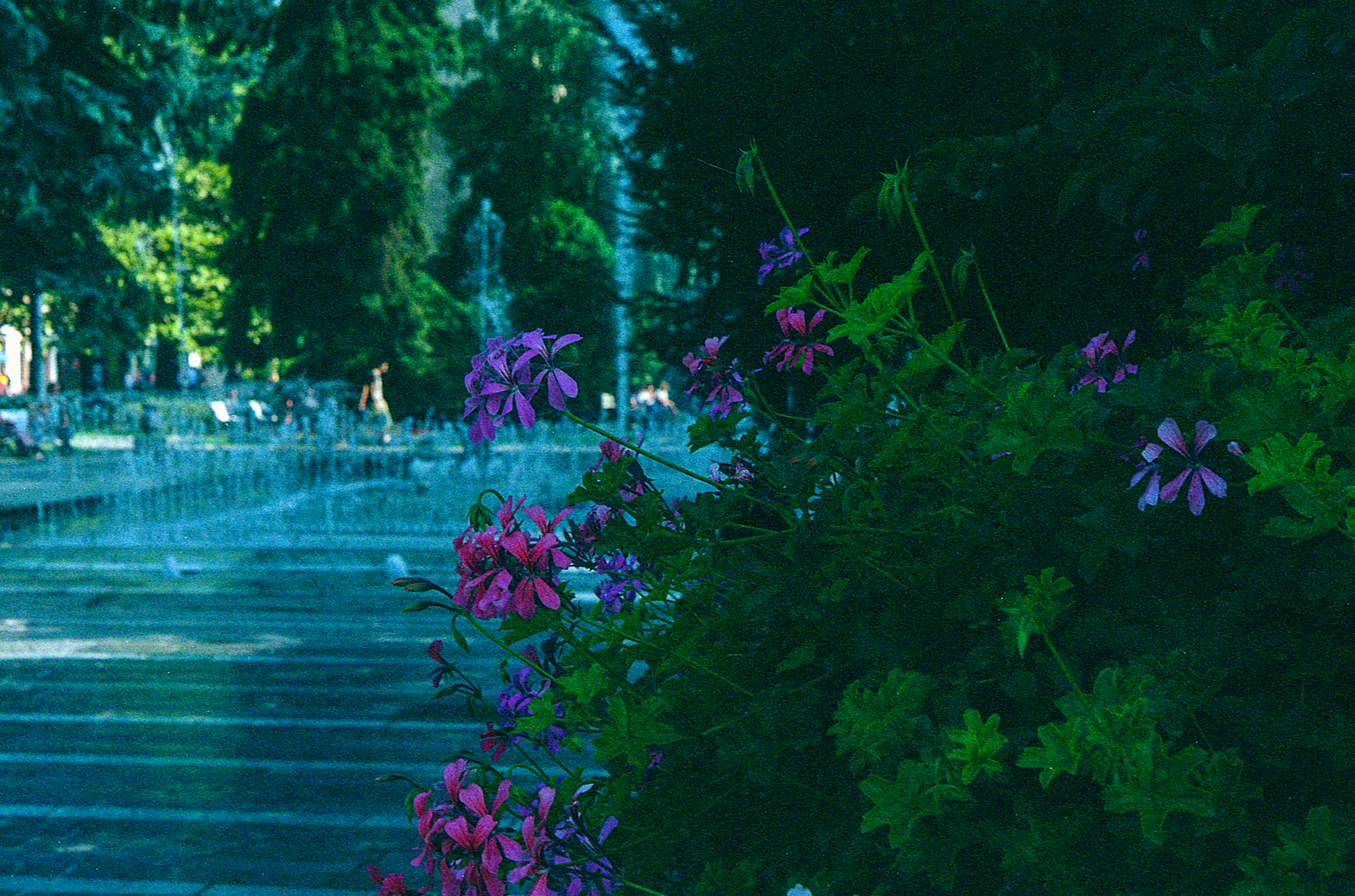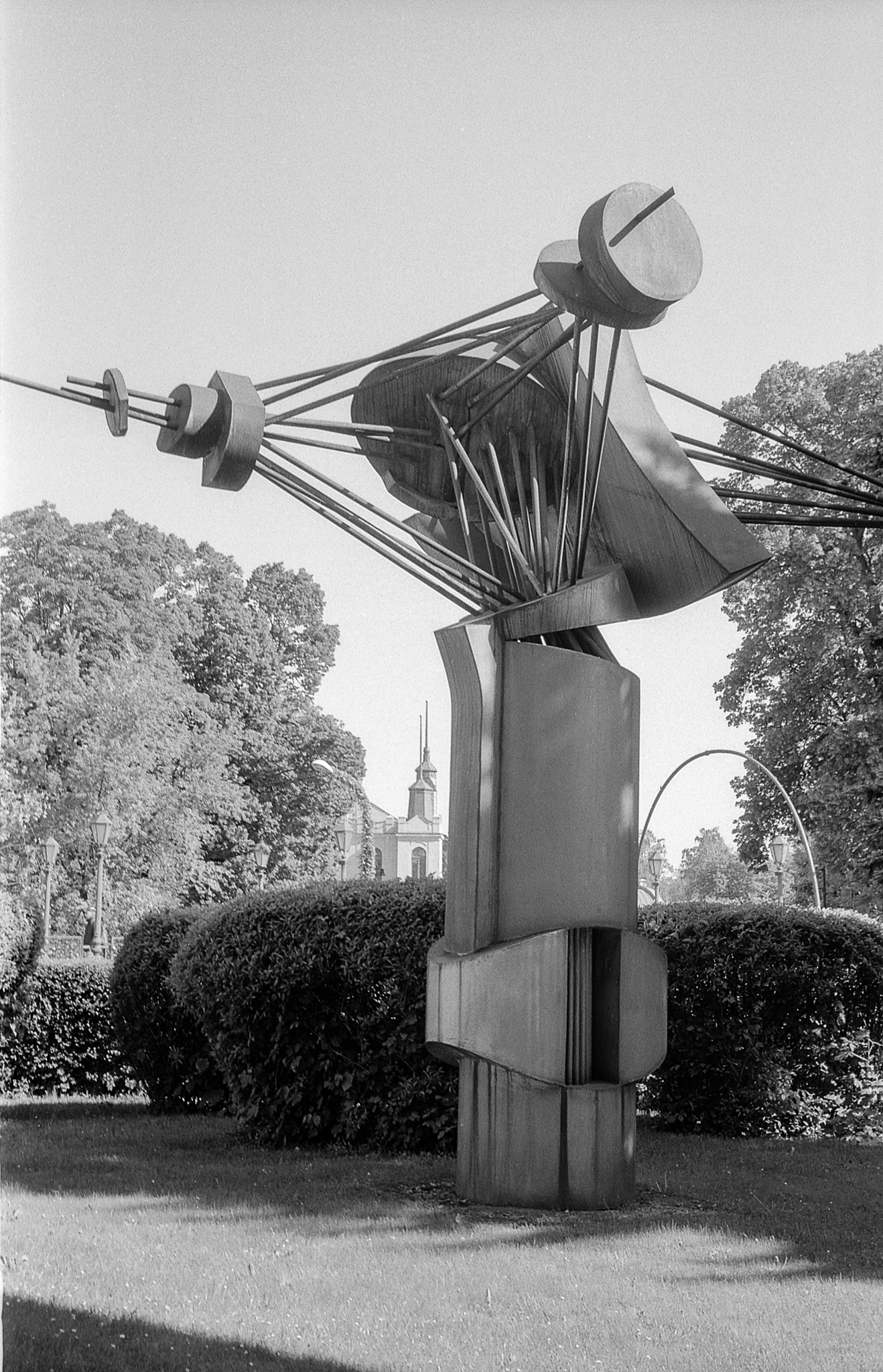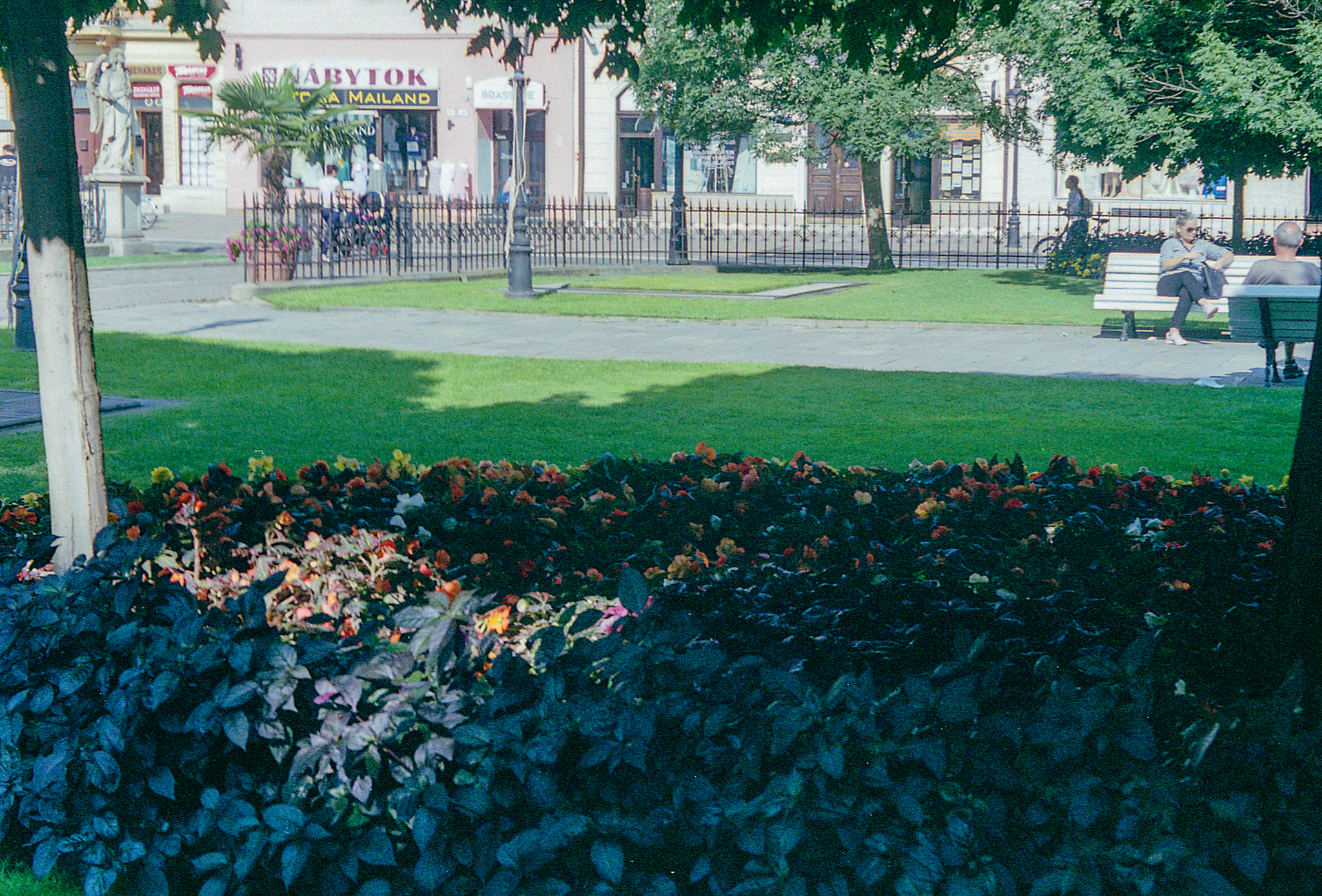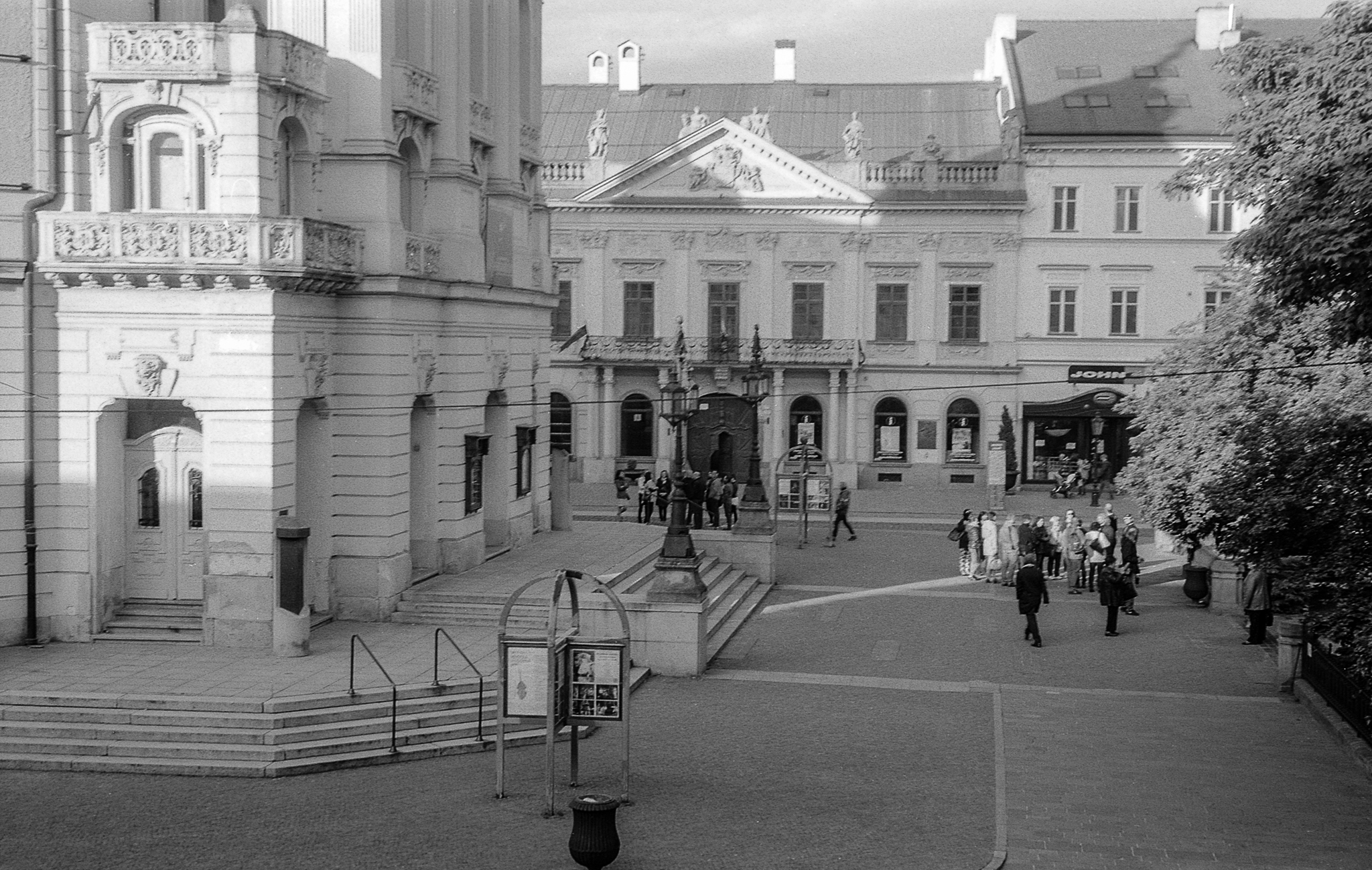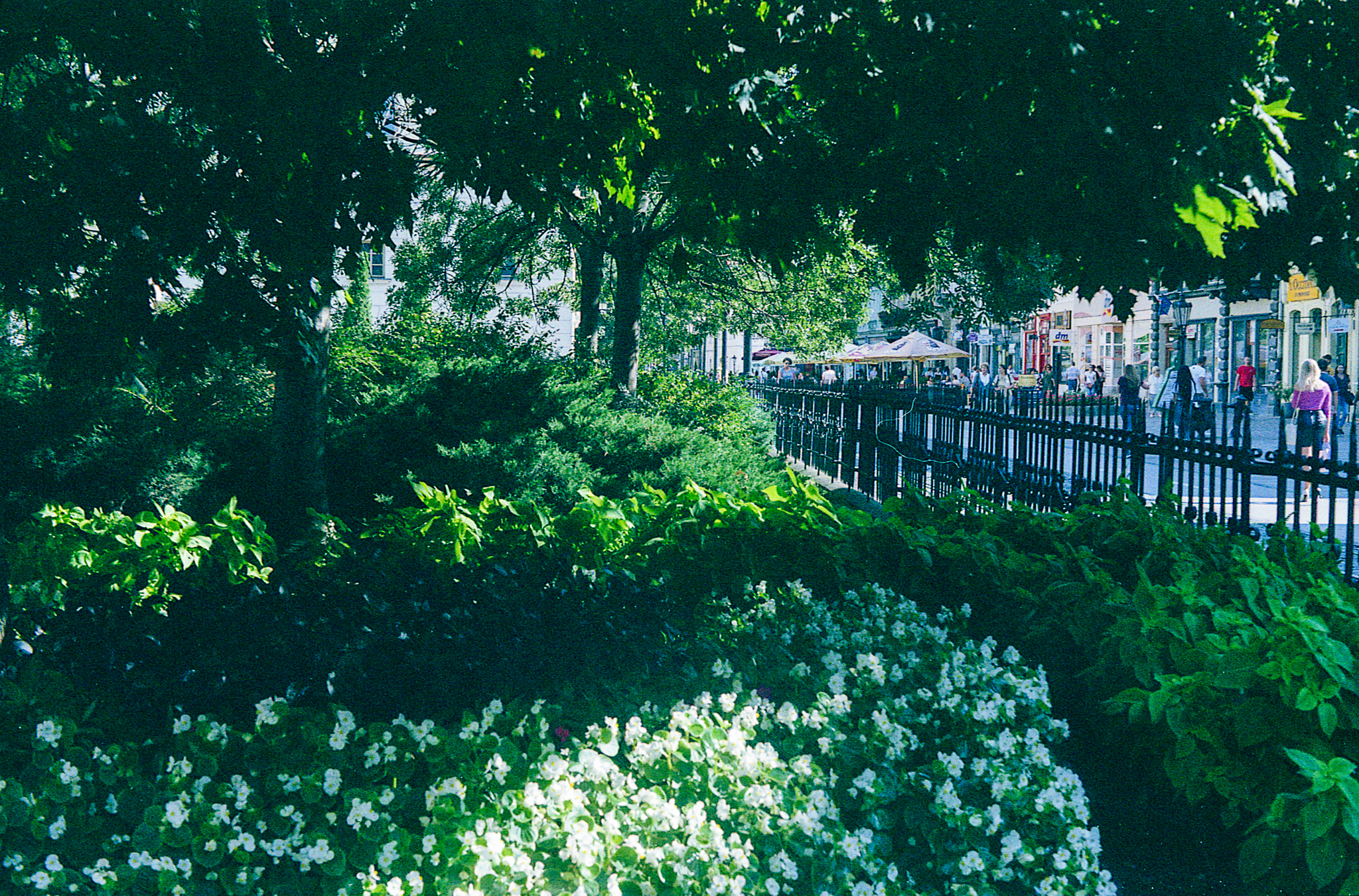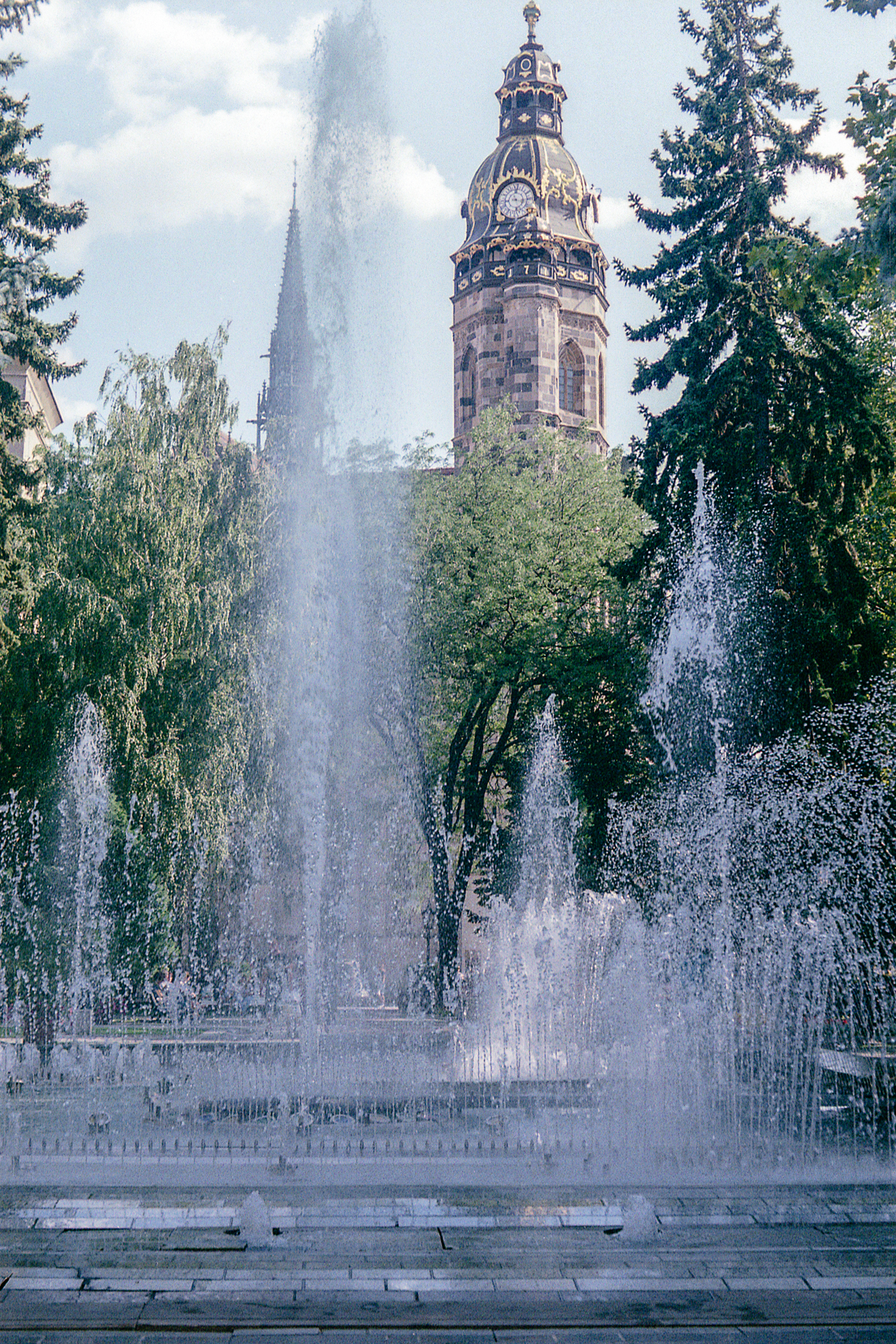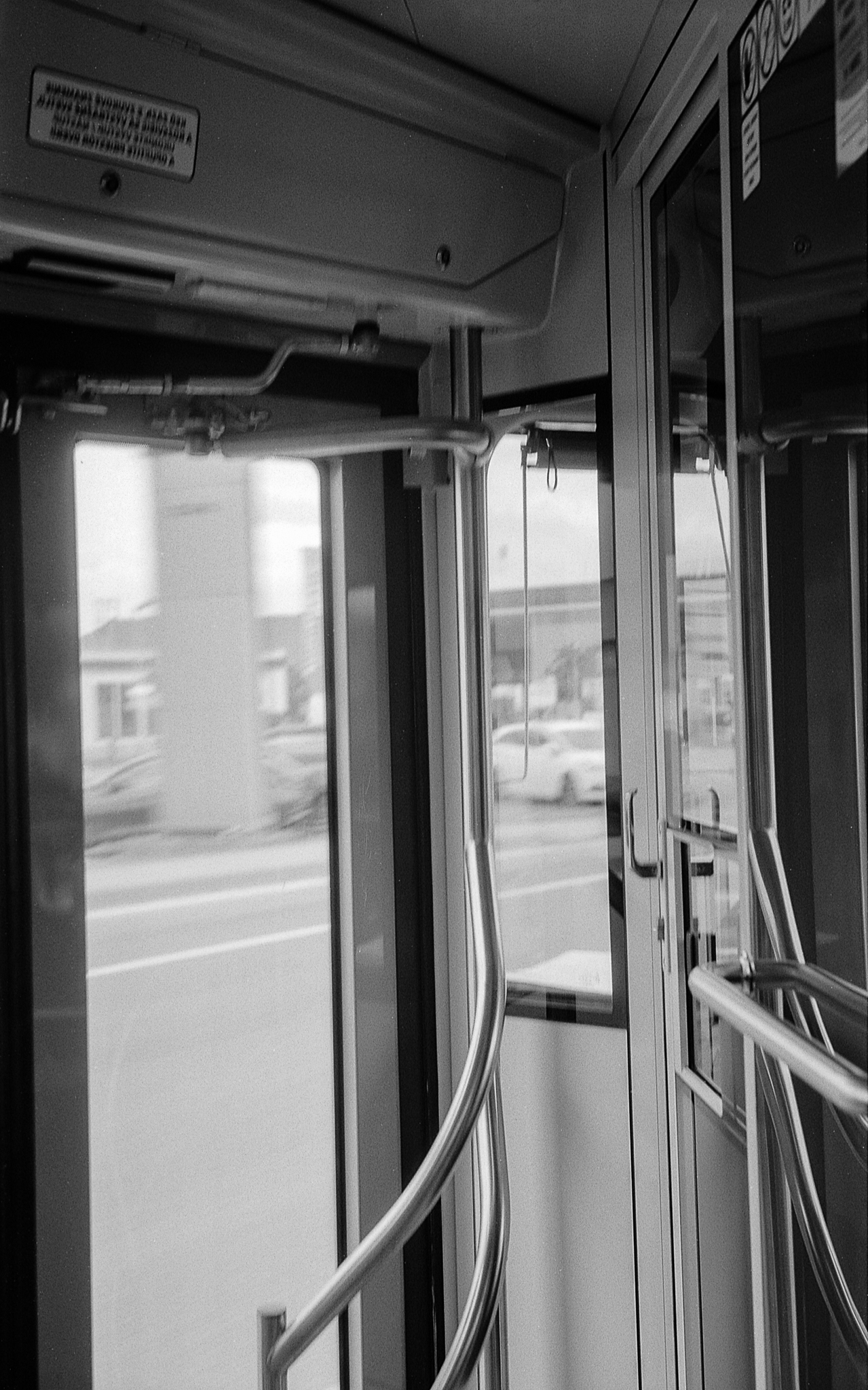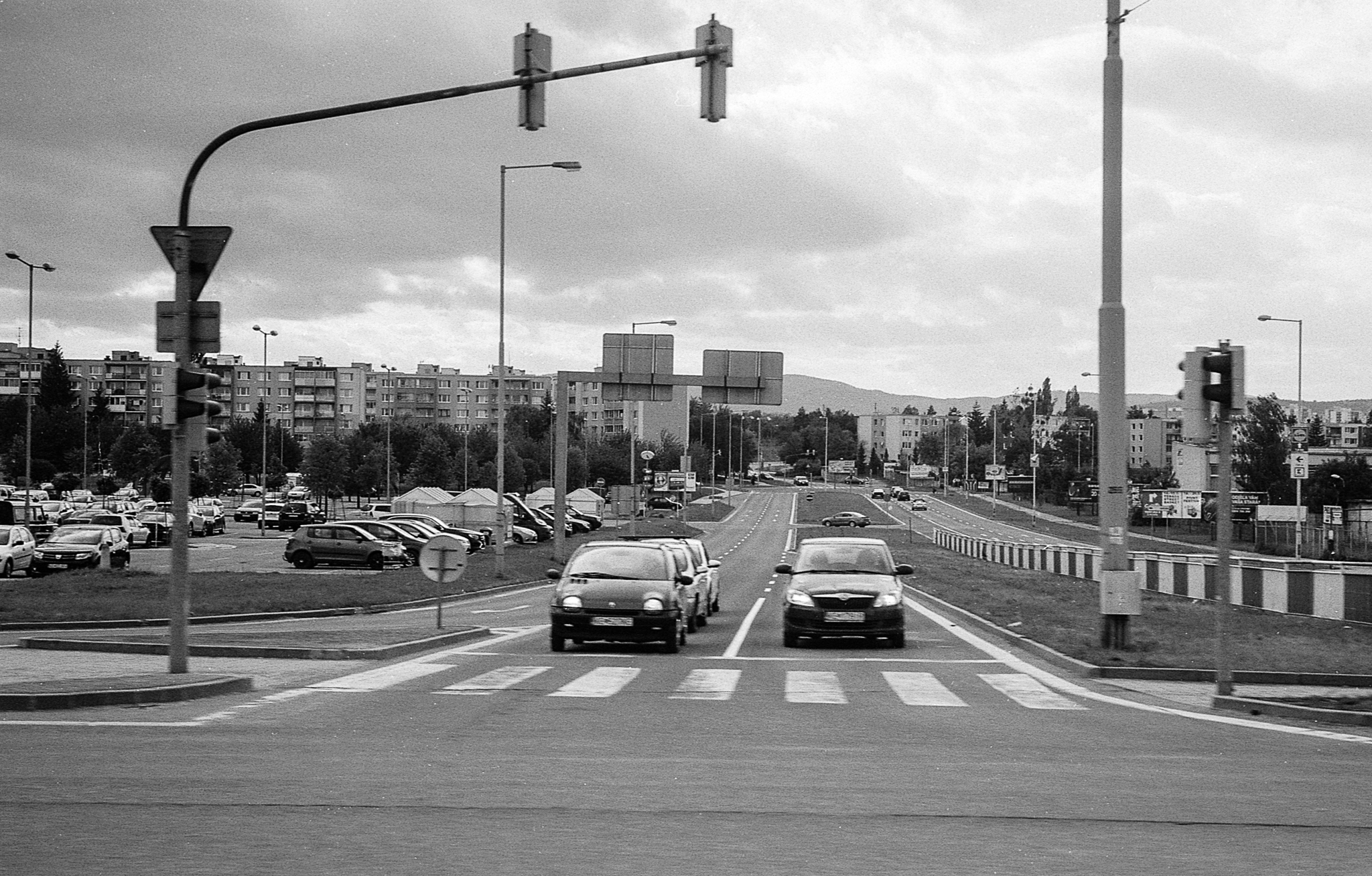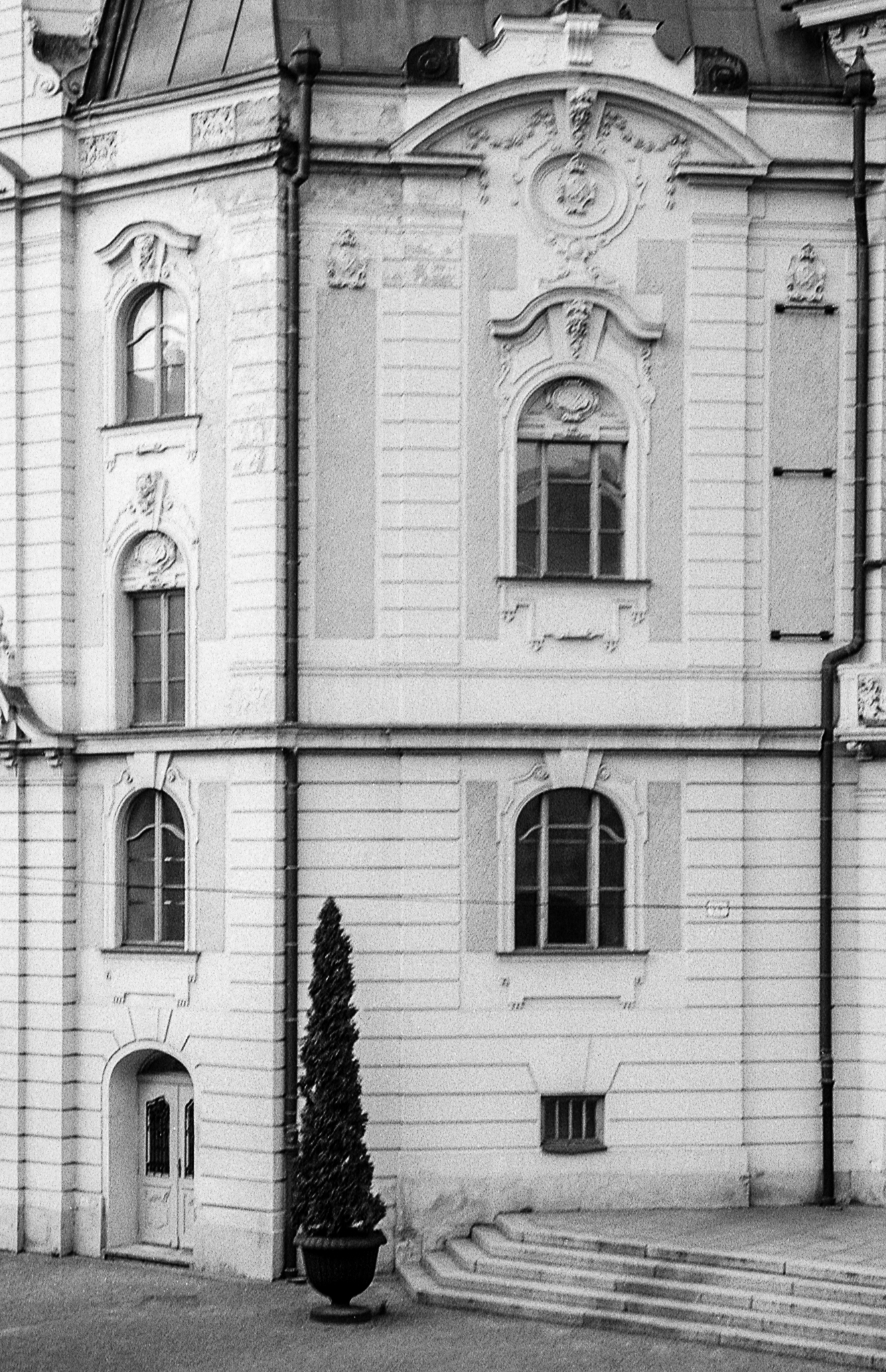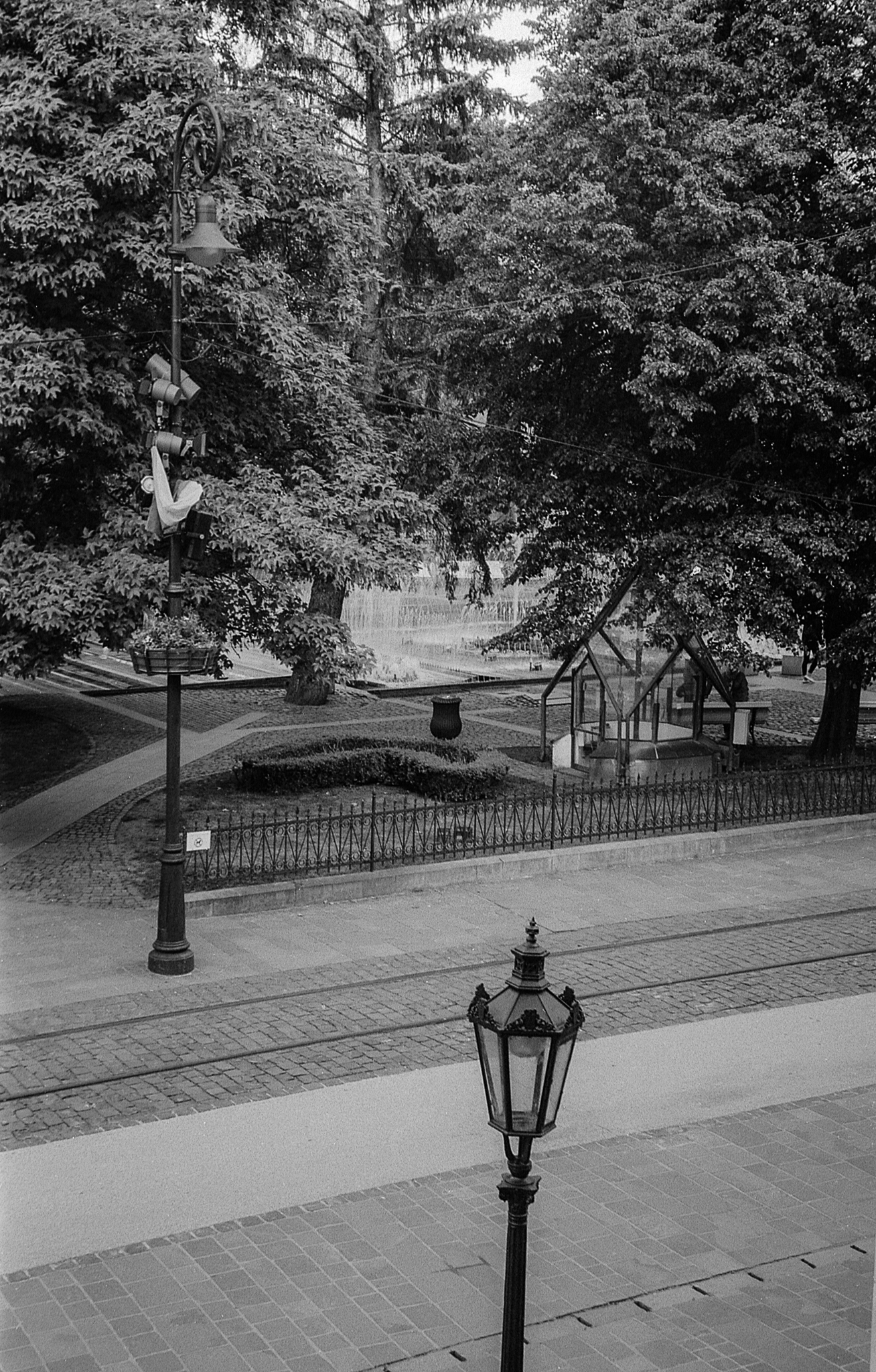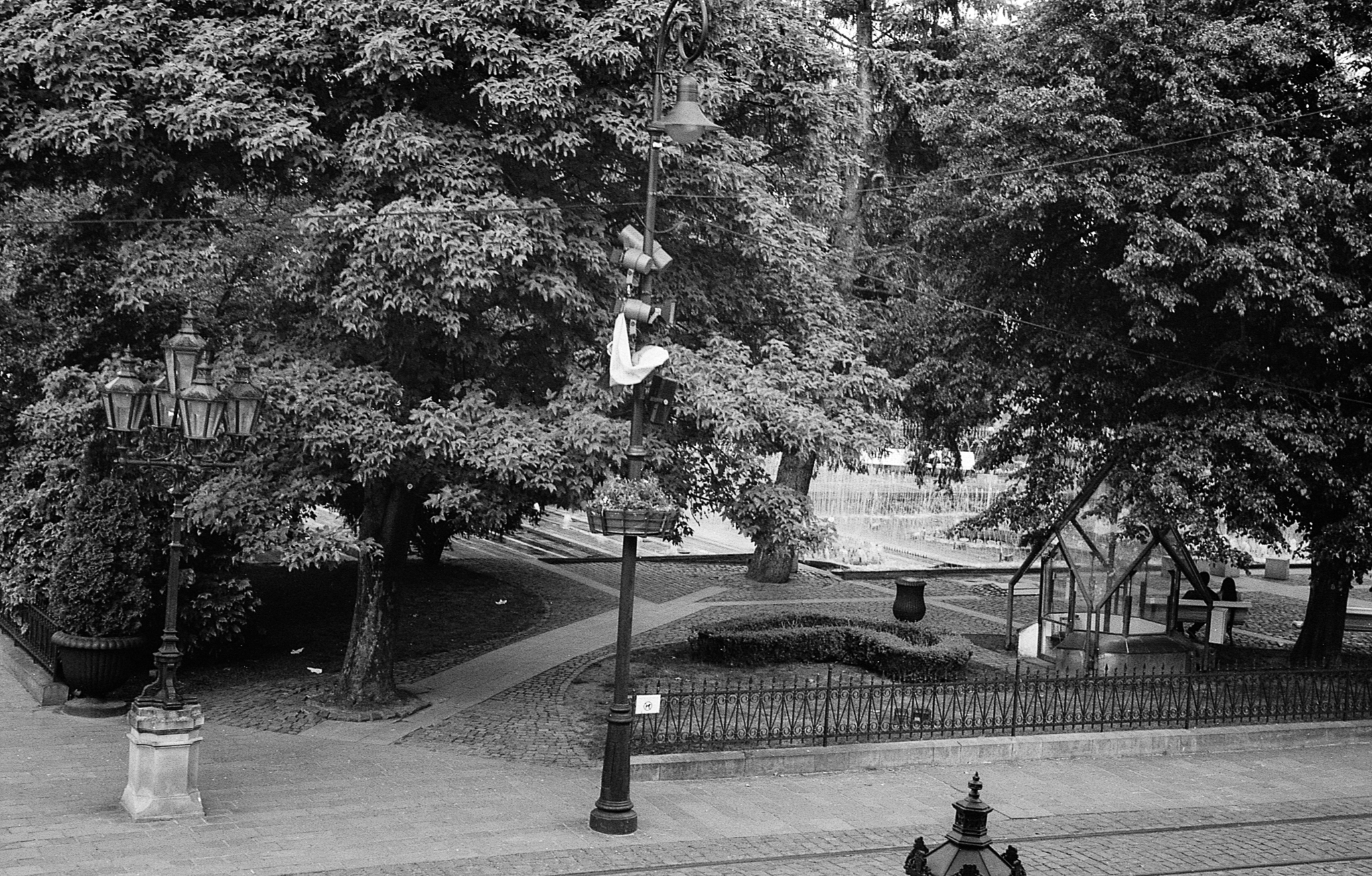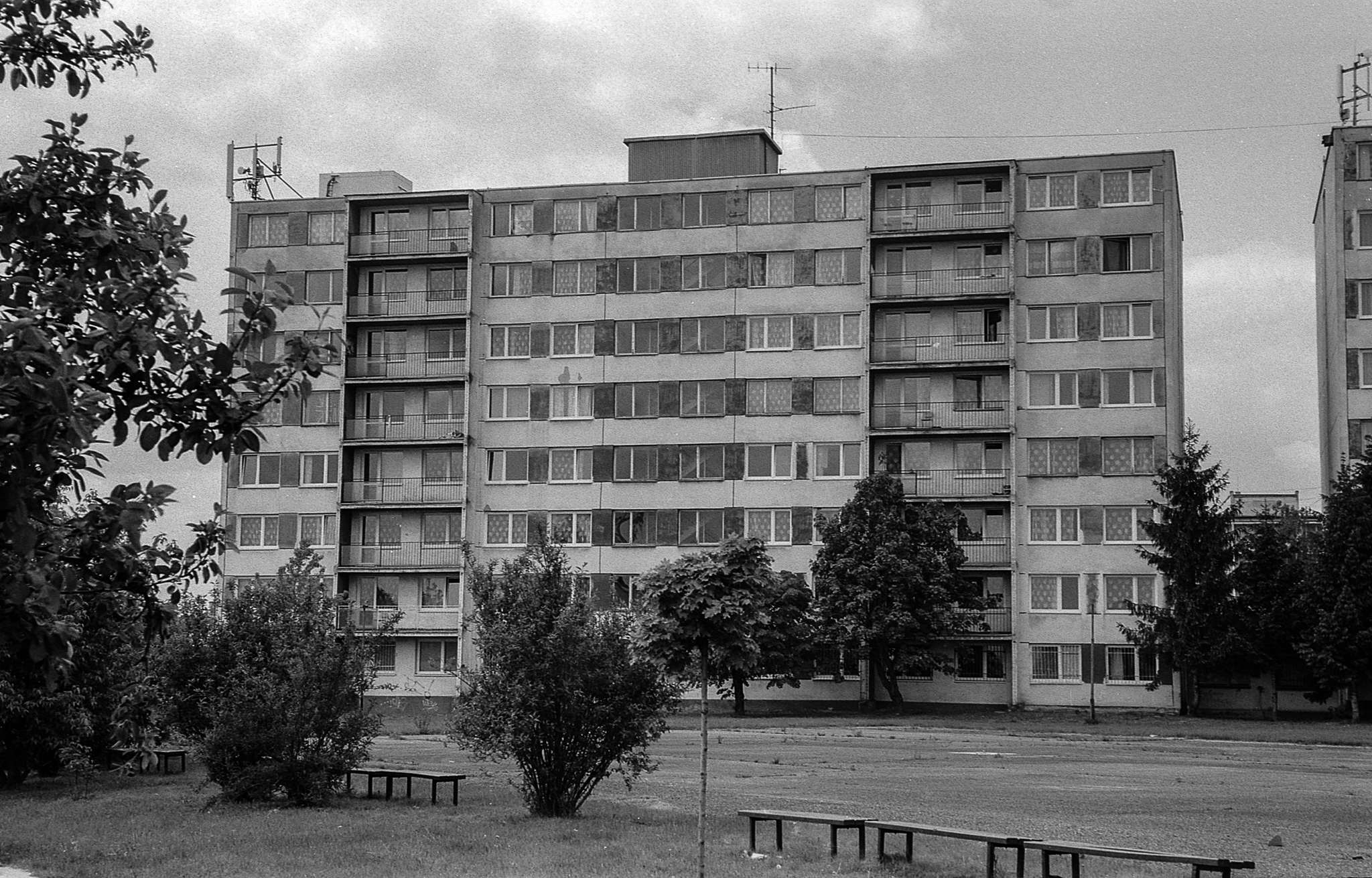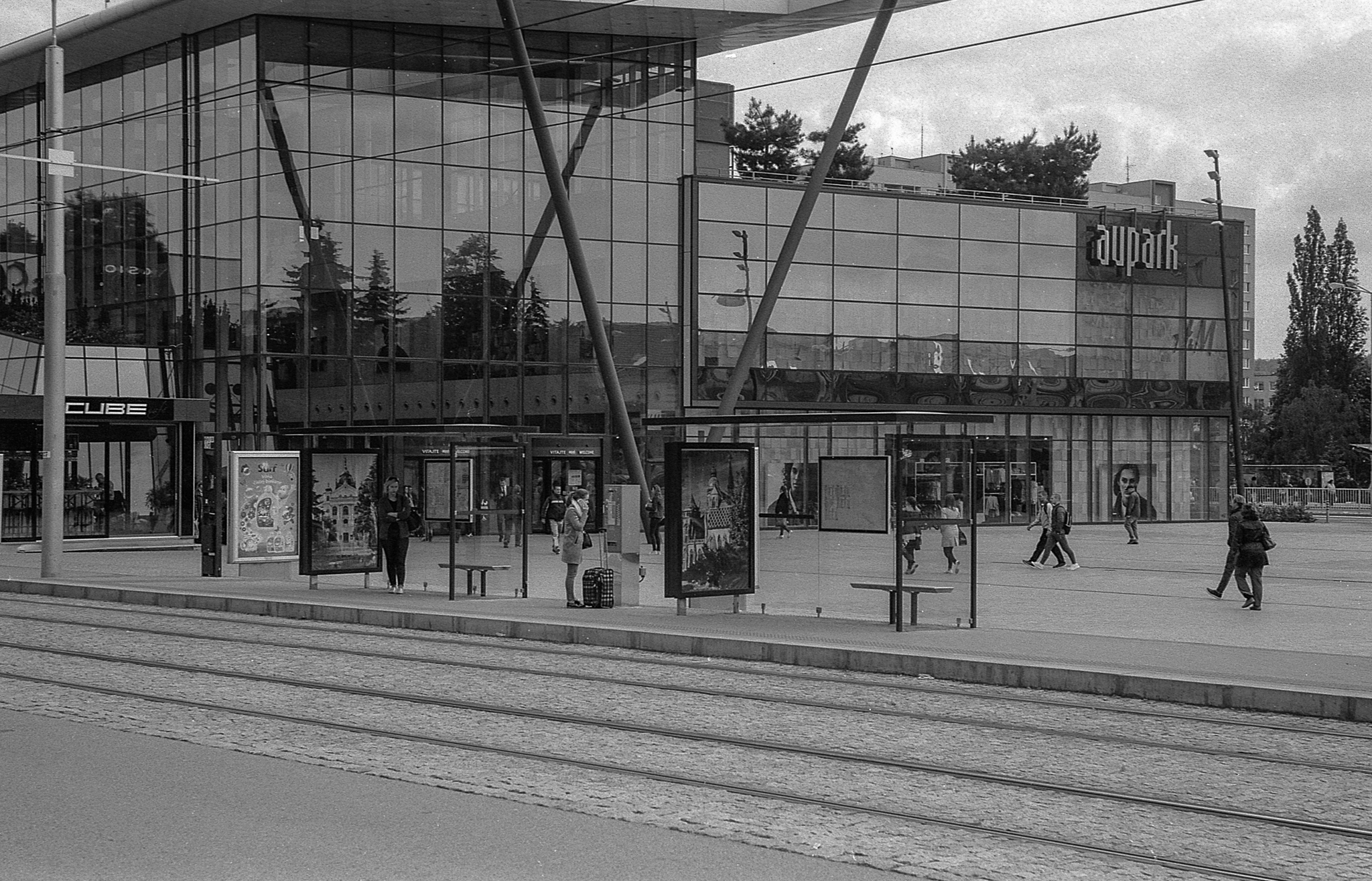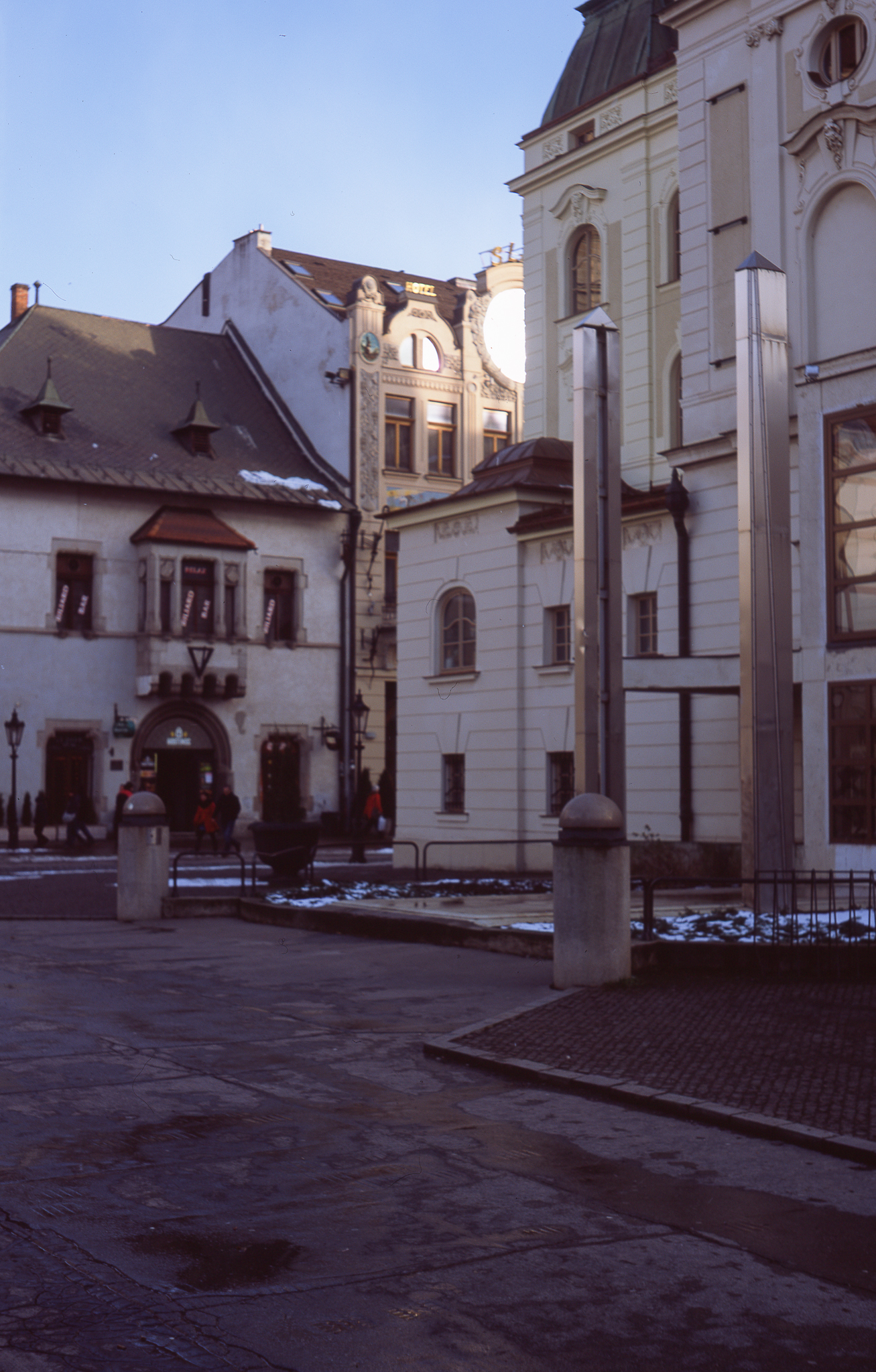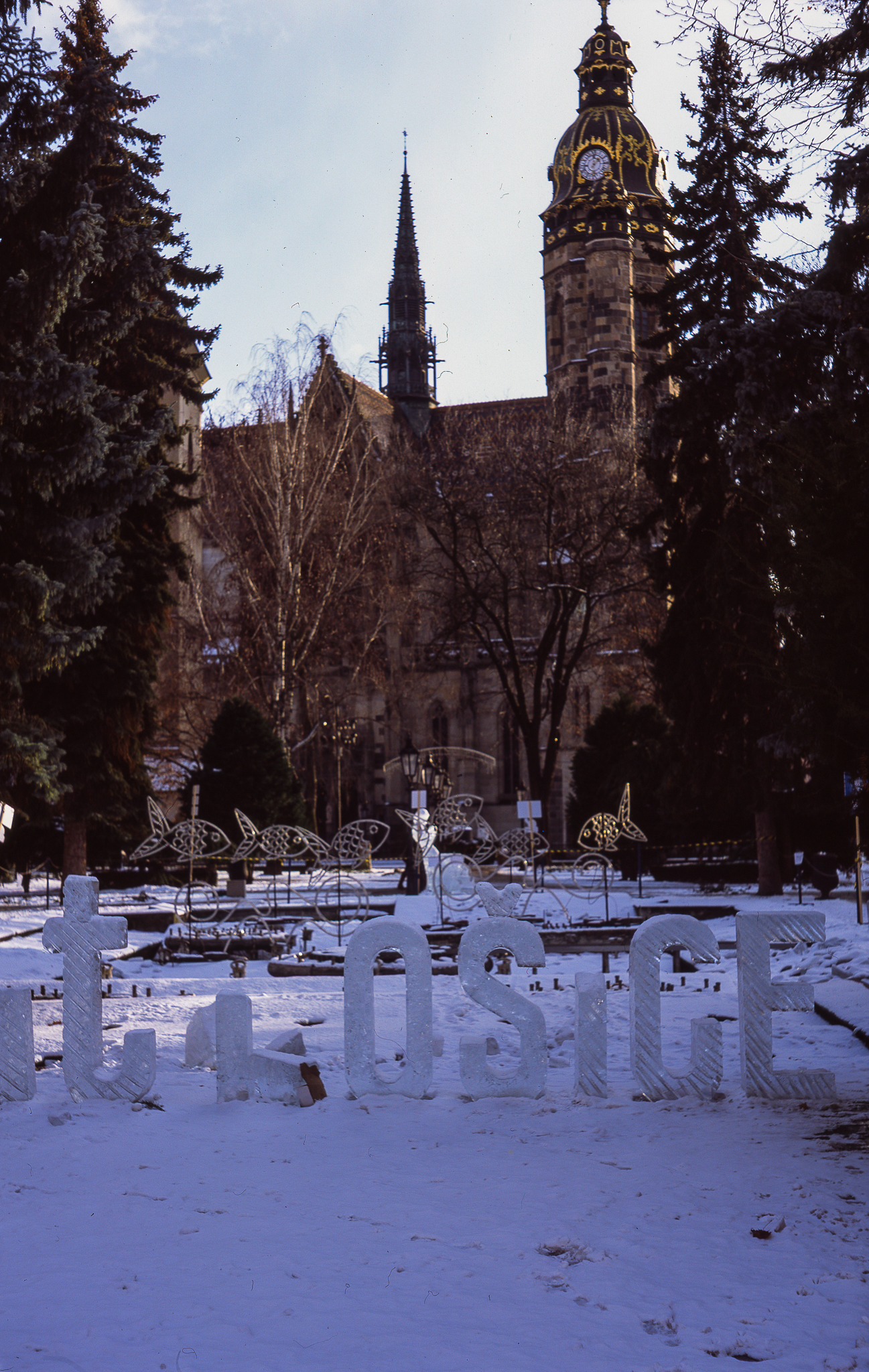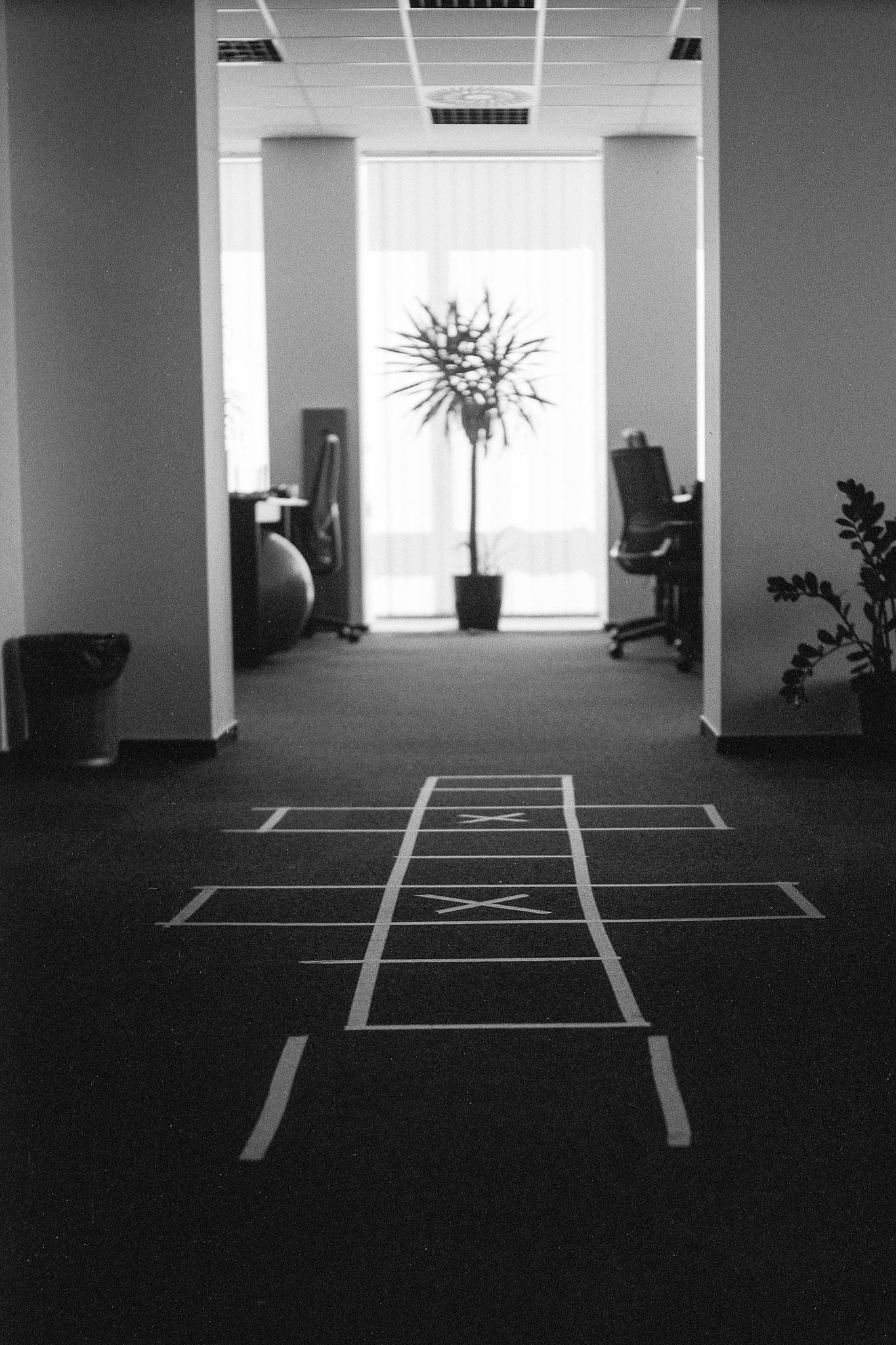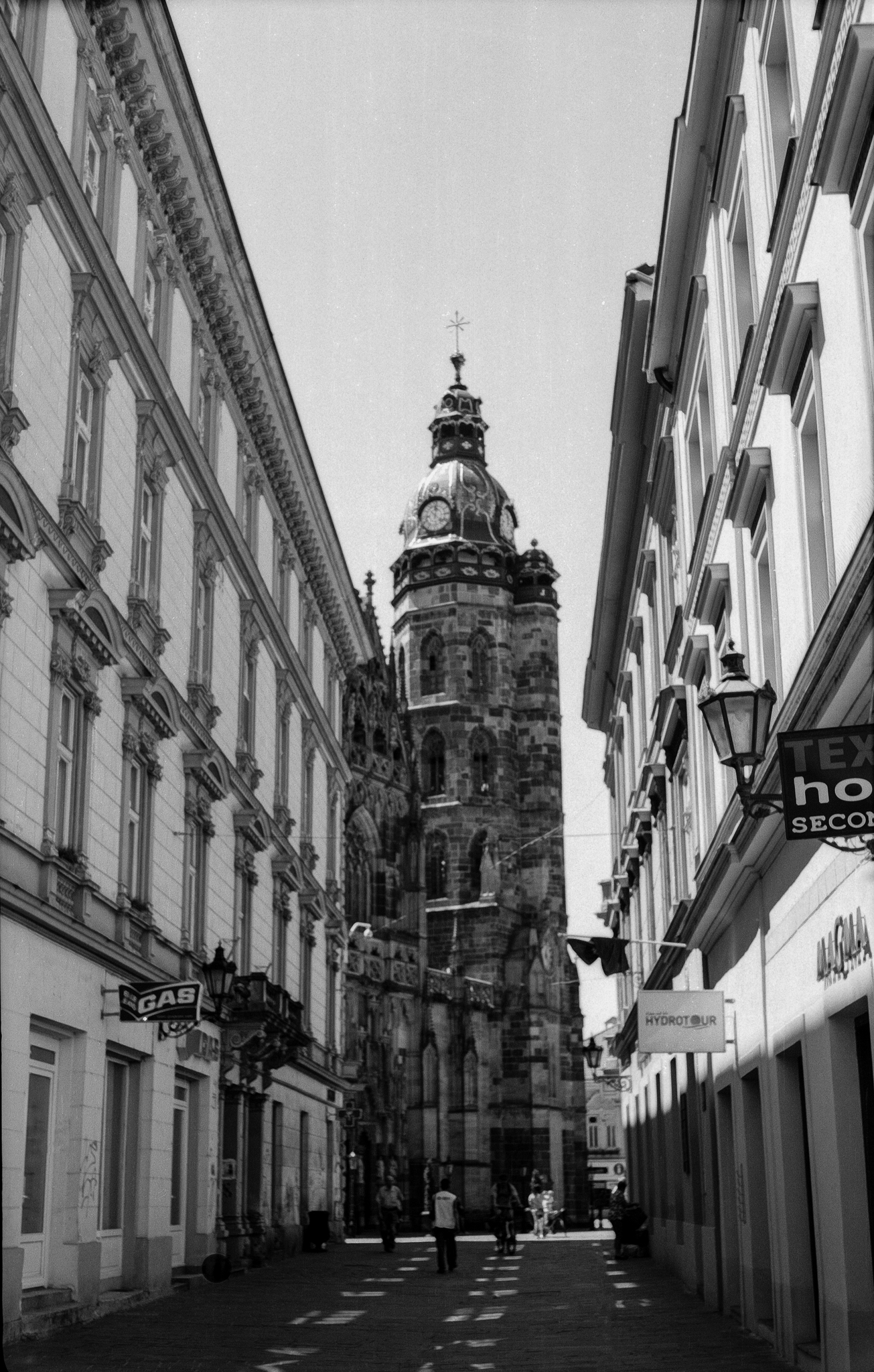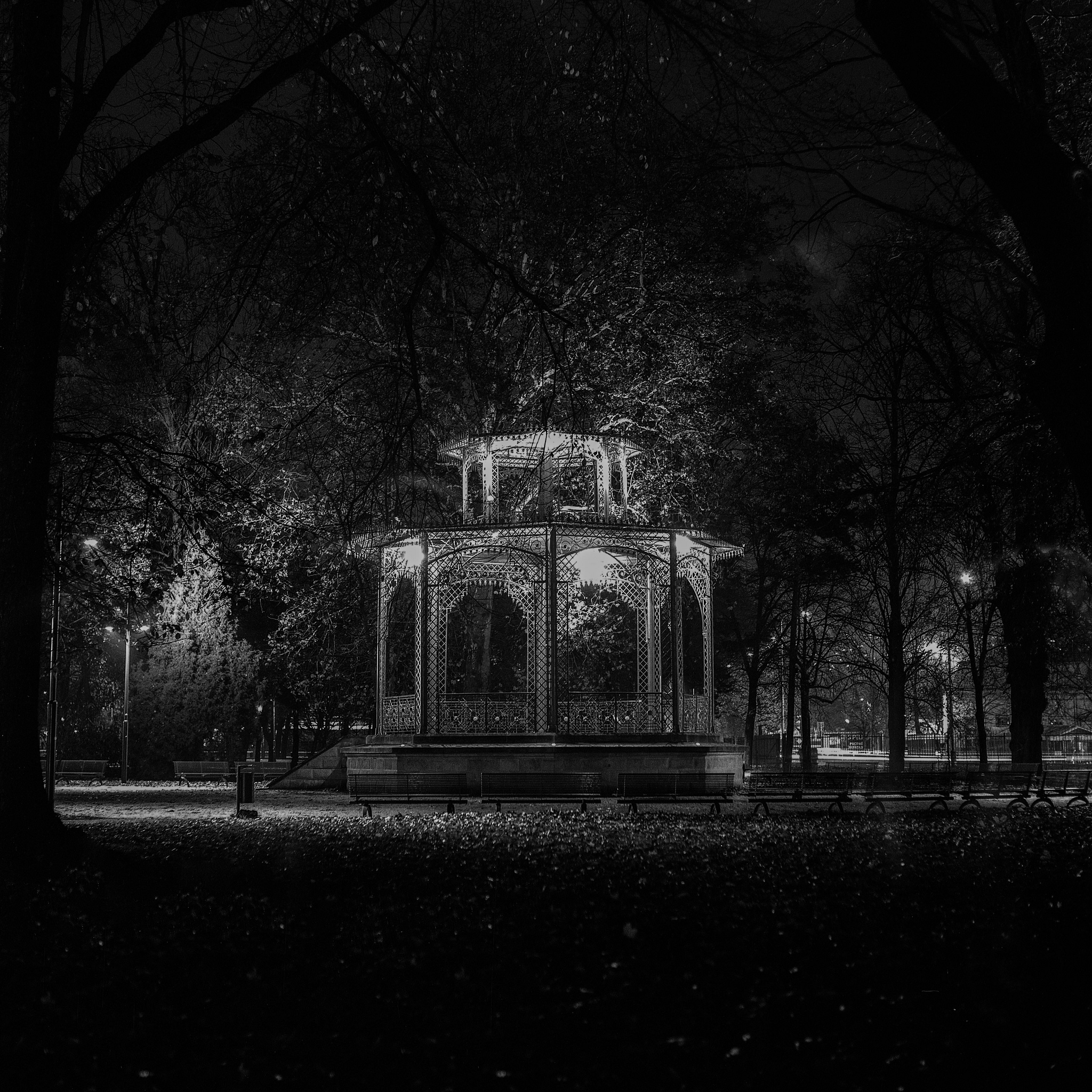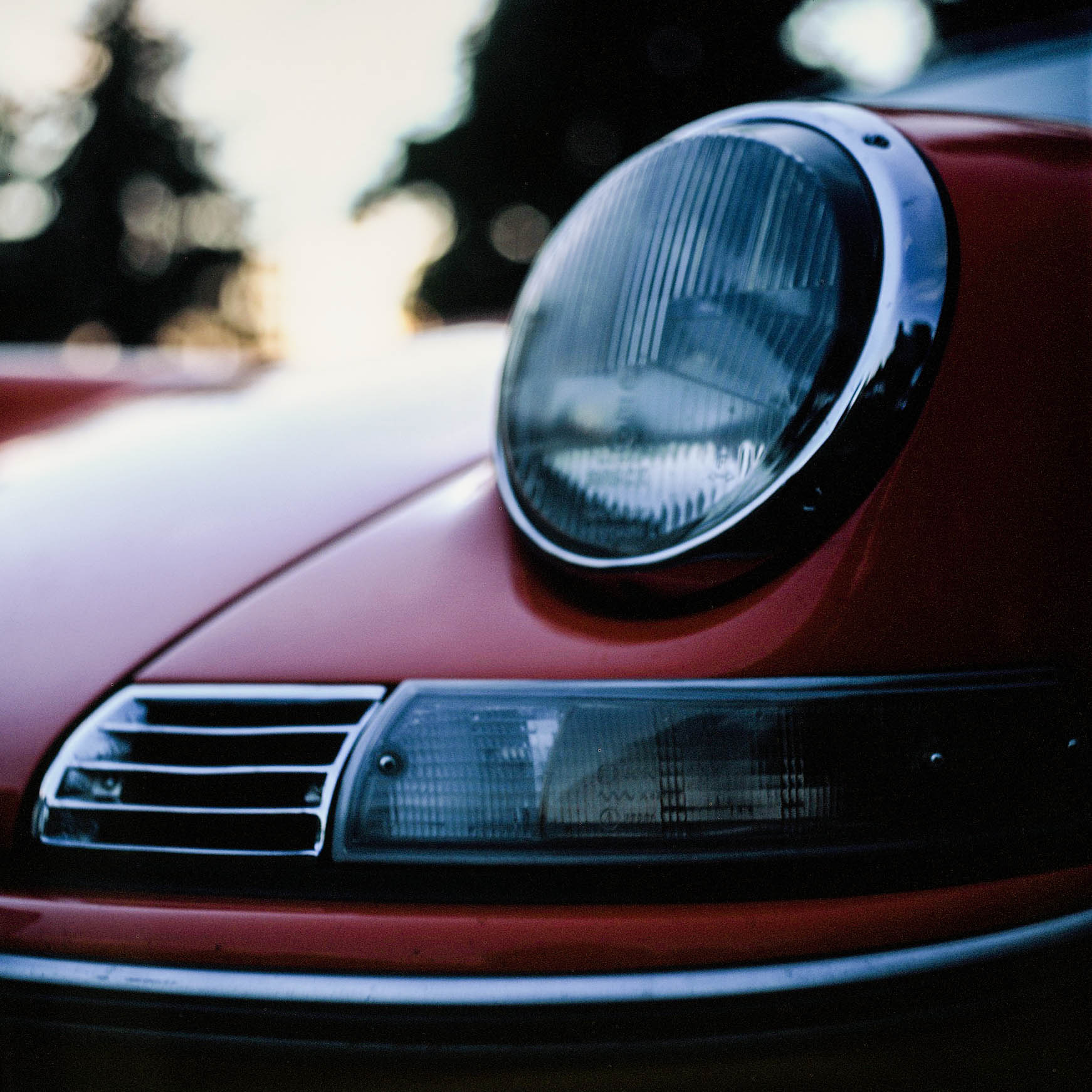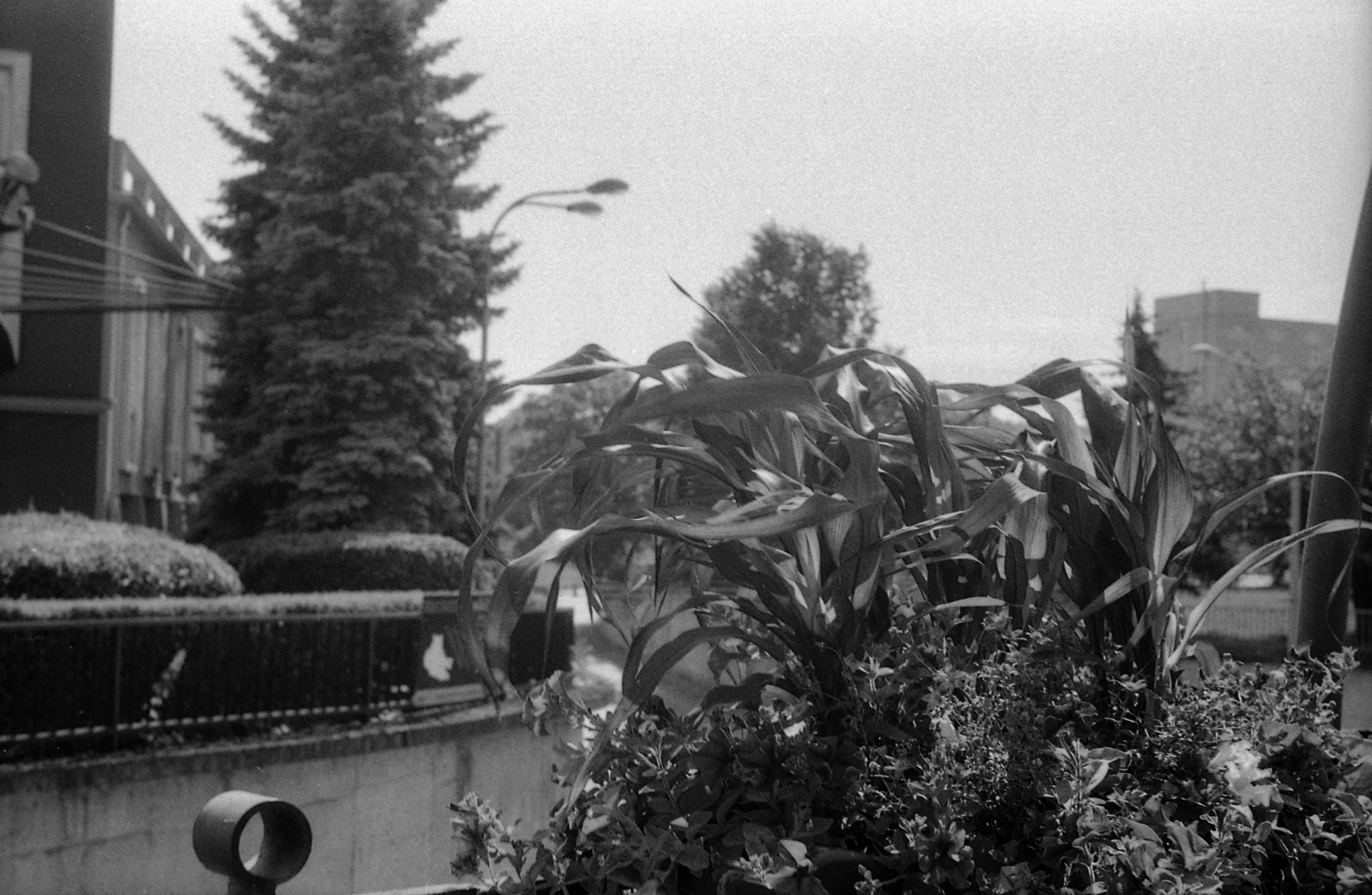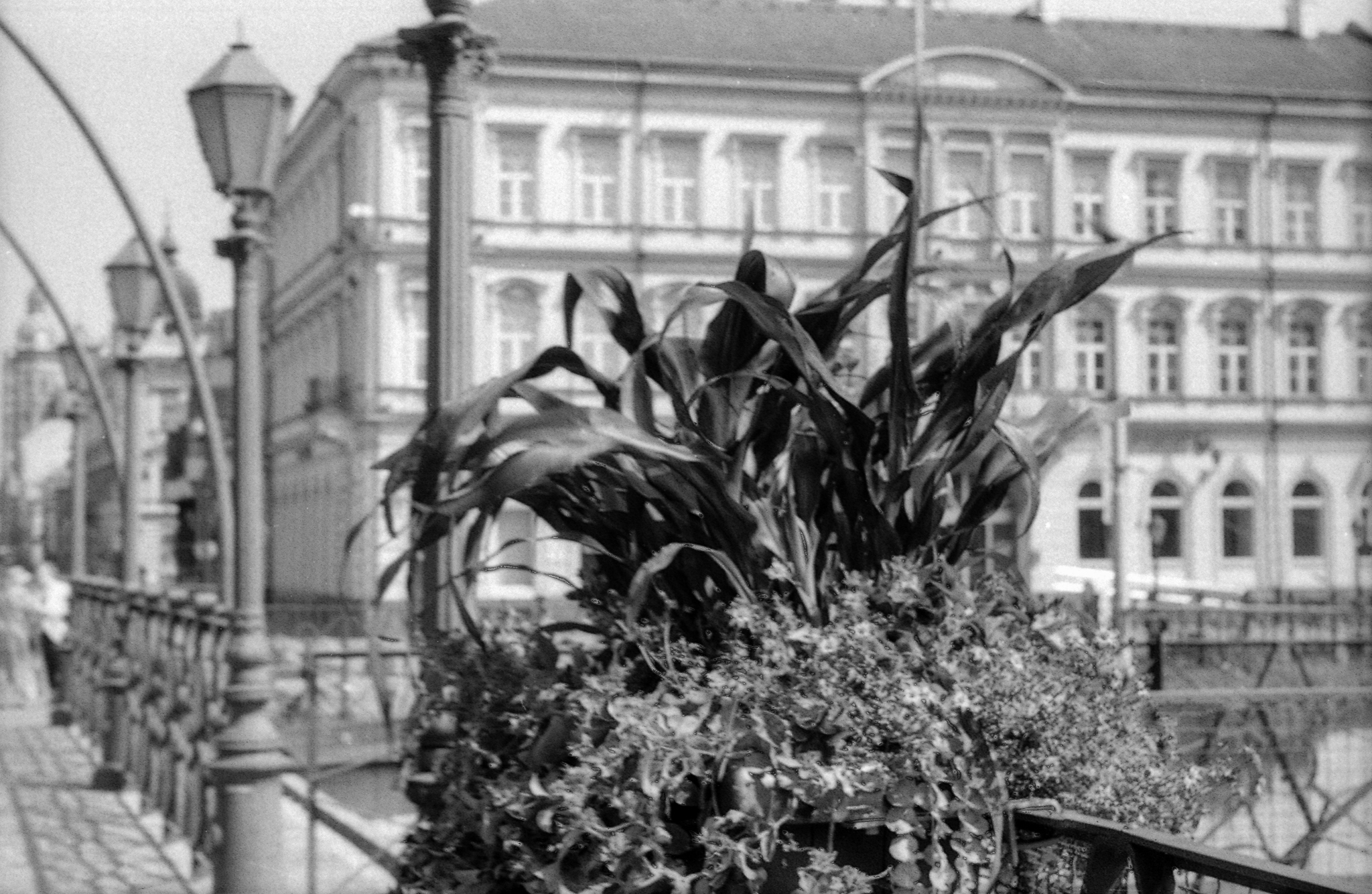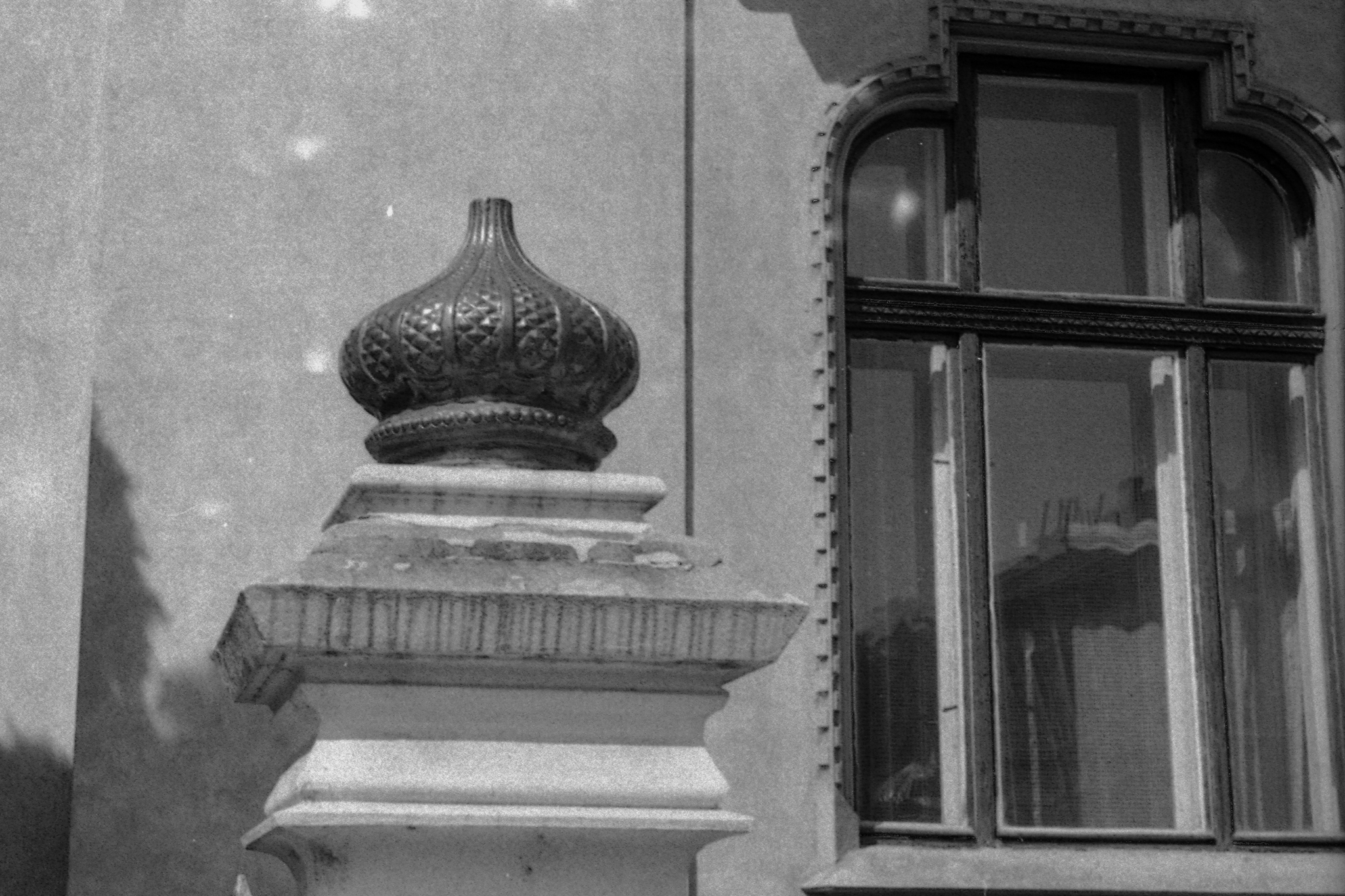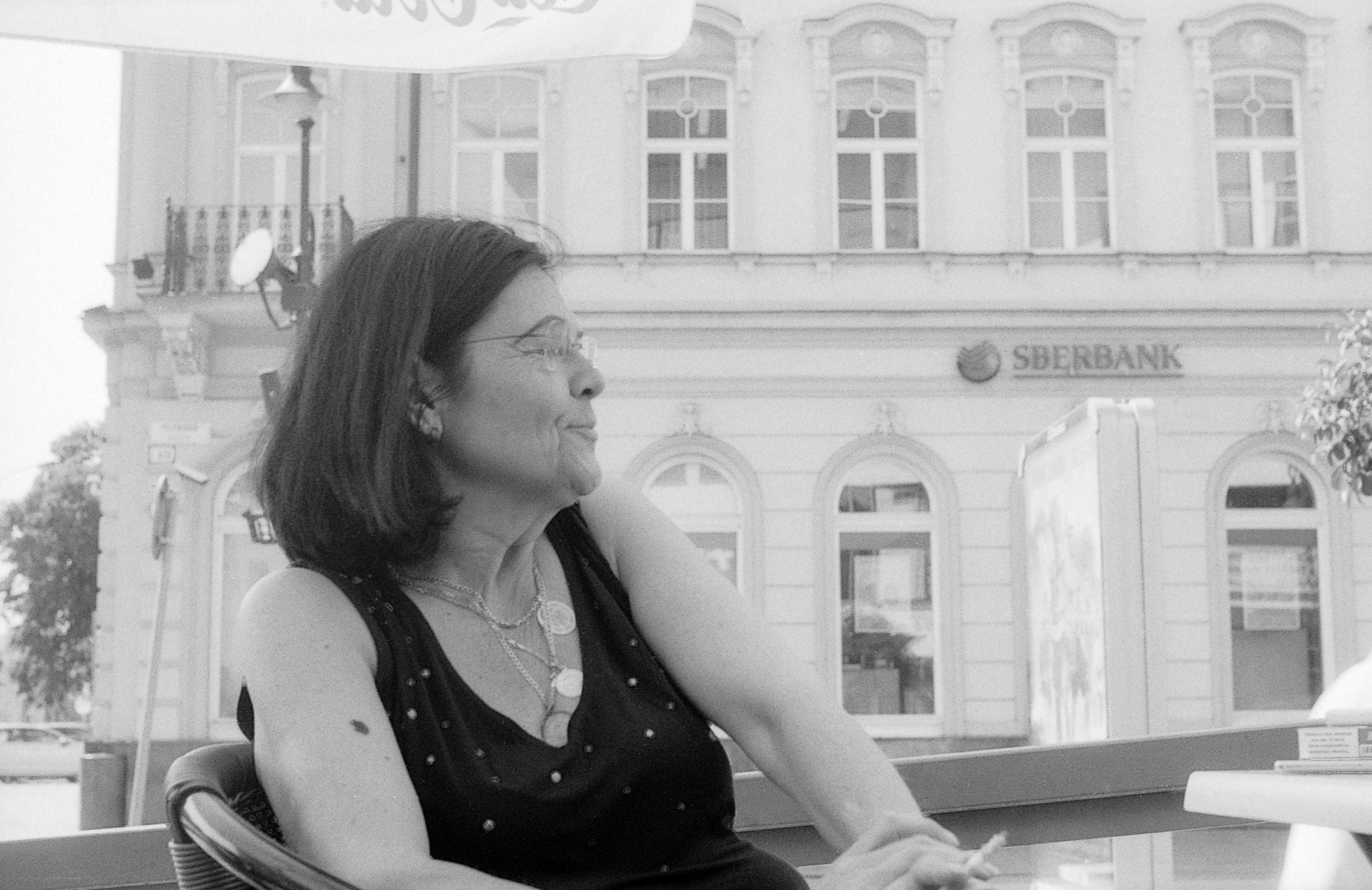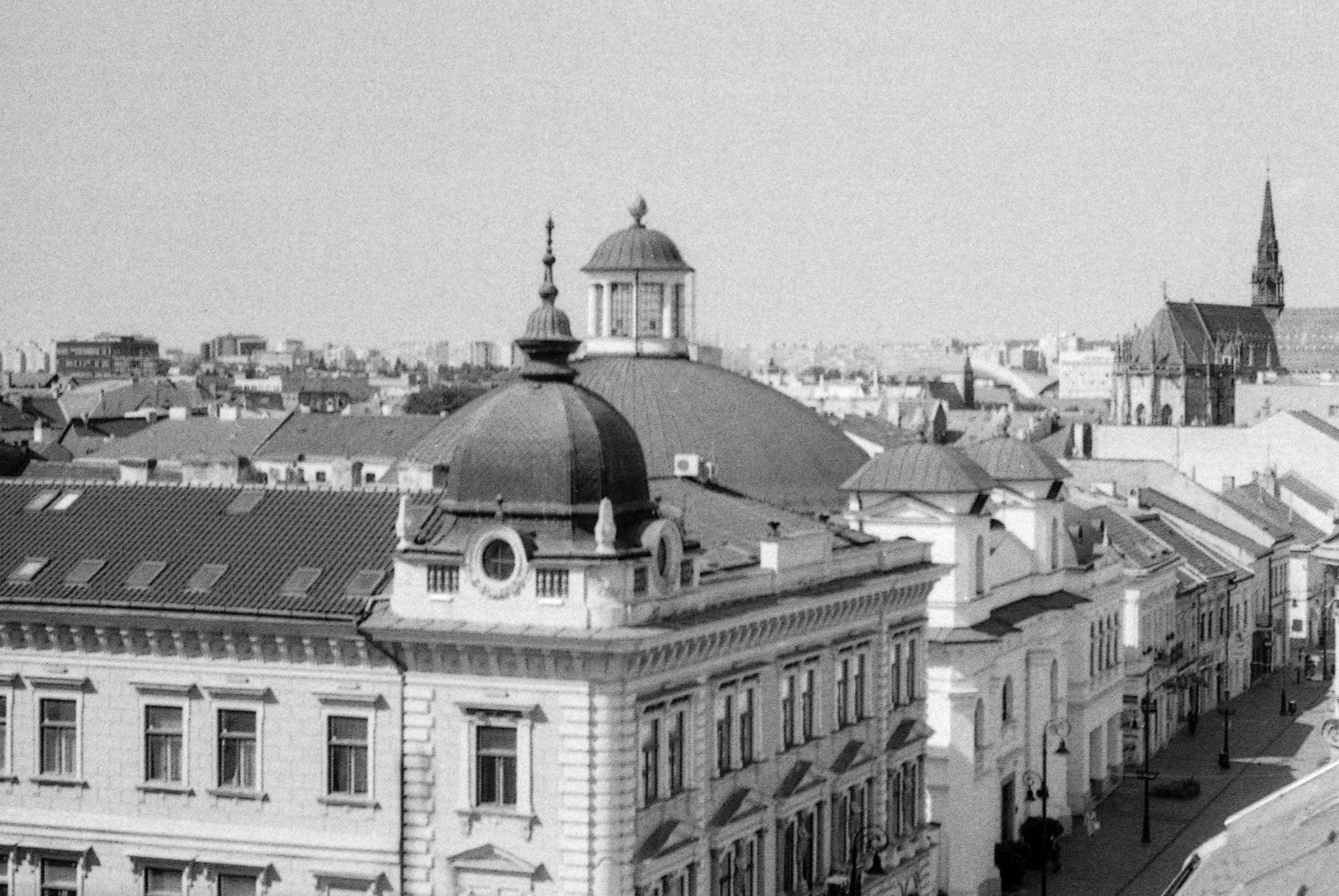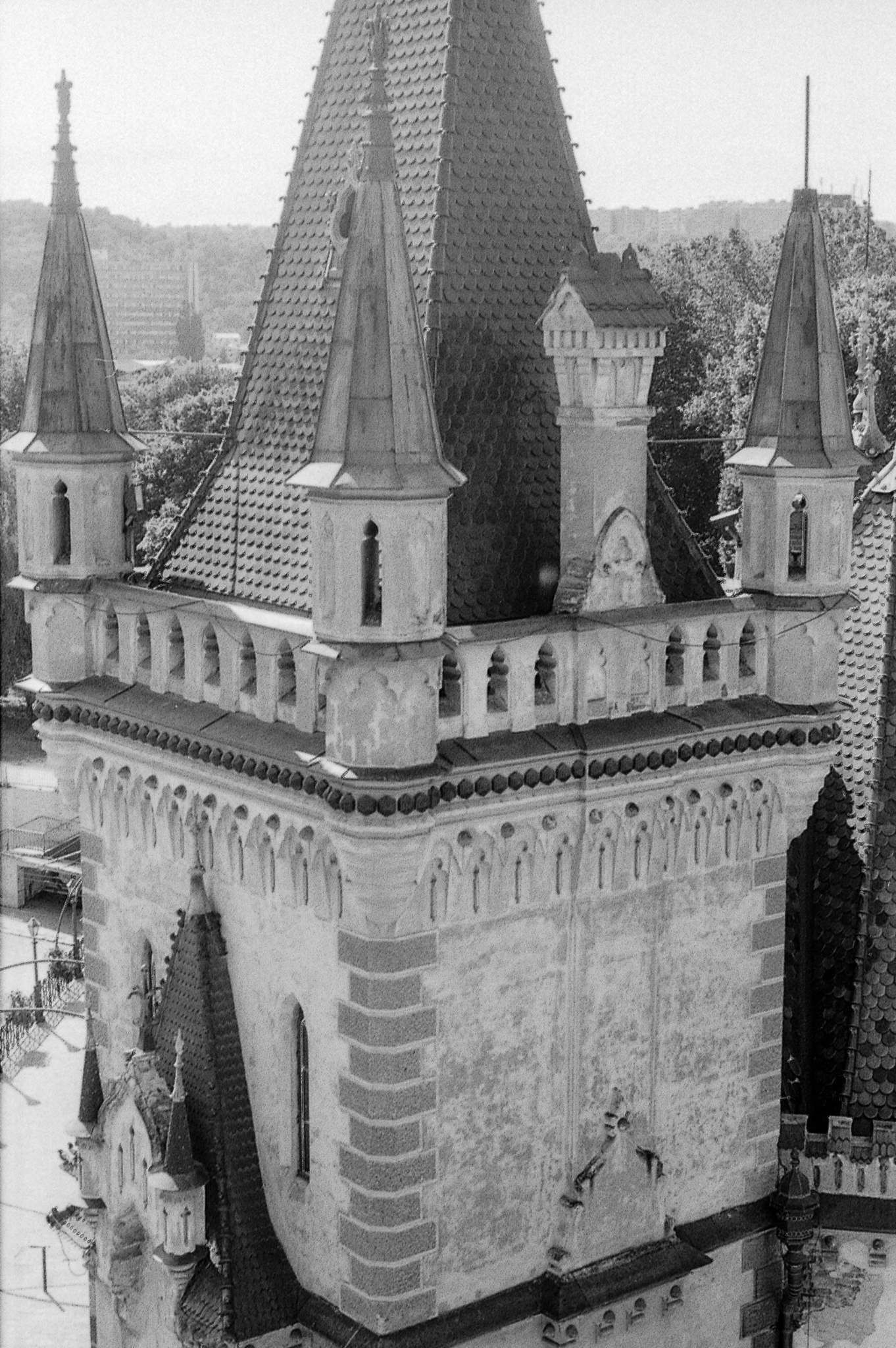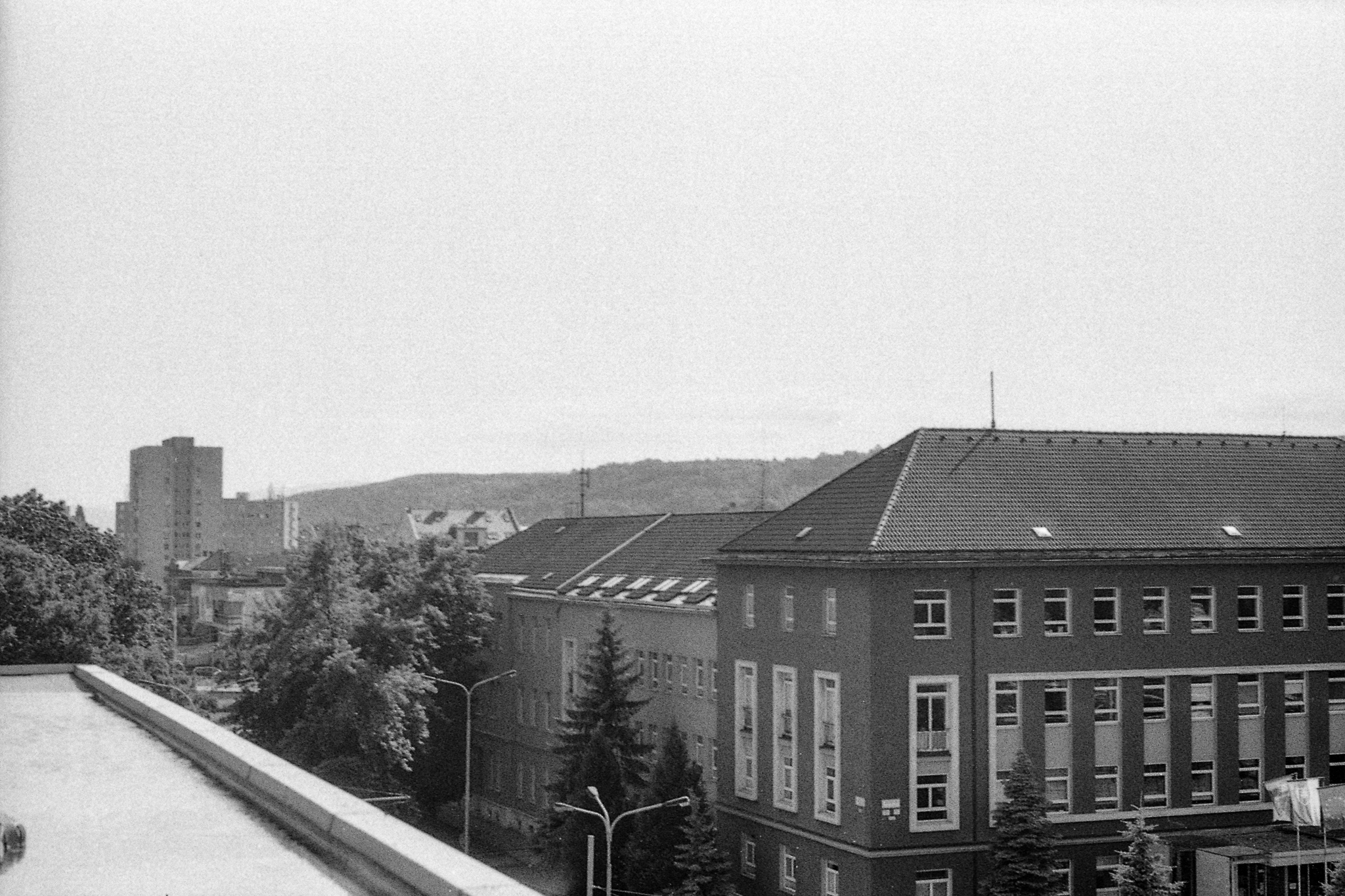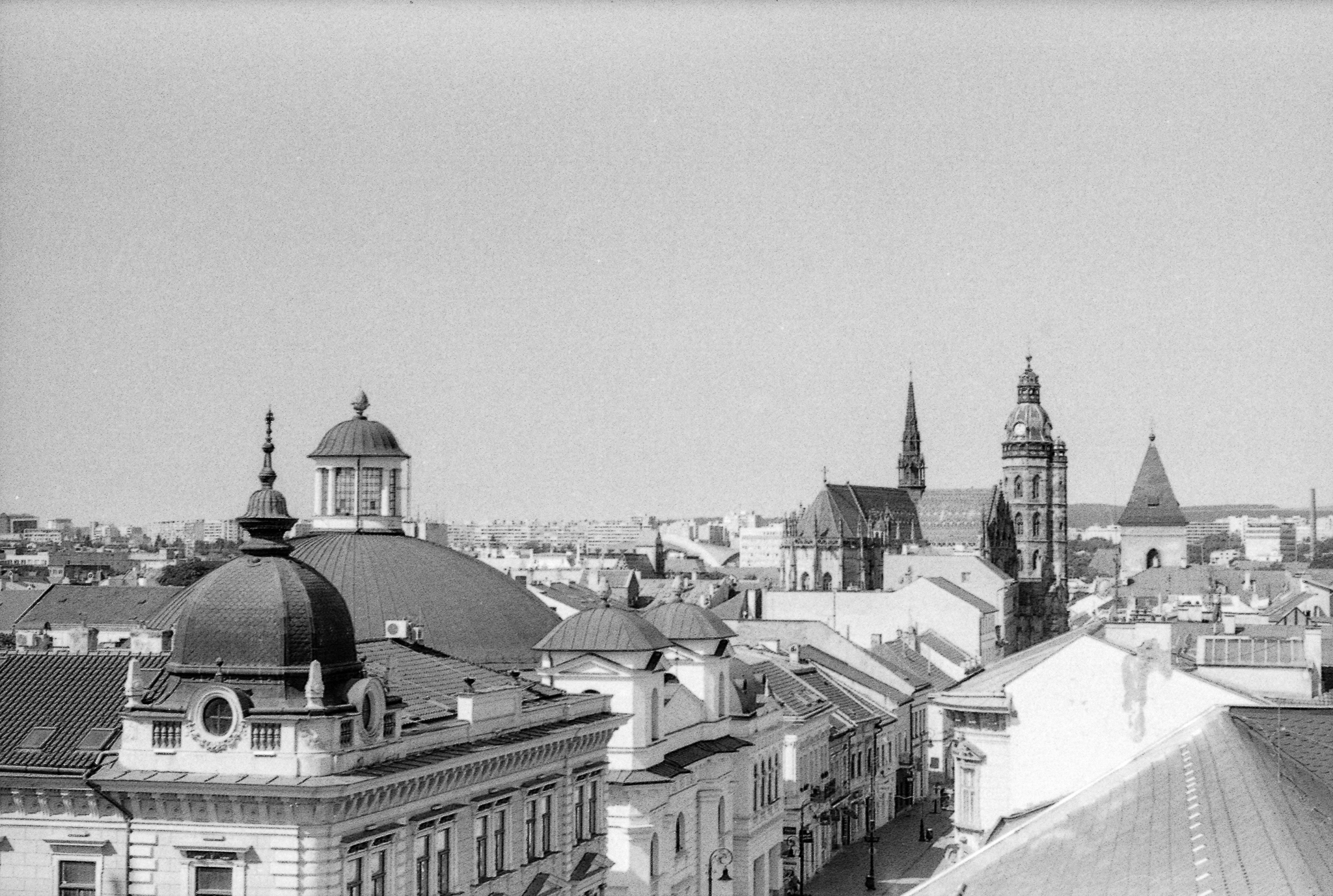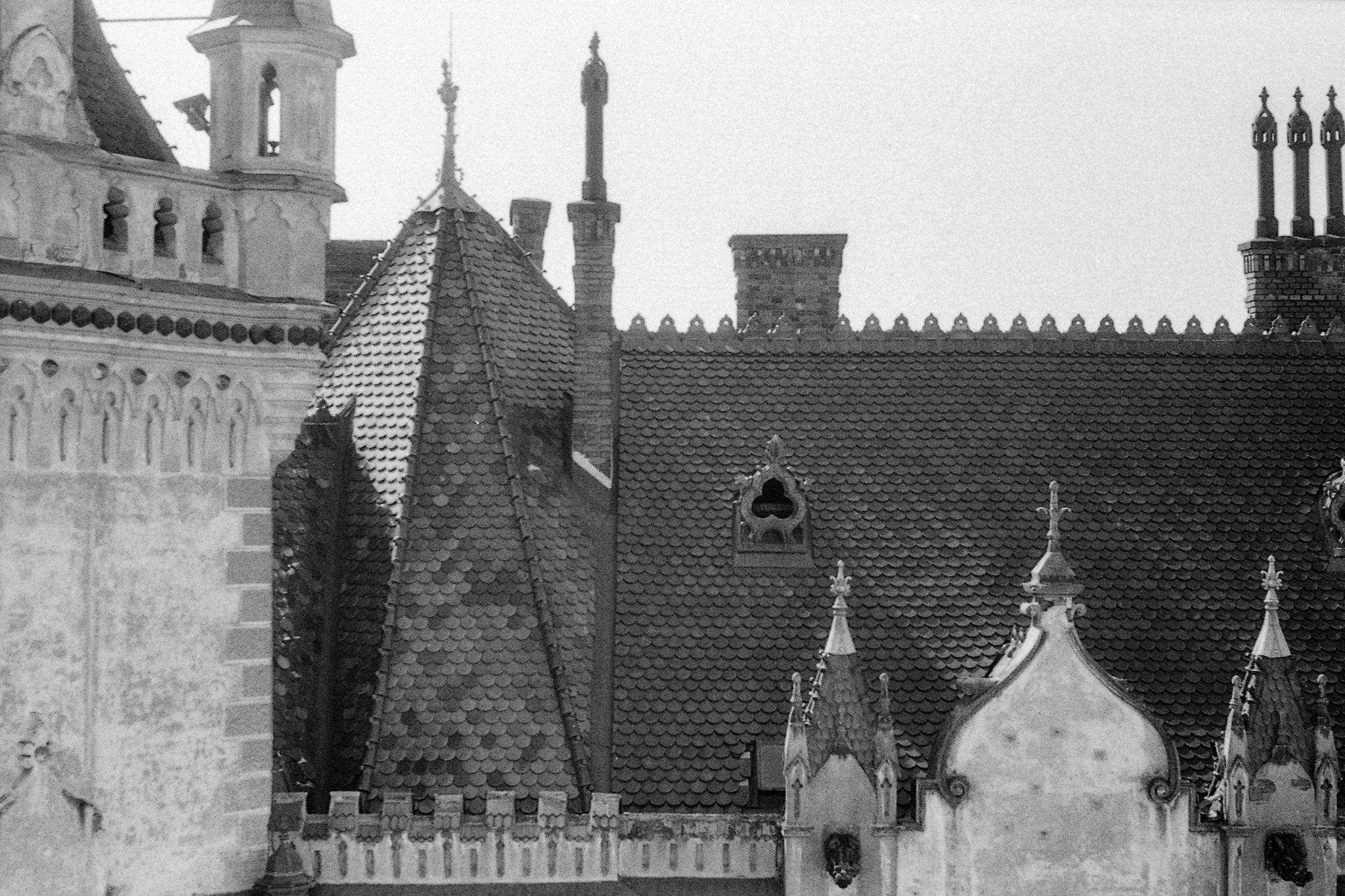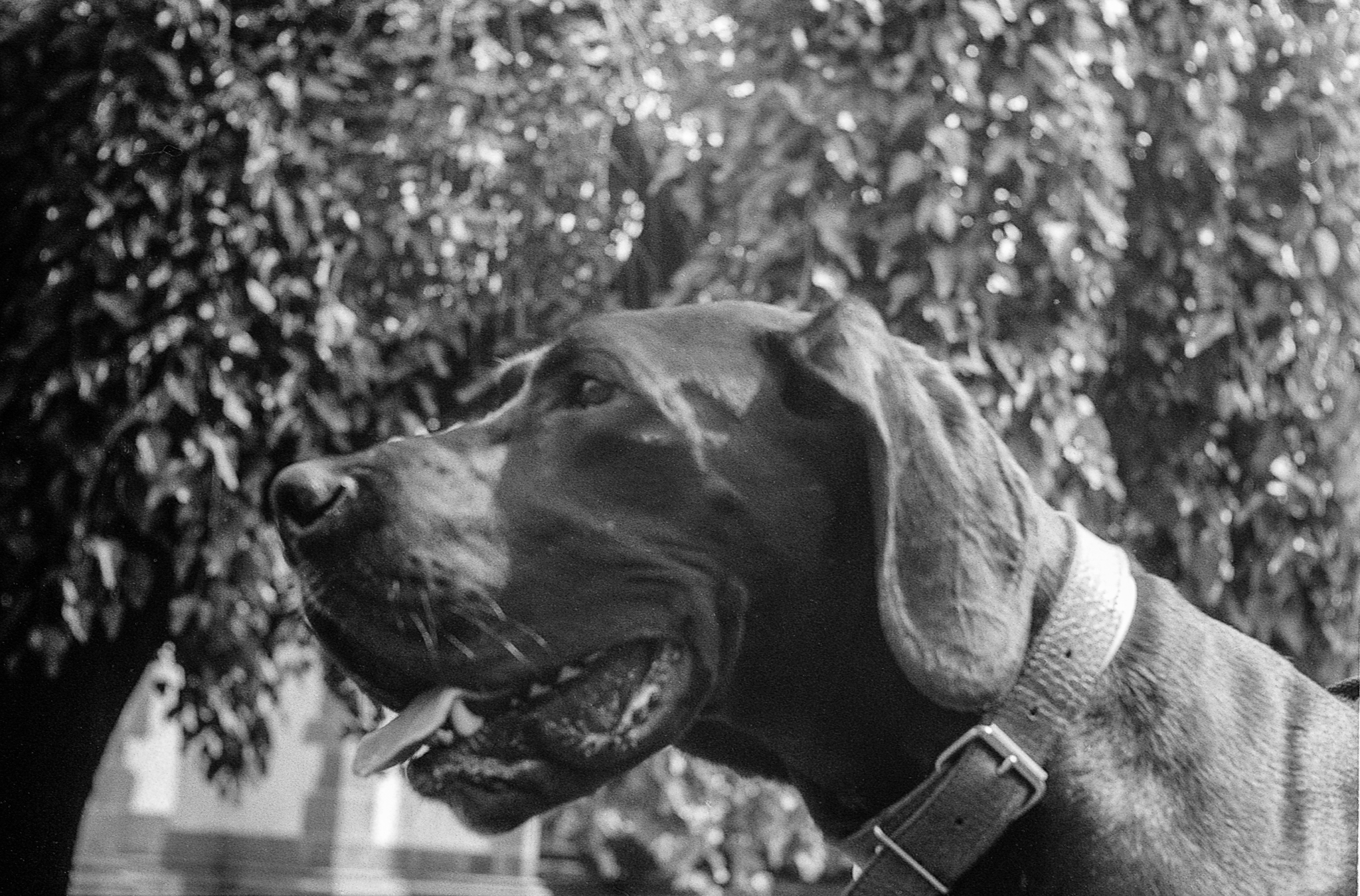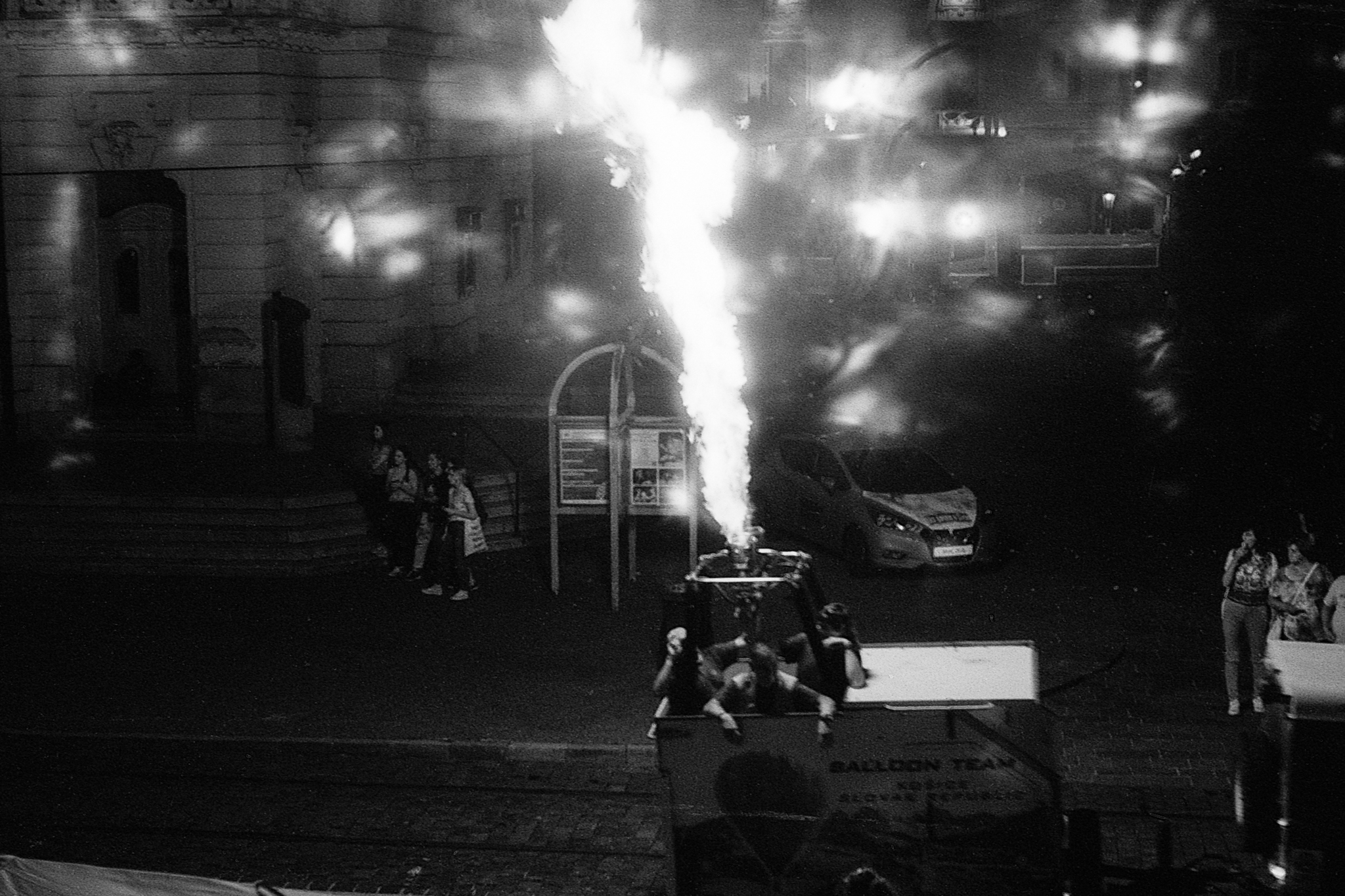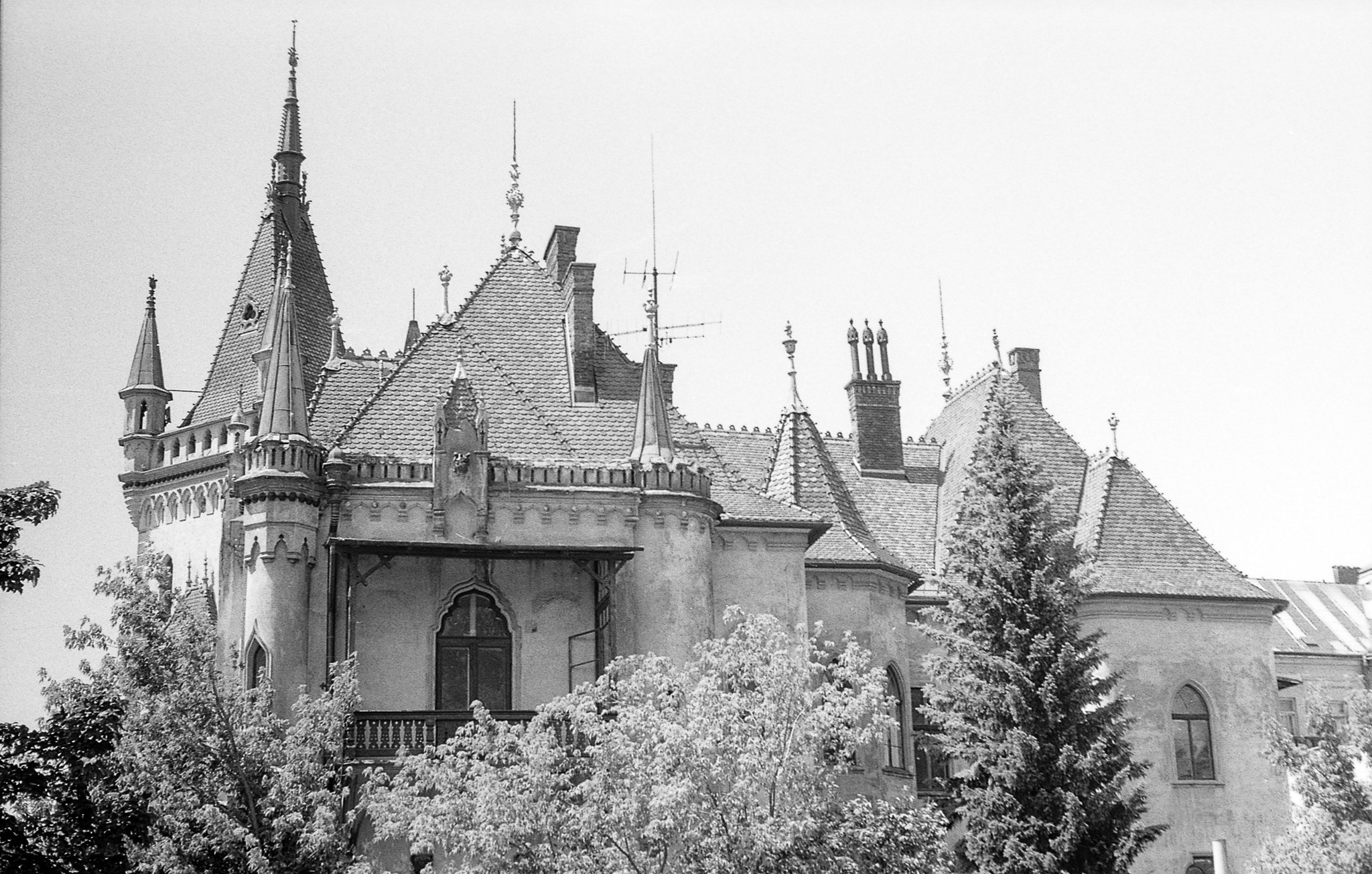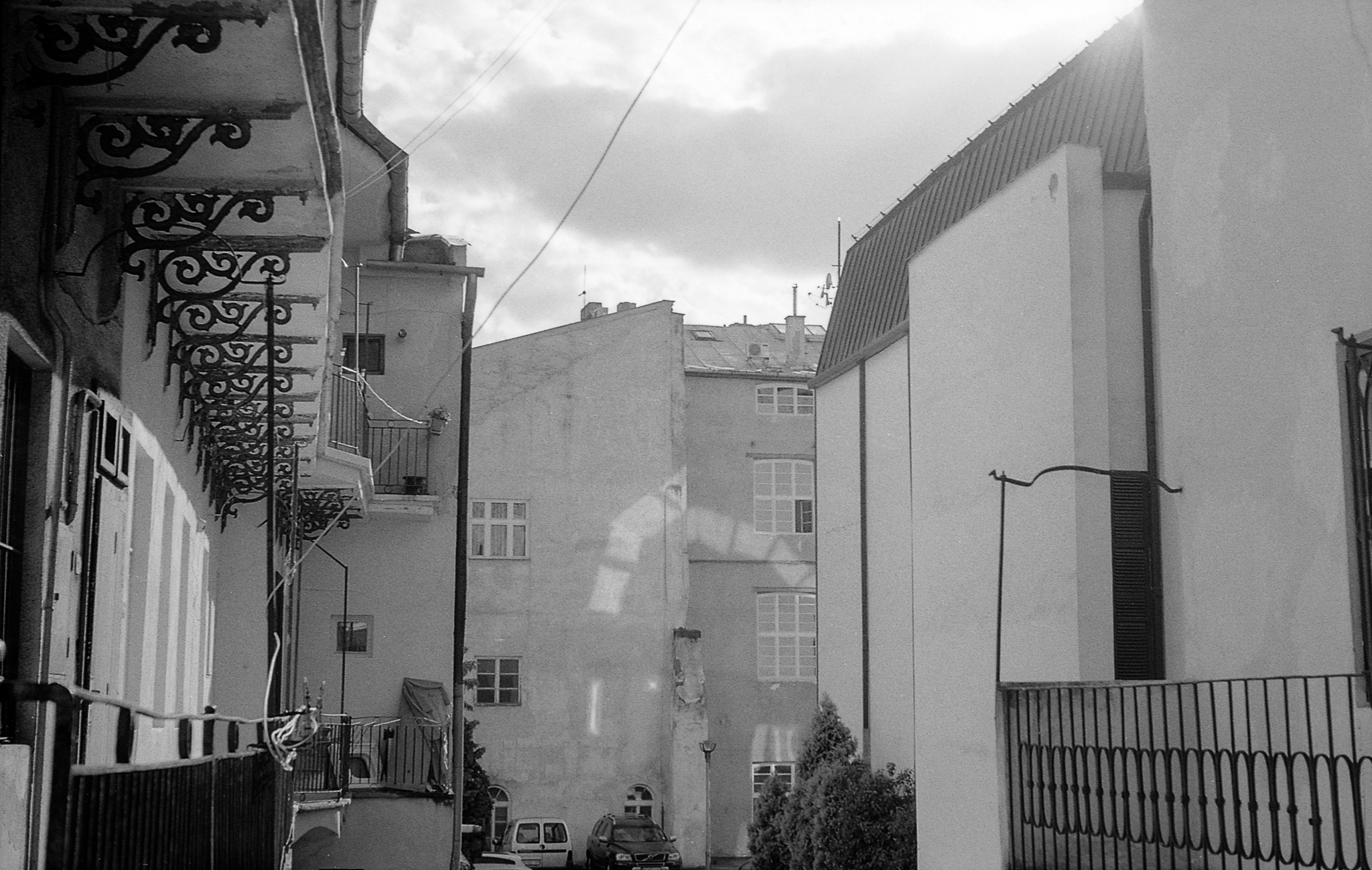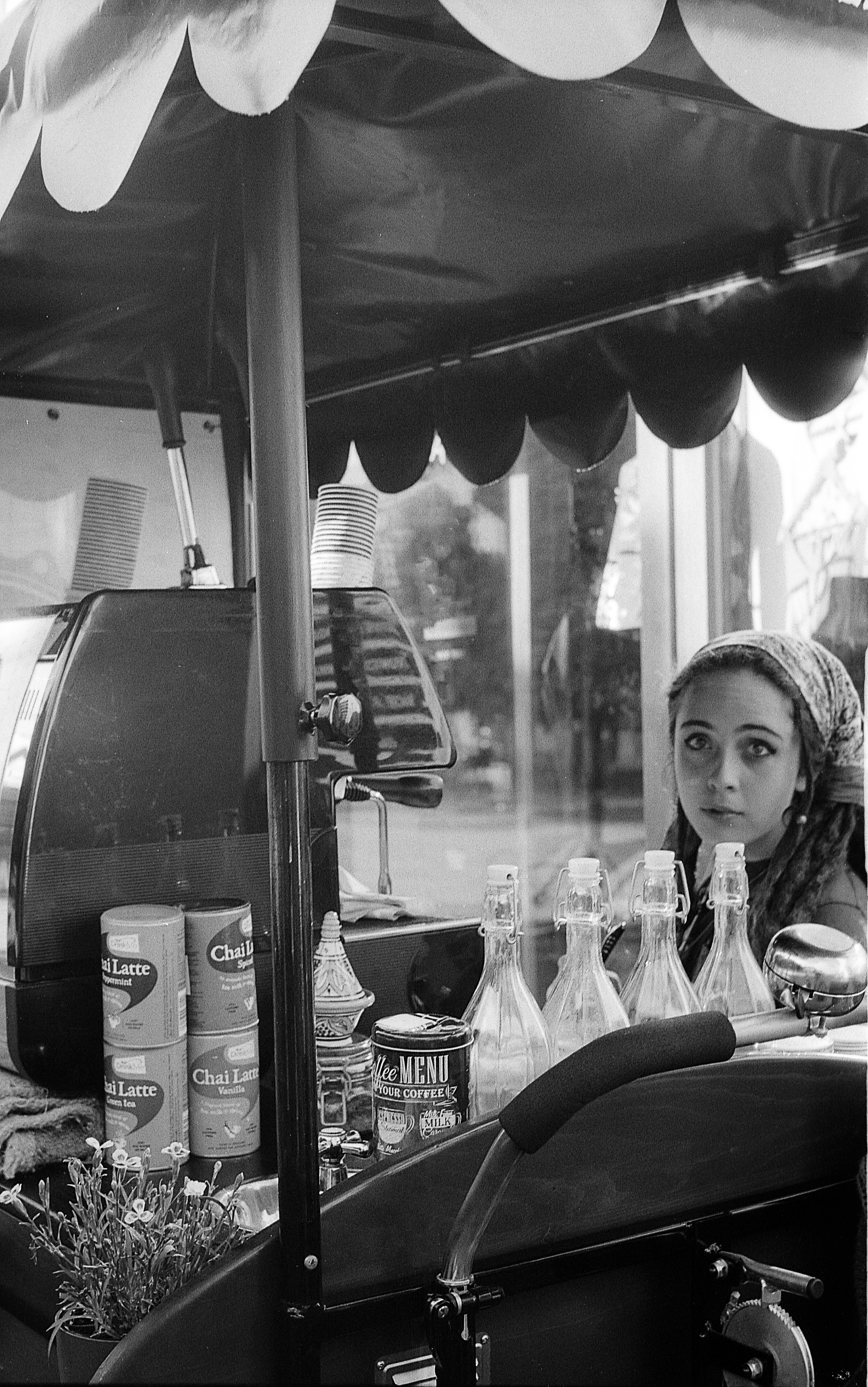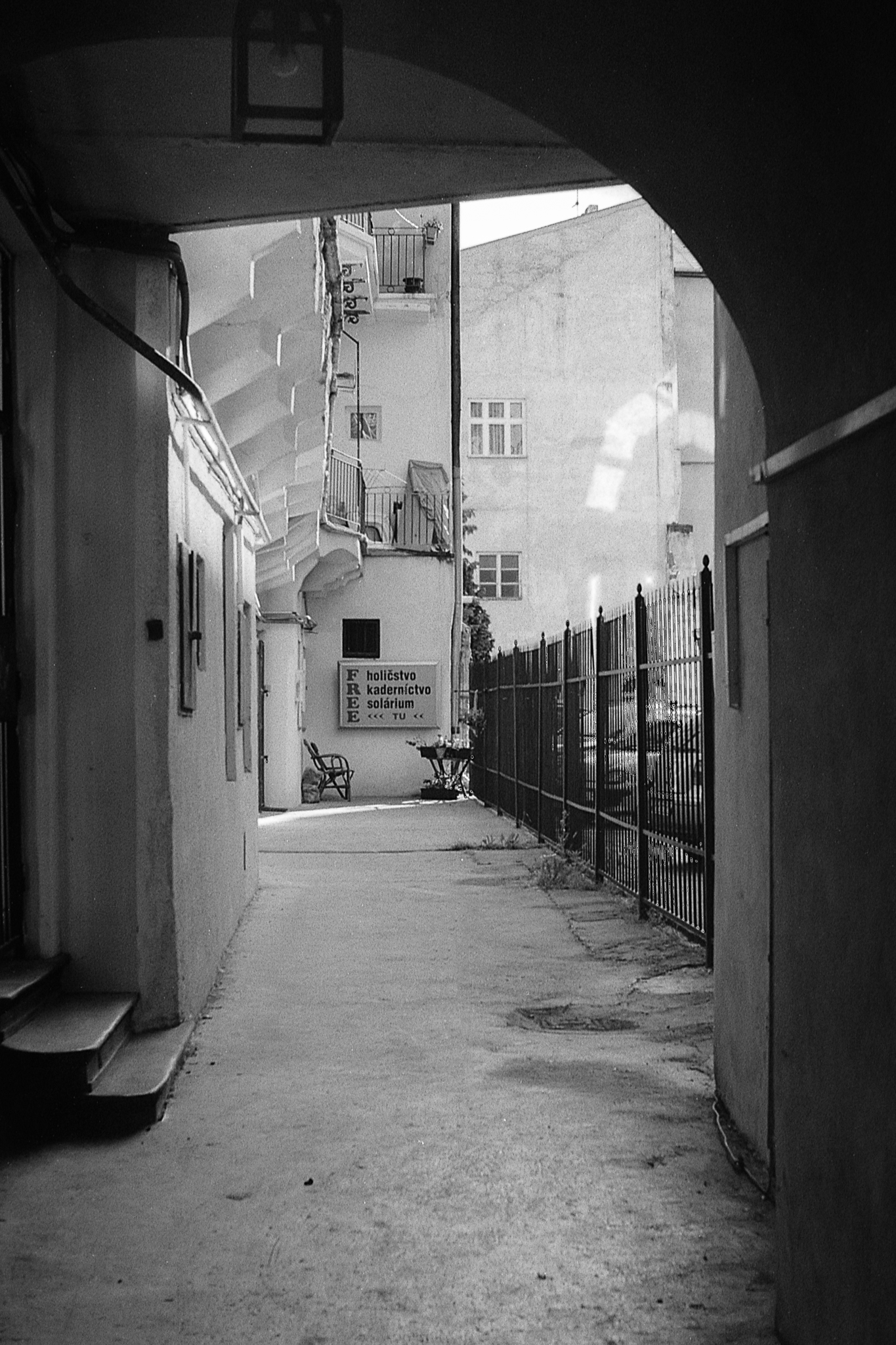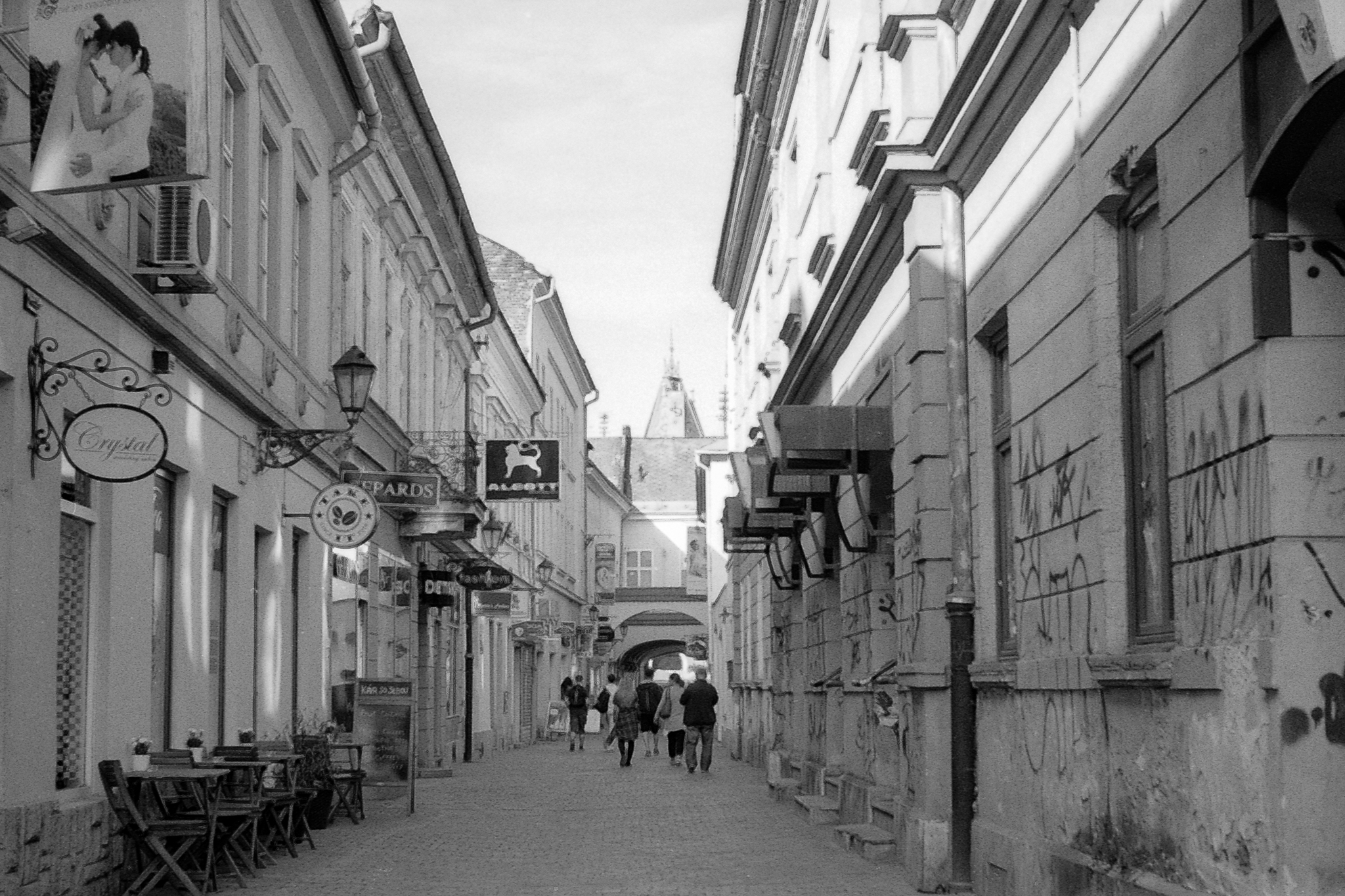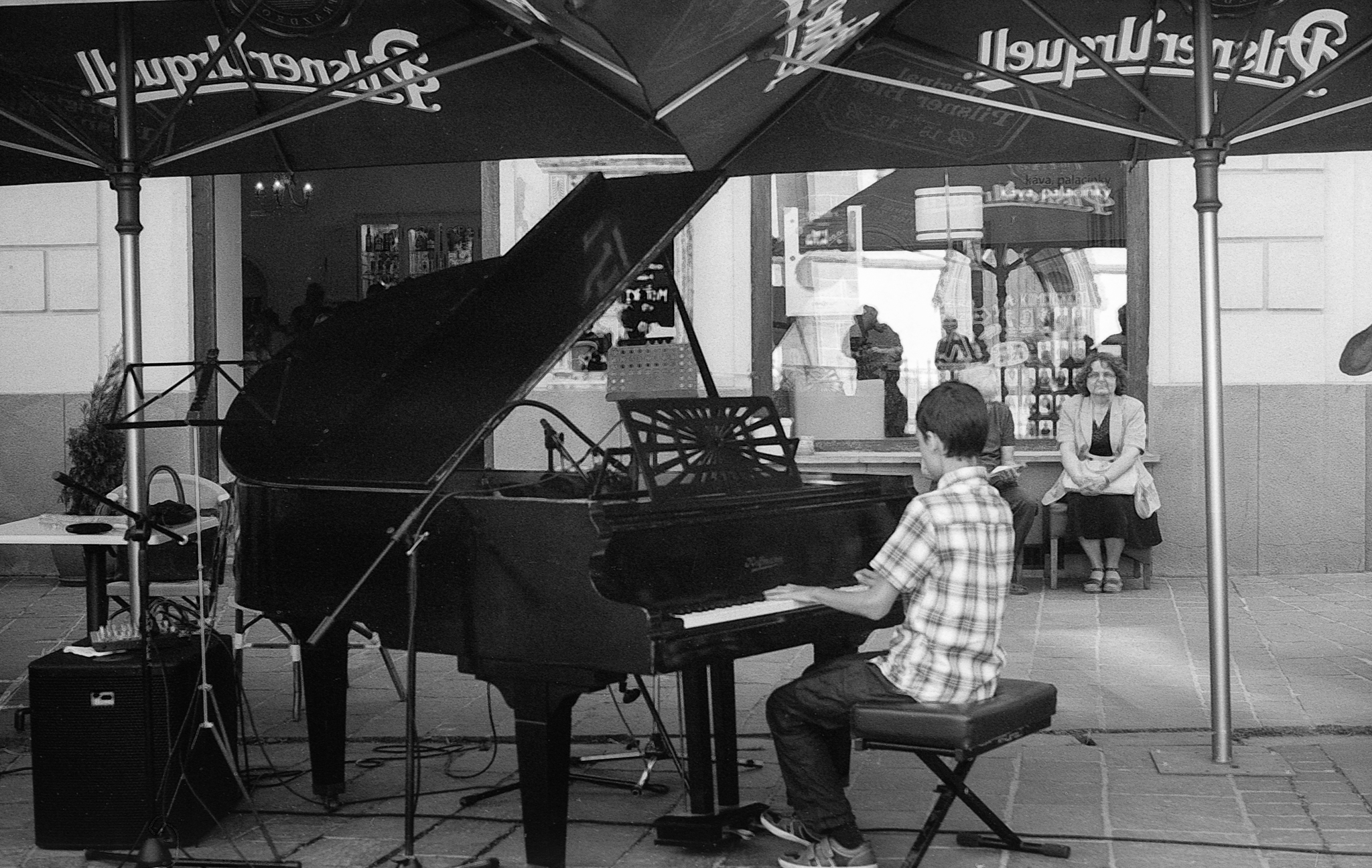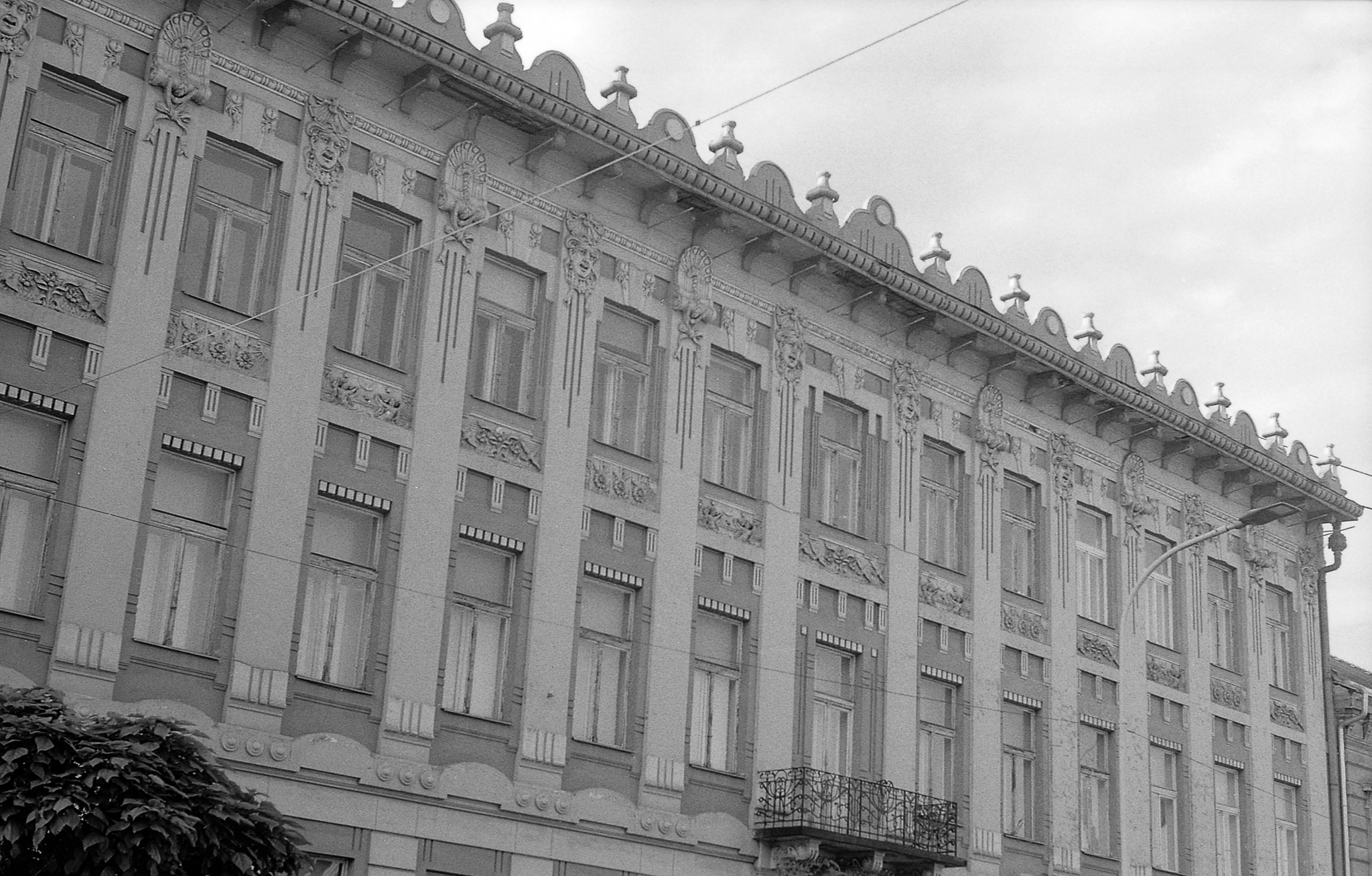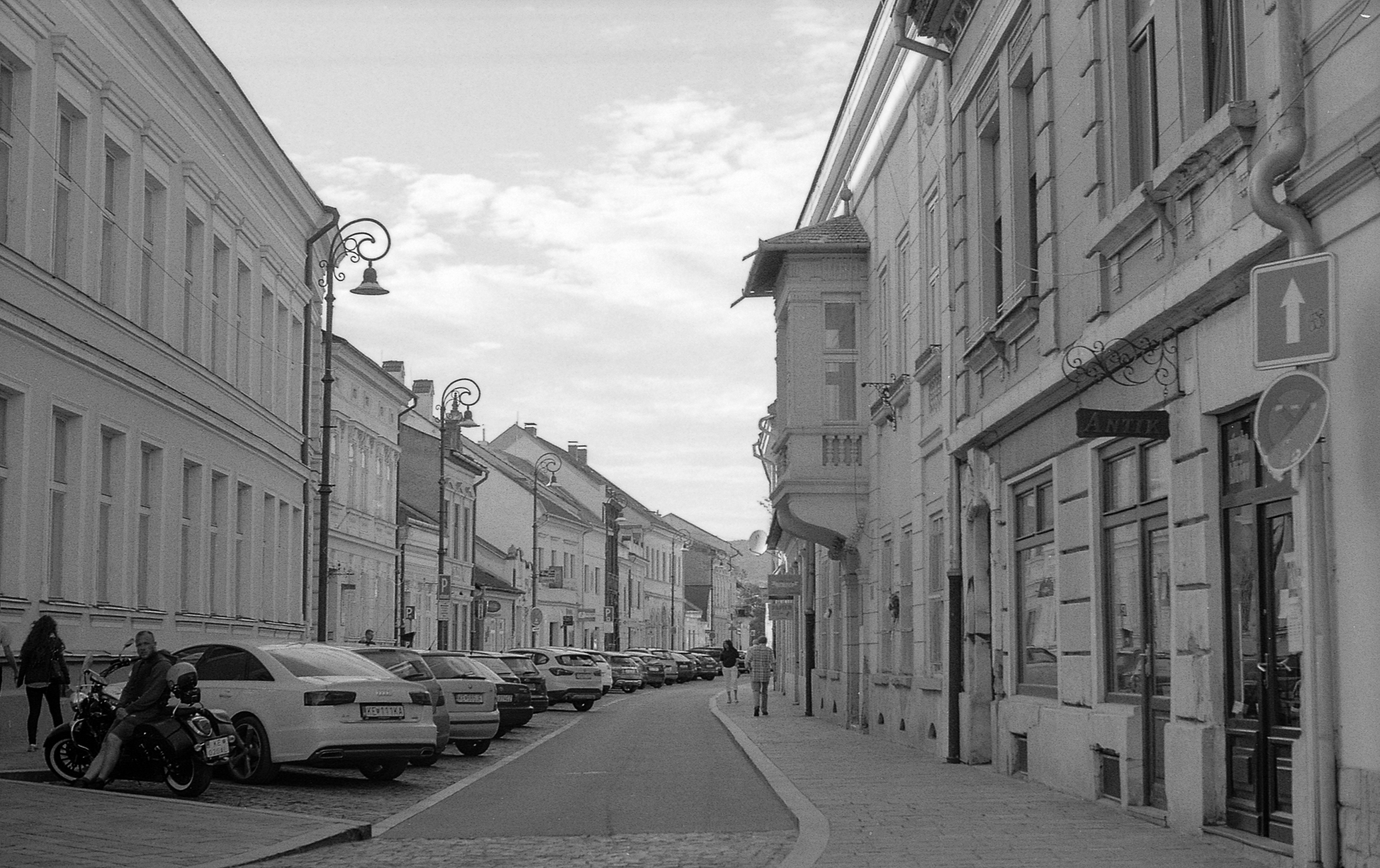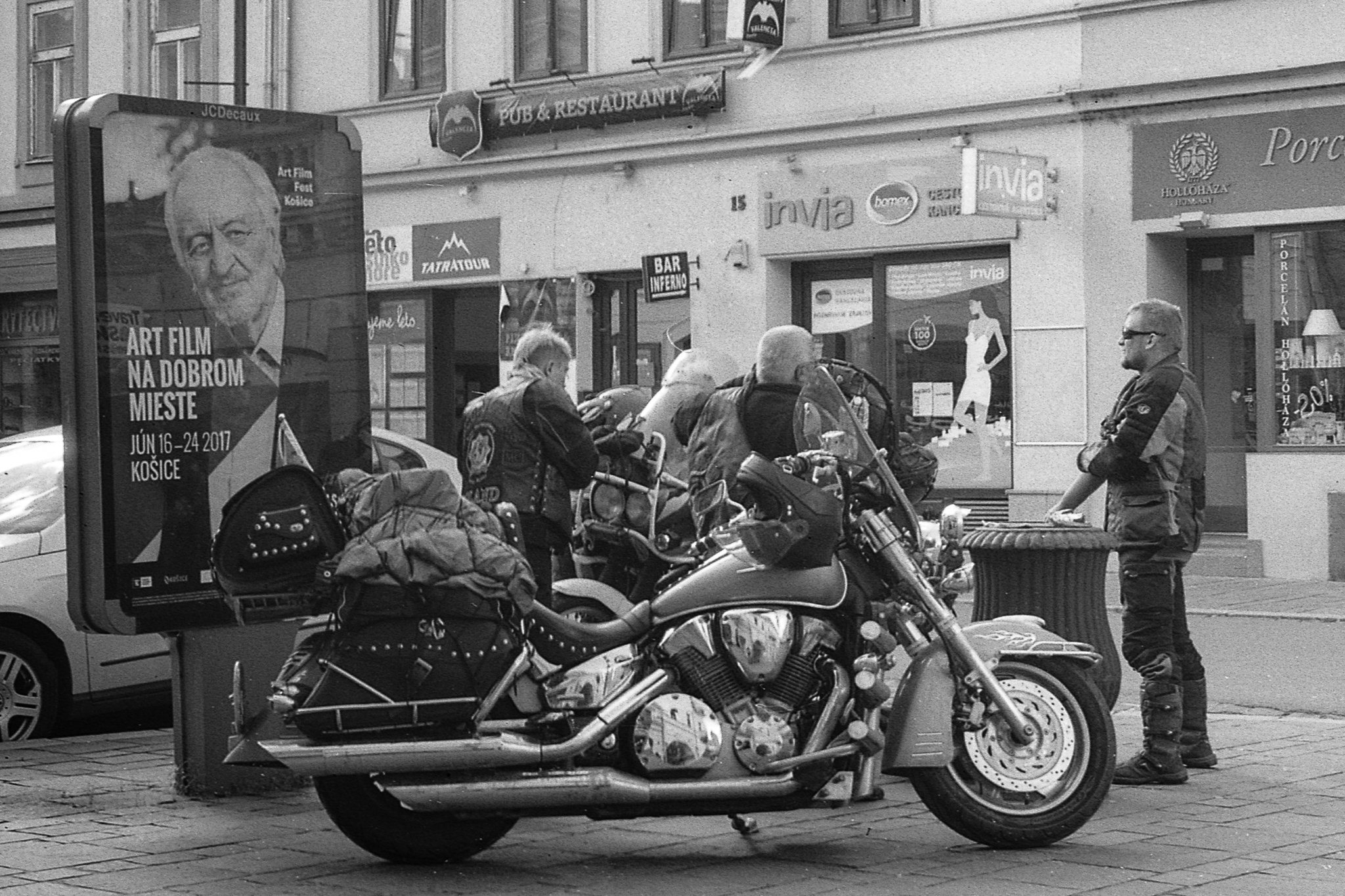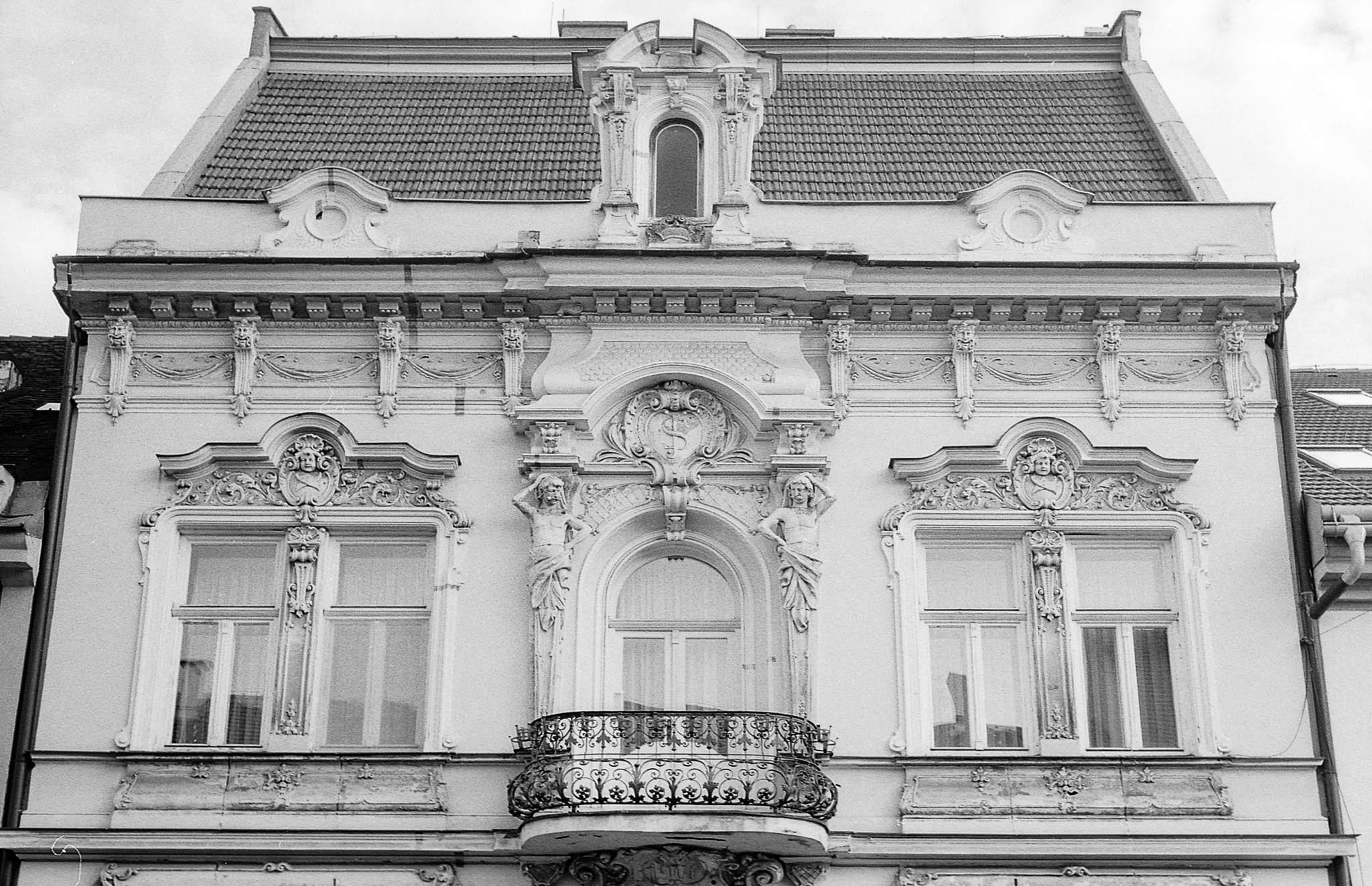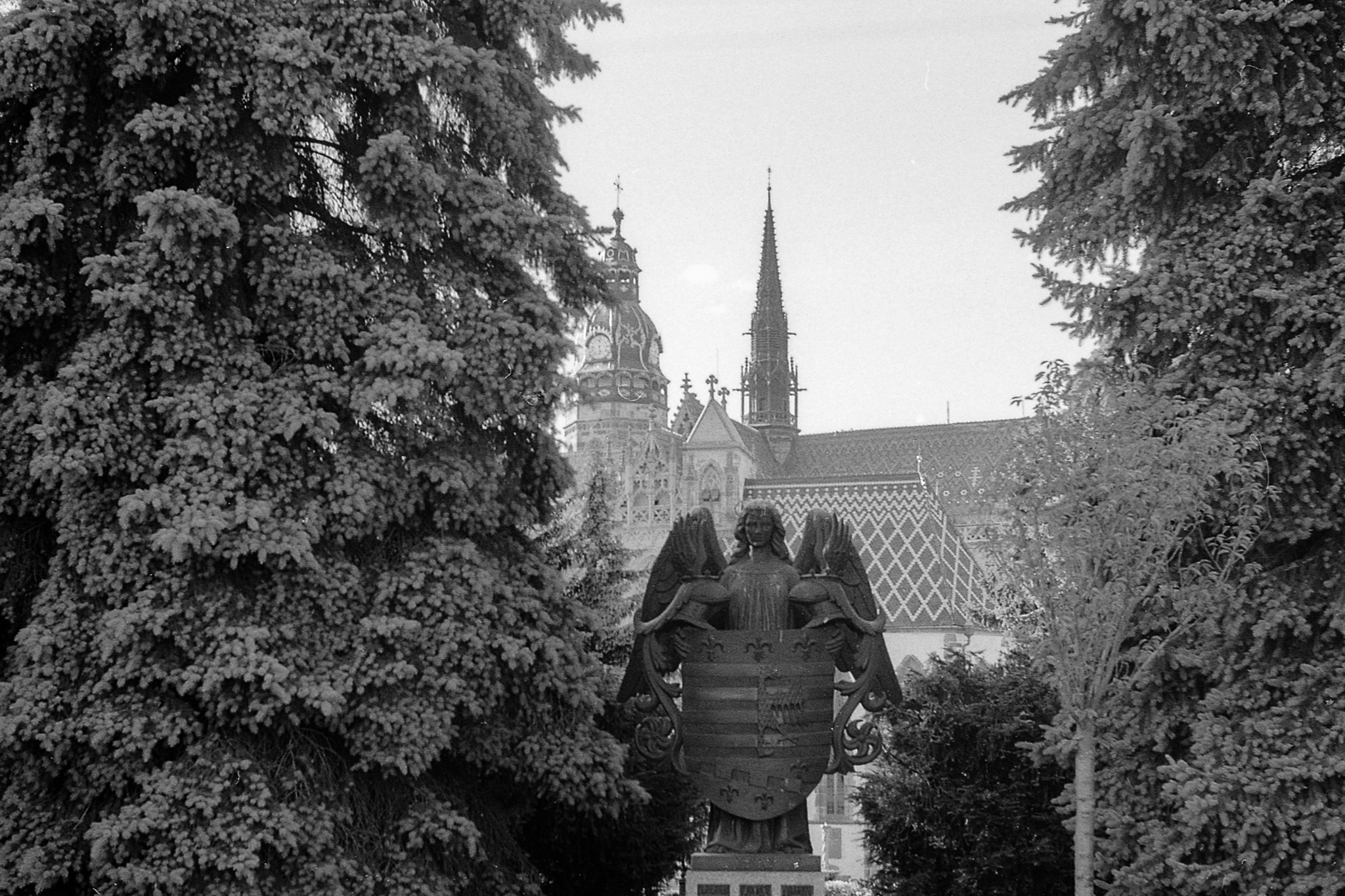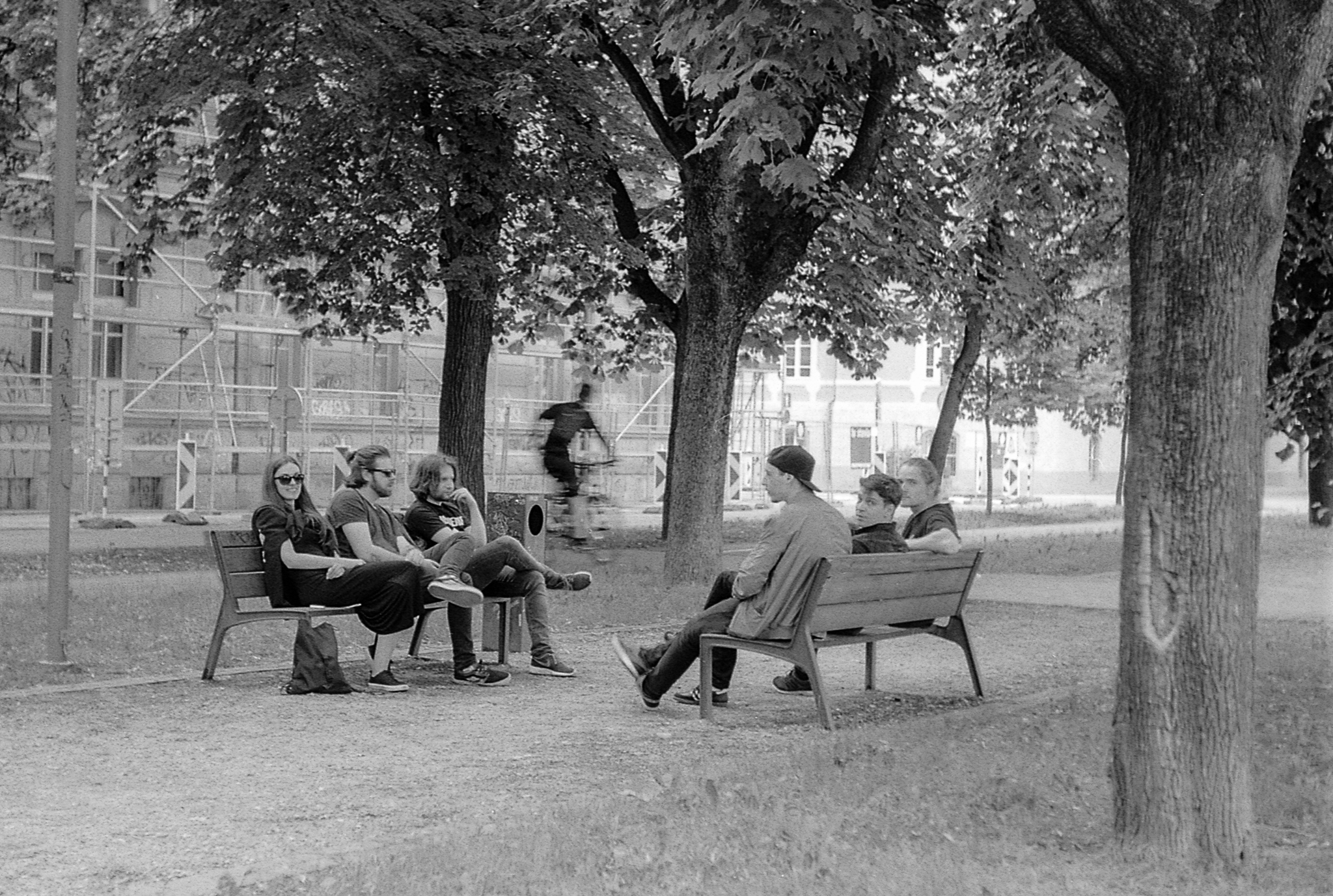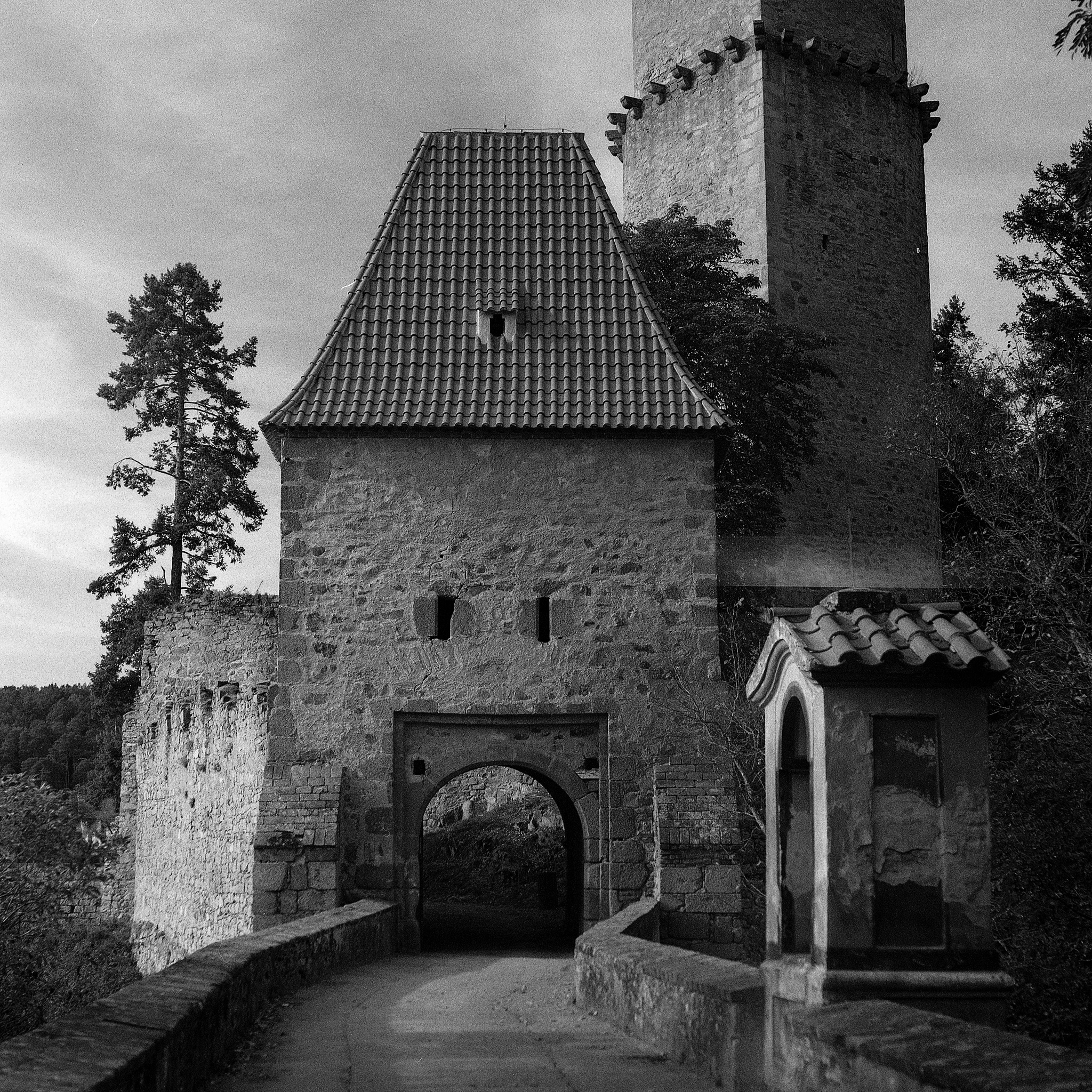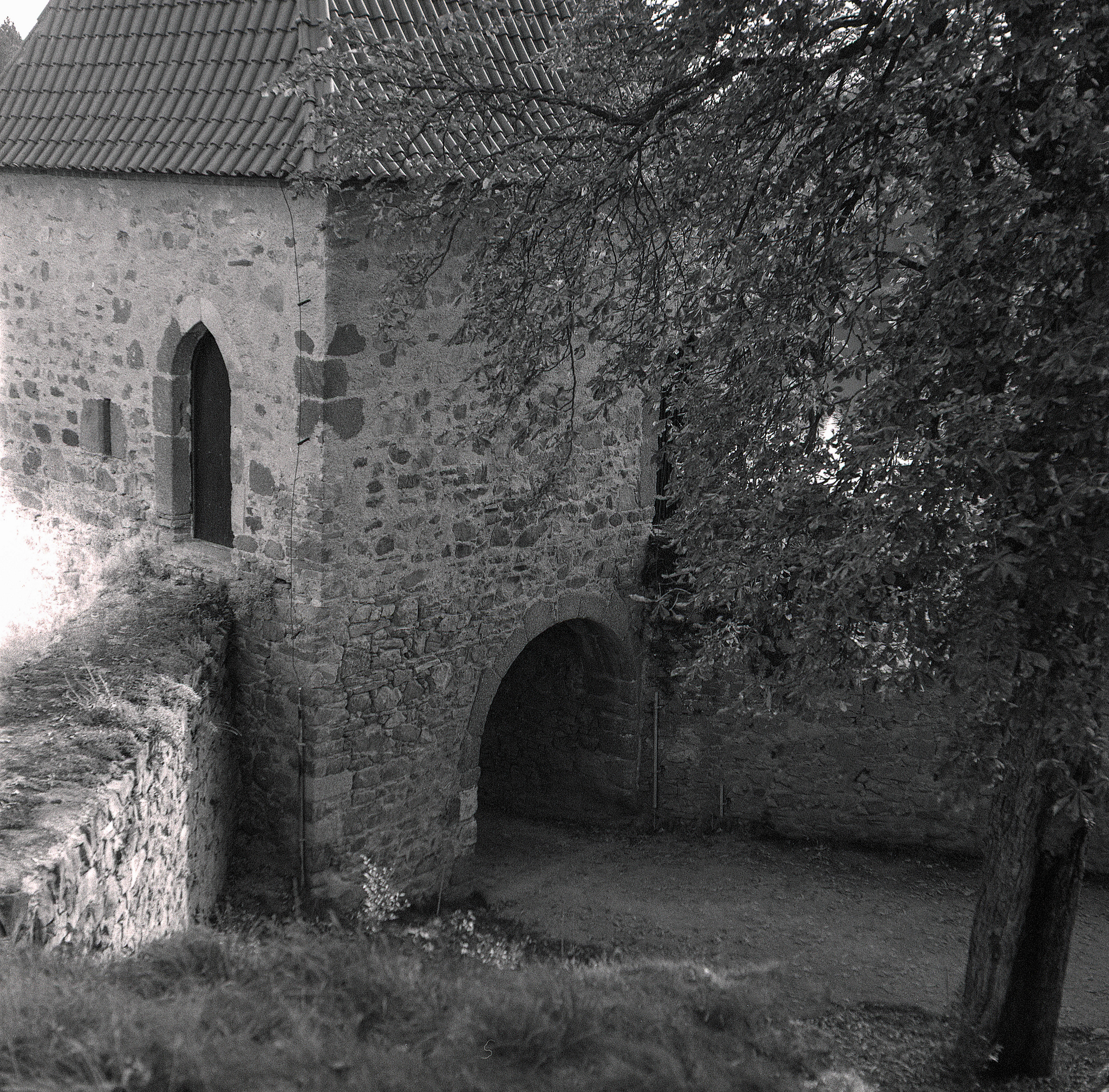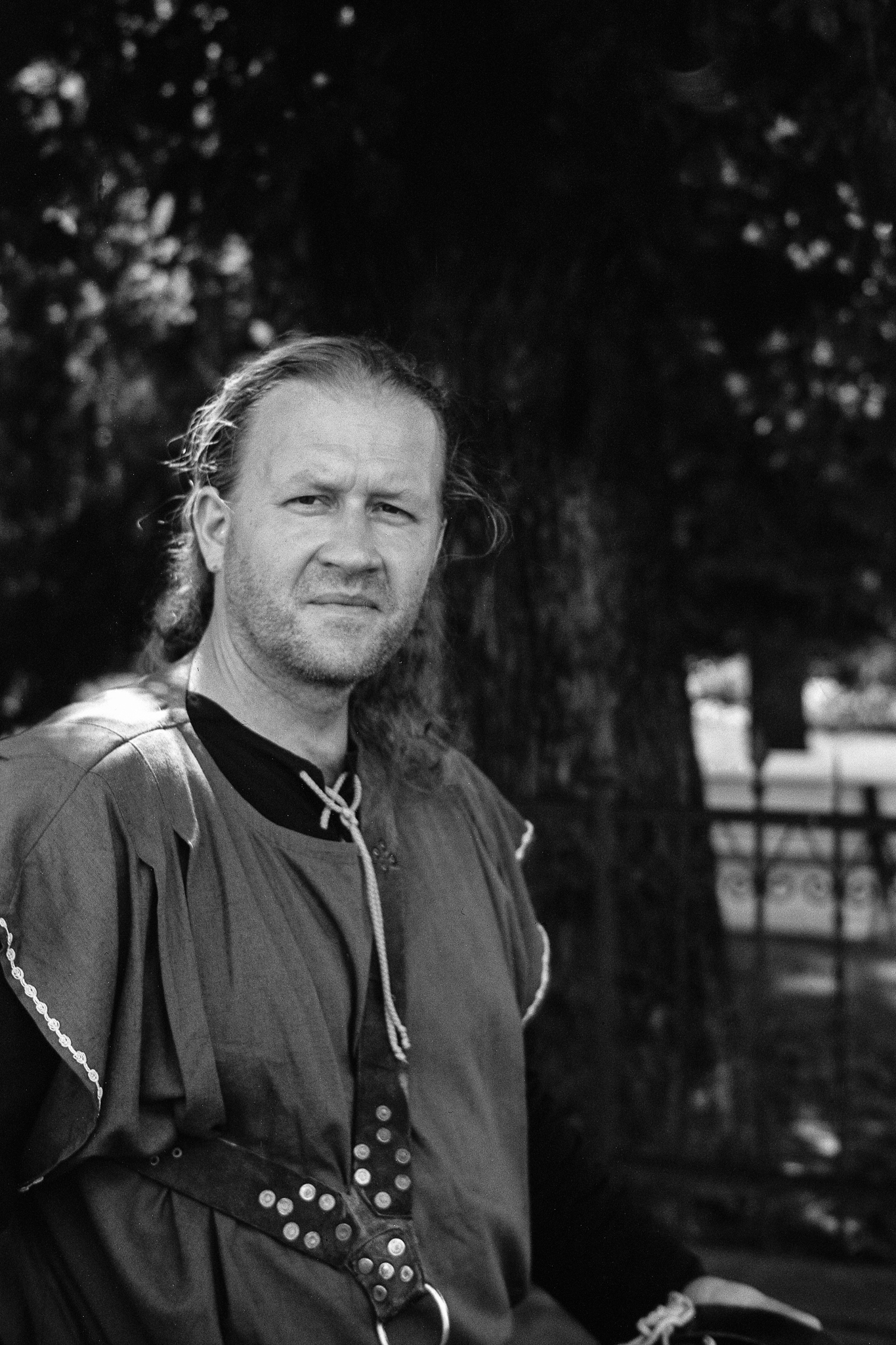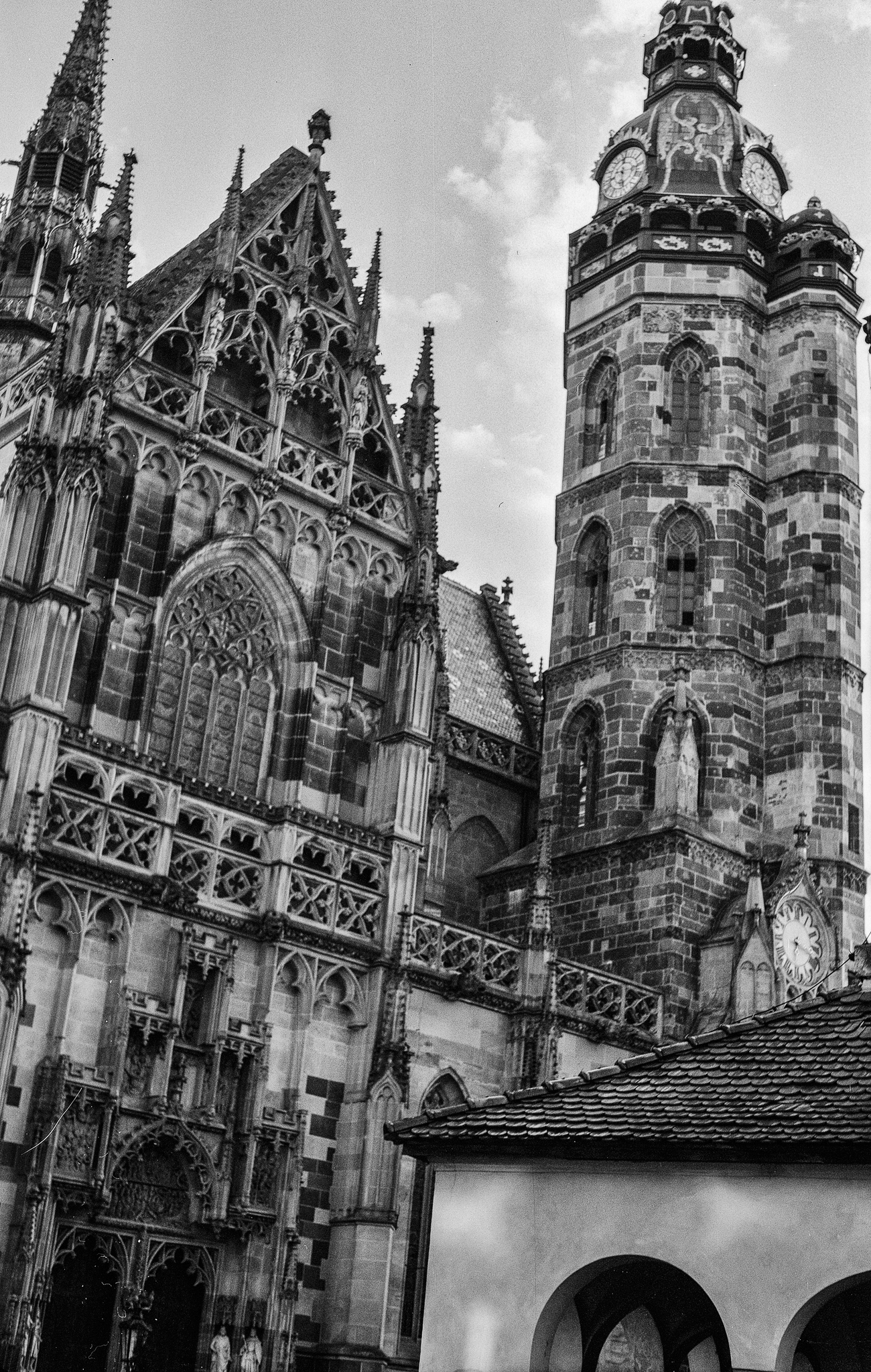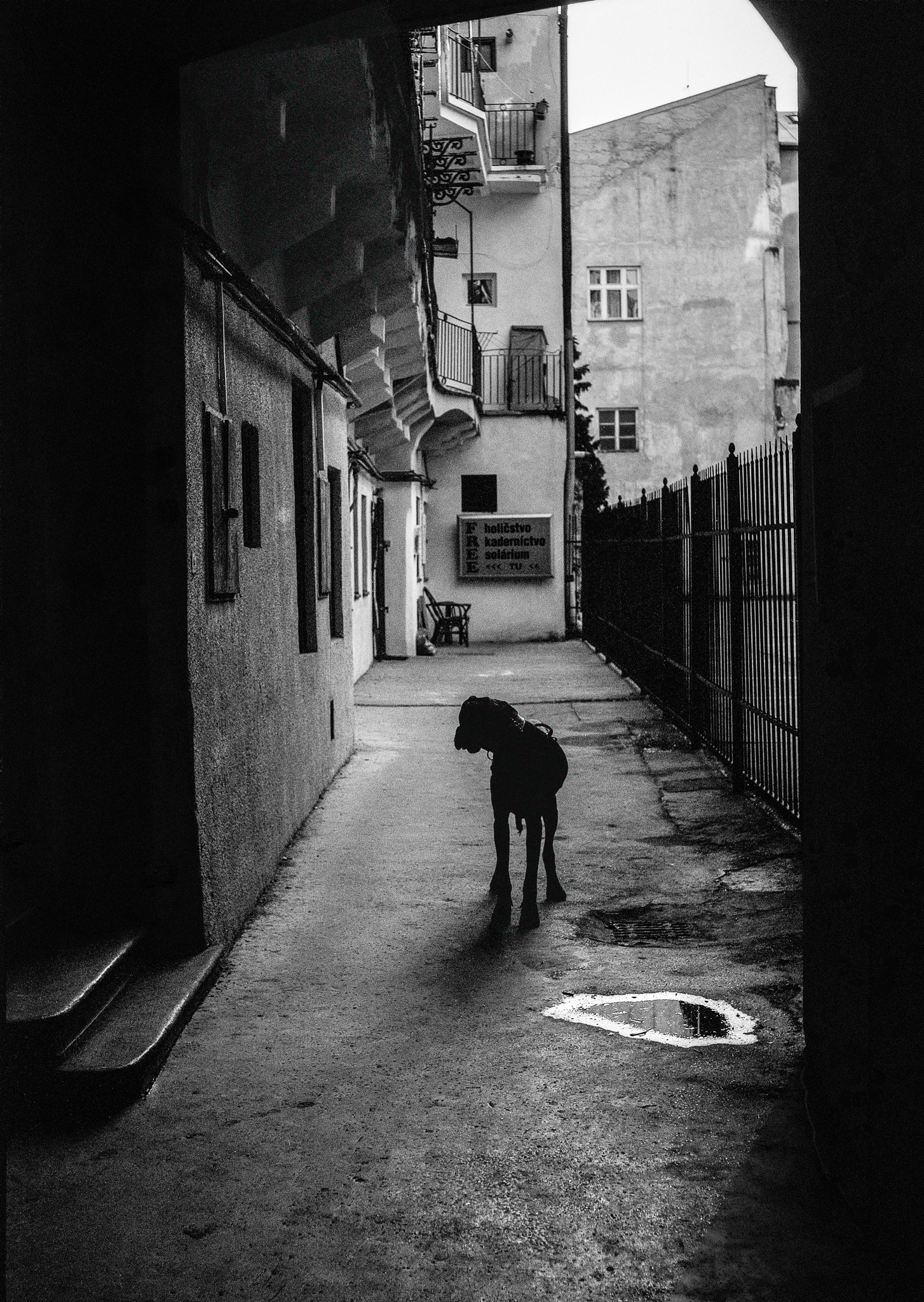 The digital camera industry has made the process of taking, proofing and publishing images more and more of a seamless experience. Photographers from 30 years ago would be amazed, not just at the quality of modern digital images, but in how it’s possible to see the image in camera, send it wirelessly to a laptop or phone for editing and then publish it within seconds of pressing the shutter. Given all of that, plus the convenience of effectively unlimited attempts to capture a scene, it might seem hard to build a case for shooting film in the modern world. But then, why do people still draw representative art when cameras exist? Sometimes the process is more interesting than the result.
The digital camera industry has made the process of taking, proofing and publishing images more and more of a seamless experience. Photographers from 30 years ago would be amazed, not just at the quality of modern digital images, but in how it’s possible to see the image in camera, send it wirelessly to a laptop or phone for editing and then publish it within seconds of pressing the shutter. Given all of that, plus the convenience of effectively unlimited attempts to capture a scene, it might seem hard to build a case for shooting film in the modern world. But then, why do people still draw representative art when cameras exist? Sometimes the process is more interesting than the result.
Somewhat counterintuitively, film cameras are in some ways less subject to obsolescence than digital bodies. As technology marches forwards, new digital cameras will be released with increasingly better sensors, image processors, control firmware and all-round performance. Even a top of the range camera will eventually get to the point where it is so far behind the current curve that an upgrade is a no-brainer. That’s if it’s still working at all of course, the very delicate shutters on digital cameras are generally good for 50-150,000 actuations depending and there are a host of very fragile linkages and cables that will fail eventually. By contrast, an analogue camera gets a new sensor every time you load new film. While progress has slowed, film manufacturers are still producing new emulsions and formulations. You can put modern film in a very old camera and get the same image quality as from a more modern camera, the main factor will be the sharpness of the lens rather than the attributes of the body that it’s attached to. I regularly shoot with cameras that are 50-60 years old, the mechanical parts are still perfectly functioning. I can’t imagine that my DSLR will still be usable in 2060.
While it’s true that for some purposes film is still technically superior (such as large format landscape photography) or where the digital equivalent is prohibitively expensive (such as medium format), realistically there are few technical reasons not to shoot digital. Instead I shoot film because the process is more interesting to me than for digital. For a start, there is a restriction on analogue shooting; you only have as many shots as you have frames of film. This limits you and requires you to think more carefully about each shot. Particularly with medium format film where there are only eight or twelve shots per roll, you must be far more selective about the shots you take and think much more carefully about the scene.
Then there’s the mechanics of taking the shot. With my DSLR, I’m often lazy and take a shot without checking the settings, then quickly preview it to see if it looks about right. Often I forget that I’m shooting at a high ISO even outside in bright sunshine or that my lens is wide open so nothing except a thin slice of the scene is in focus. With analogue cameras, you don’t have the luxury of instant preview. You won’t know if it was correctly set up until you’ve developed the film, so you need to be far stricter with shutter discipline. Every setting needs to be checked off. Most of my cameras don’t have TTL metering, and many don’t have any metering at all so there’s an additional step of determining the exposure as well as simply checking that you have sane settings for shutter speed and aperture. Mostly I tend to guess the exposure even on cameras with a lightmeter – it’s not so hard in most daylight conditions and film is quite forgiving as far as dynamic range is concerned.
So, I’m immediately far more engaged in the act of taking a photo with an analogue camera than with a digital one. Then, there’s the process that follows. I develop my own black and white film and have my colour rolls developed by a local lab. Eventually, I shall probably get a temperature control bath and develop it all myself. I use a developing tank so that I don’t need a darkroom and, every time I pull a newly developed roll off the reel to see the pictures for the first time, it’s a rush.


